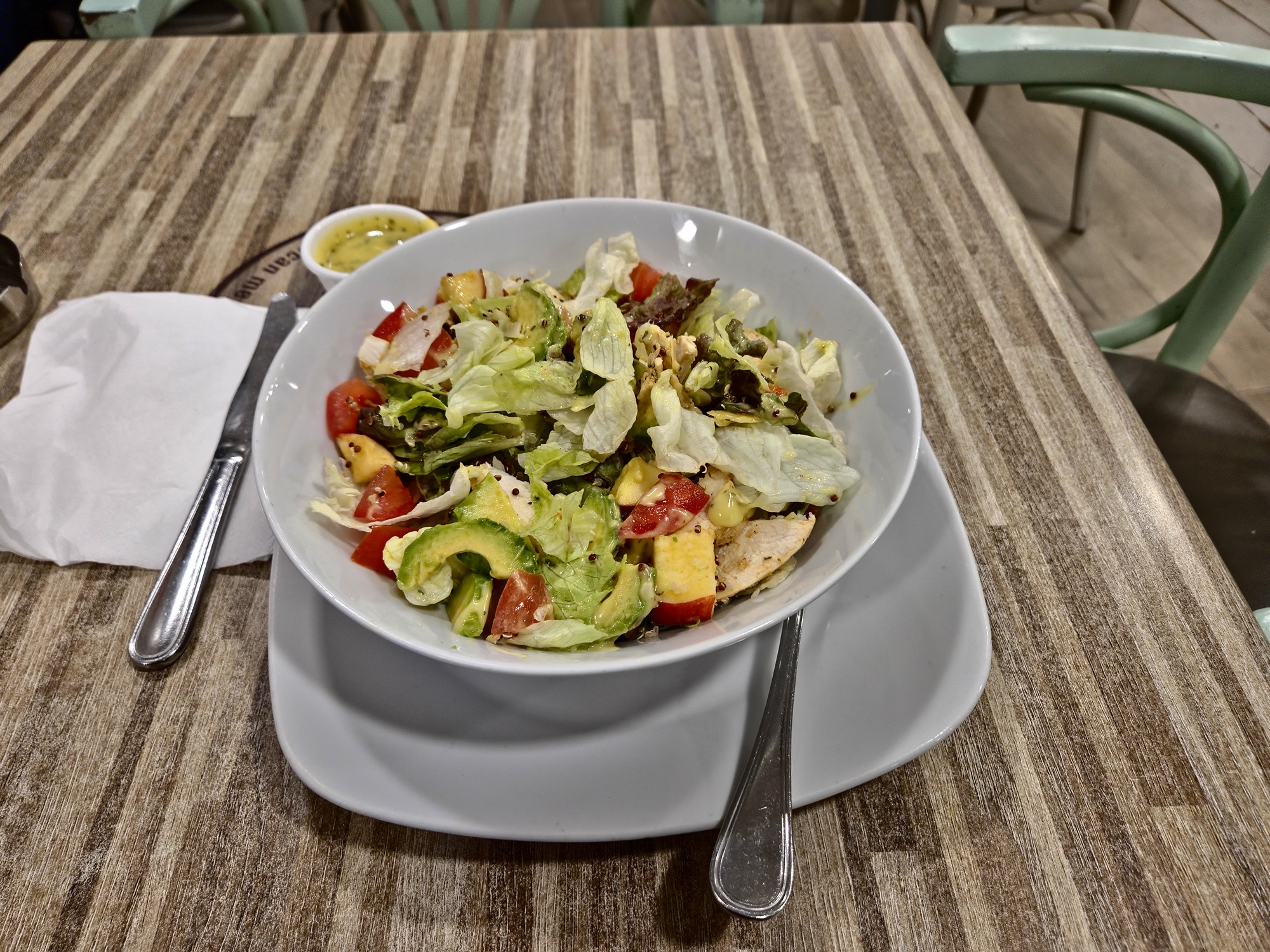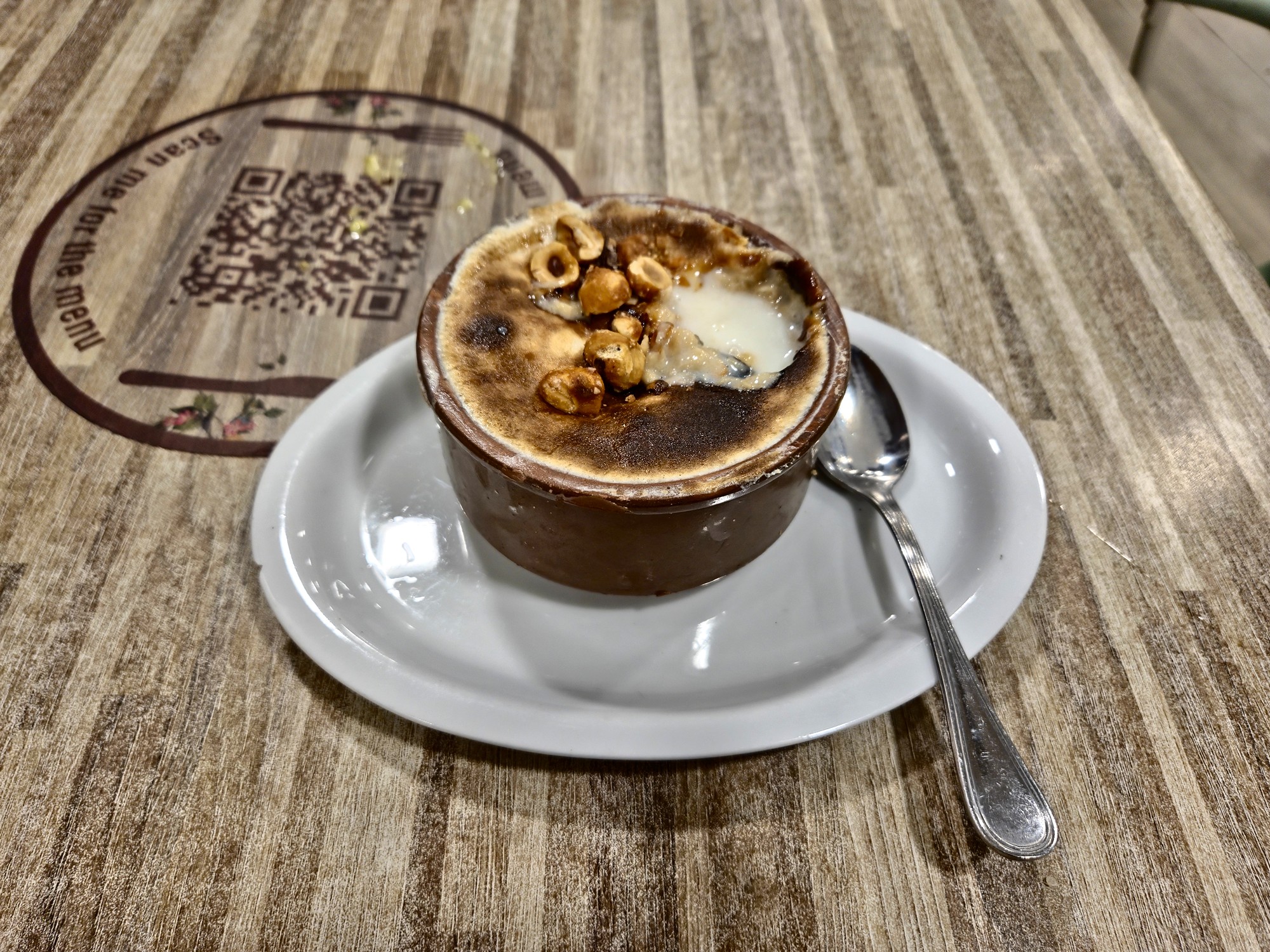Coptic Cairo, Egypt
Coptic Cairo refers to the historic area in Cairo, Egypt, where the city’s Christian Coptic community has a significant presence.
Coptic Cairo: Kom Ghorab, Old Cairo, Cairo Governorate 4244001, Egypt
Date Picture Taken: February, 2024
I called an Uber to go to the Coptic Area in Cairo, to the Hanging Church. The two videos below shows the traffic on the way to the Coptic Area.
The driver took an alley road as a shortcut to the destination.
The Coptic Cairo area is rich in history and culture, with numerous churches, monasteries, and other Coptic Christian sites.
“Coptic” refers to the Christian community and heritage of Egypt. The term is most commonly associated with the Coptic Orthodox Church, one of the oldest Christian denominations in the world. The word “Coptic” derives from the ancient Greek word “Aigyptios,” meaning Egyptian.
On the way to the Hanging Church, I walked past St. George’s church on the left.
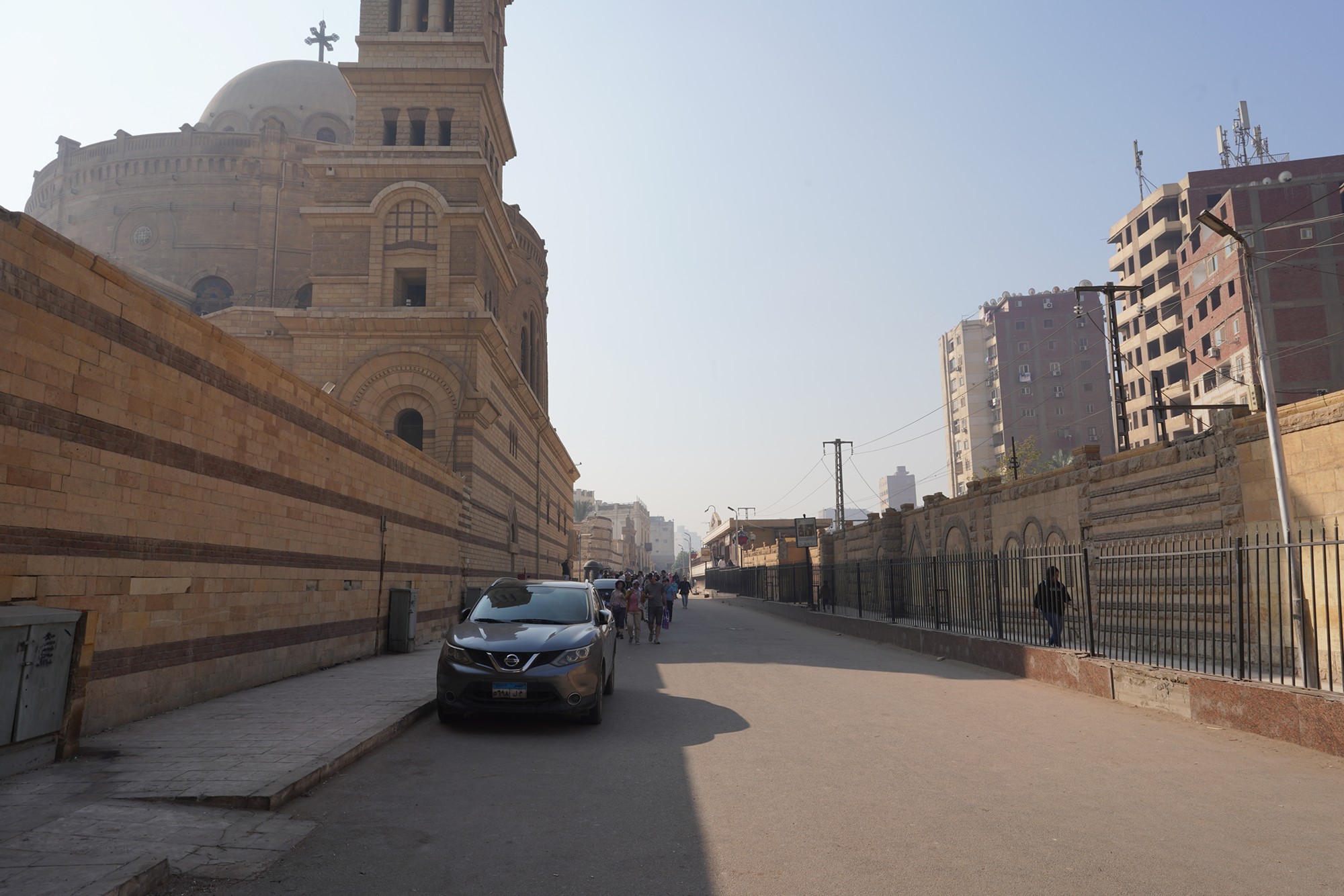
Looked back at the St. George’s church

A small church next to the St. George’s church is the Hanging Church. This is the entrance to the Hanging Church.
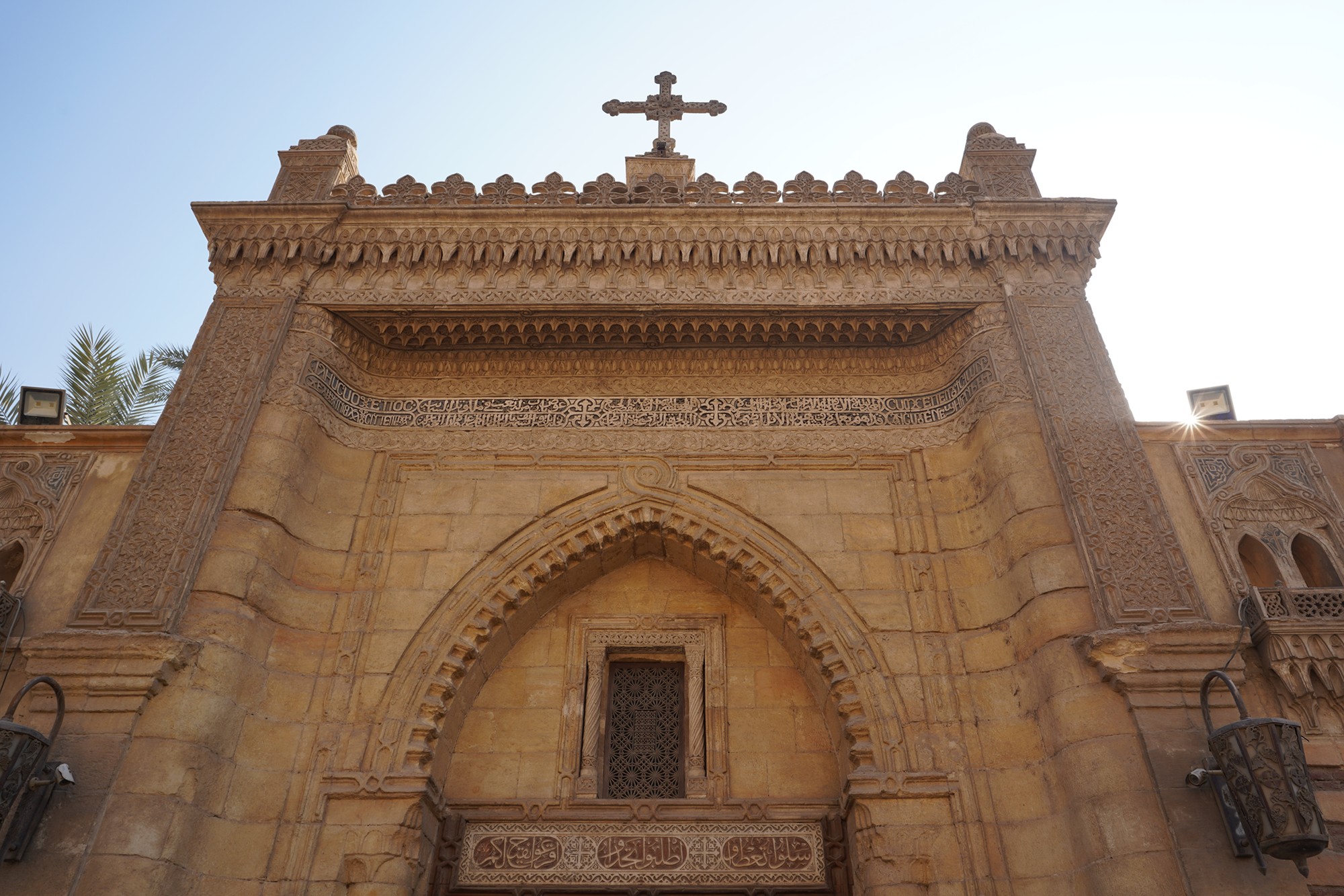
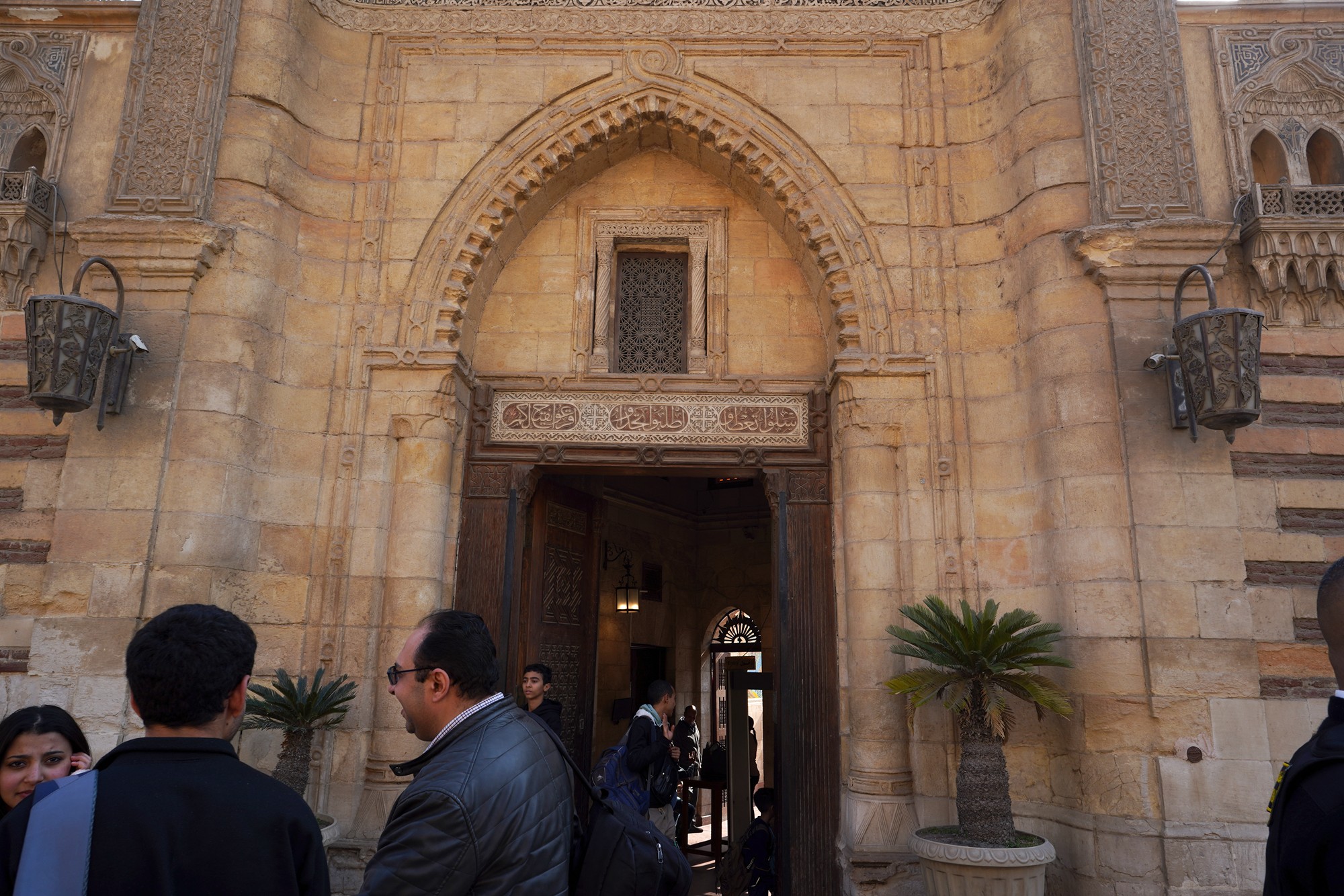
The Hanging Church. Also known as the Suspended Church or Al-Muallaqa, this ancient church is one of the oldest in Cairo, dating back to the 3rd century. It is called the Hanging Church because it was built on the southern gatehouse of the Babylon Fortress and seemed to be suspended in the air, but of course, not actually hanging in the air.


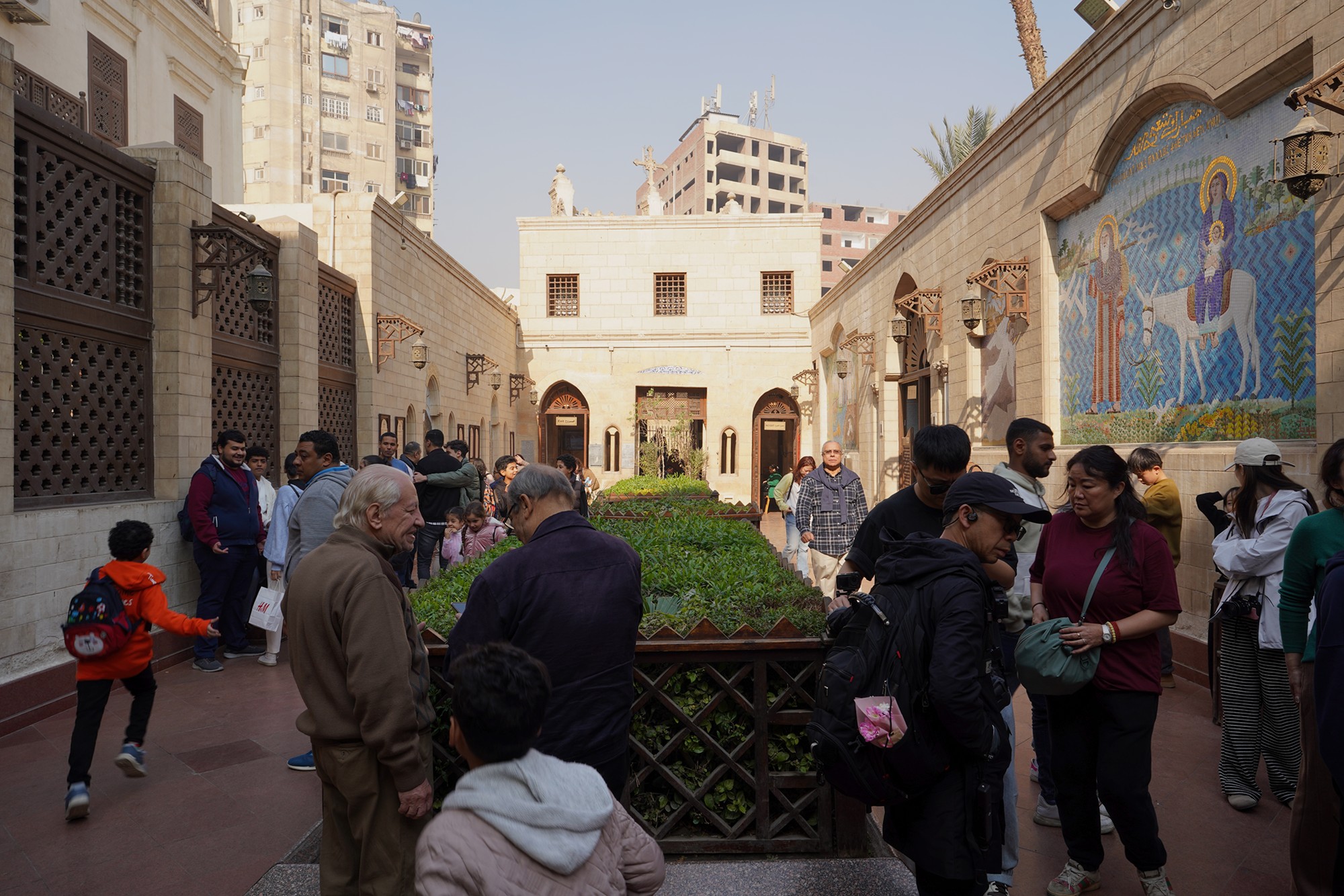
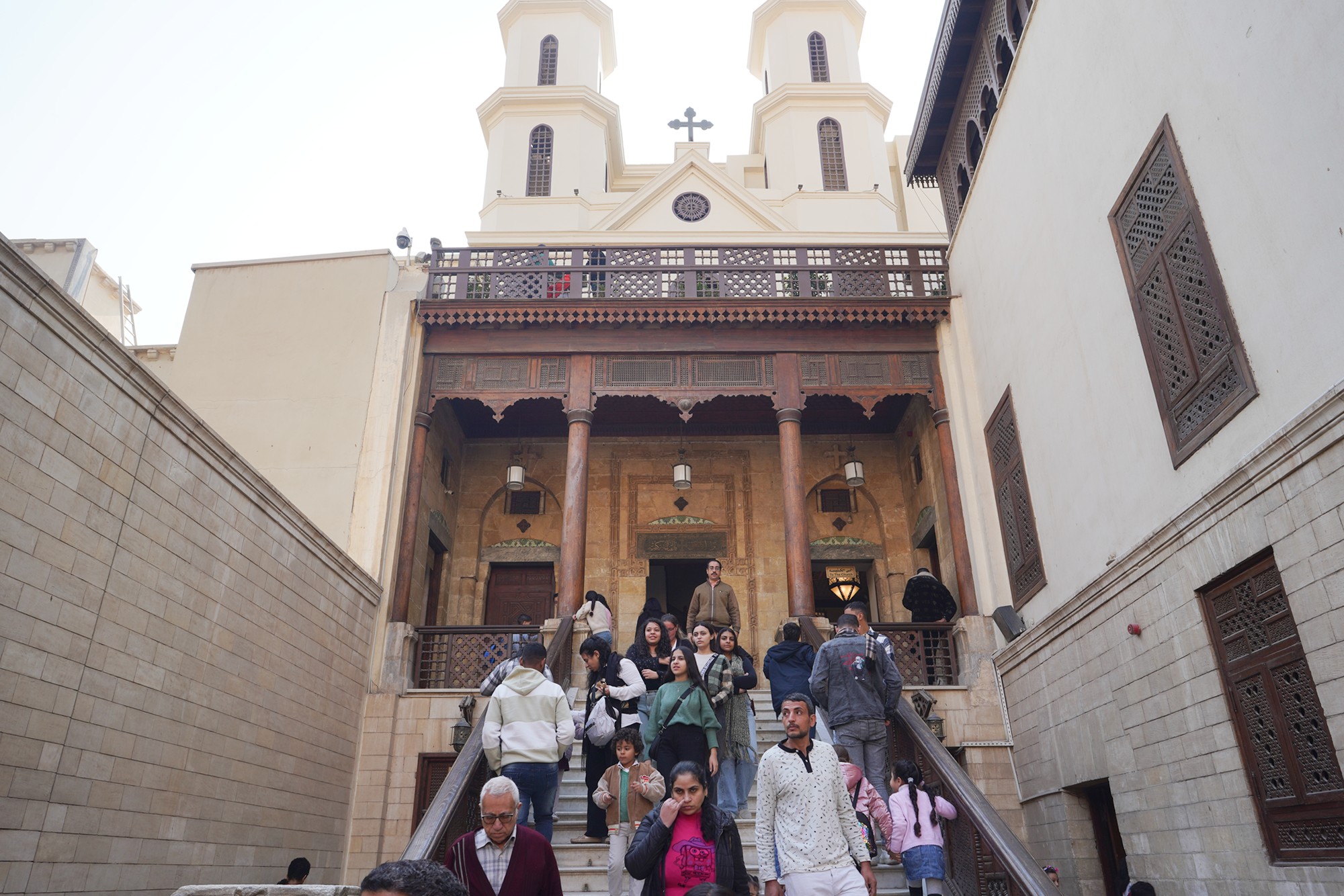

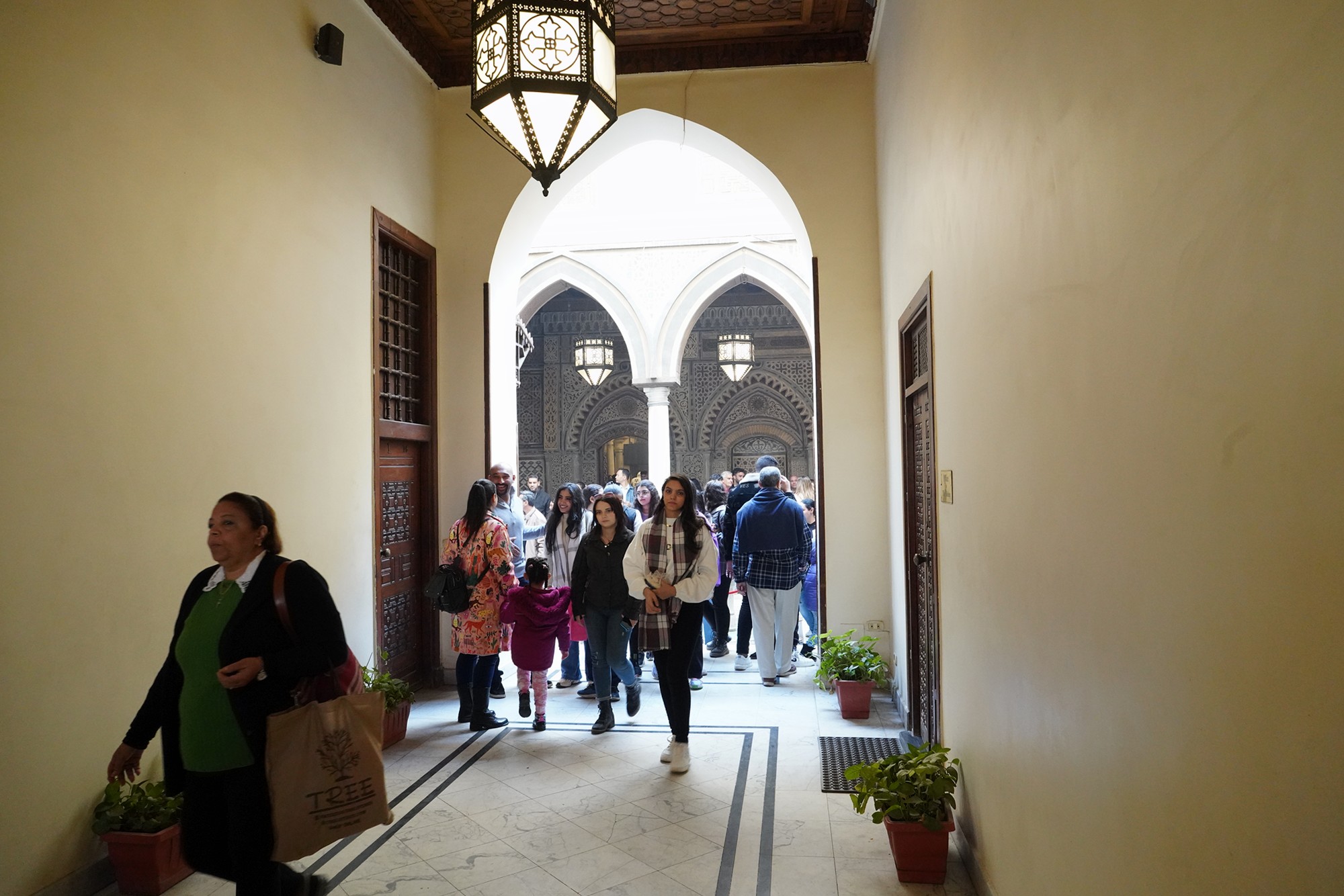
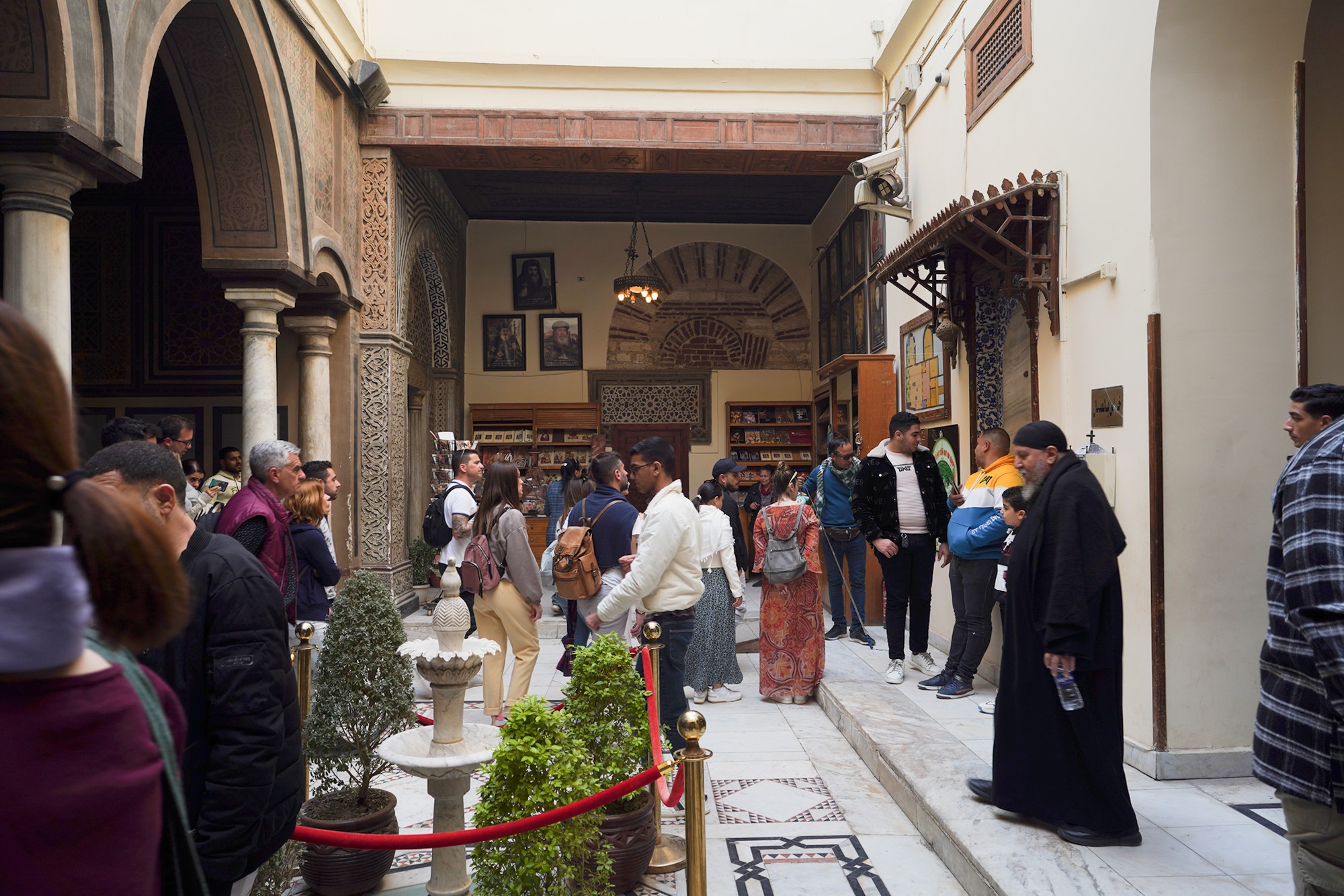
The church is renowned for its unique architecture, which combines Coptic, Byzantine, and medieval Egyptian styles. The name “Hanging Church” comes from its location over the gatehouse, creating the impression that the church is suspended or hanging.
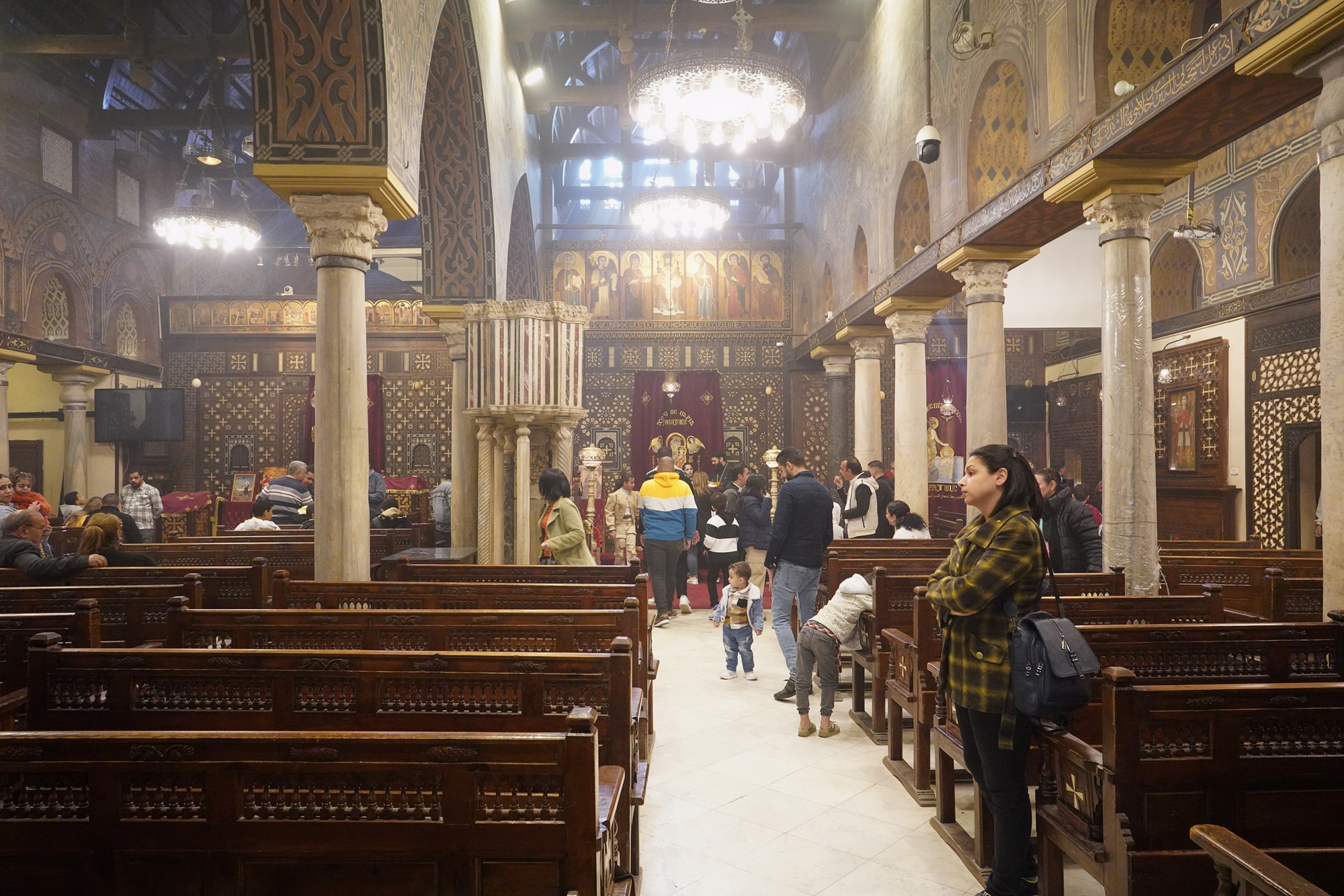

The Hanging Church has a long history, dating back to the 3rd century, making it one of the oldest churches in Cairo. It has undergone several renovations and reconstructions over the centuries. The current structure dates back to the 11th century, with later modifications.
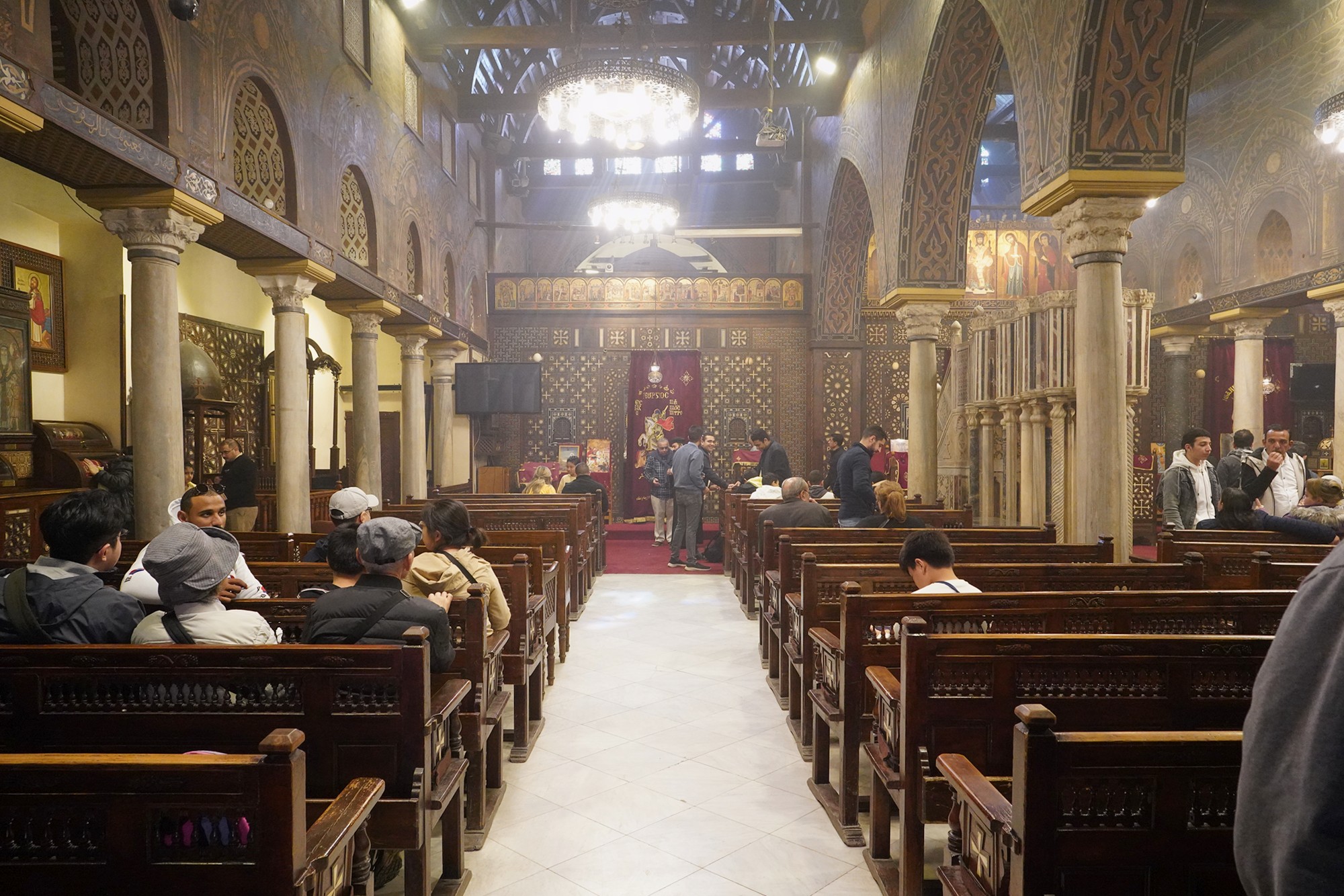
The church is dedicated to the Virgin Mary and is an important religious site for Coptic Christians. It serves as the seat of the Coptic Orthodox Pope of Alexandria and is a center for religious ceremonies and celebrations.

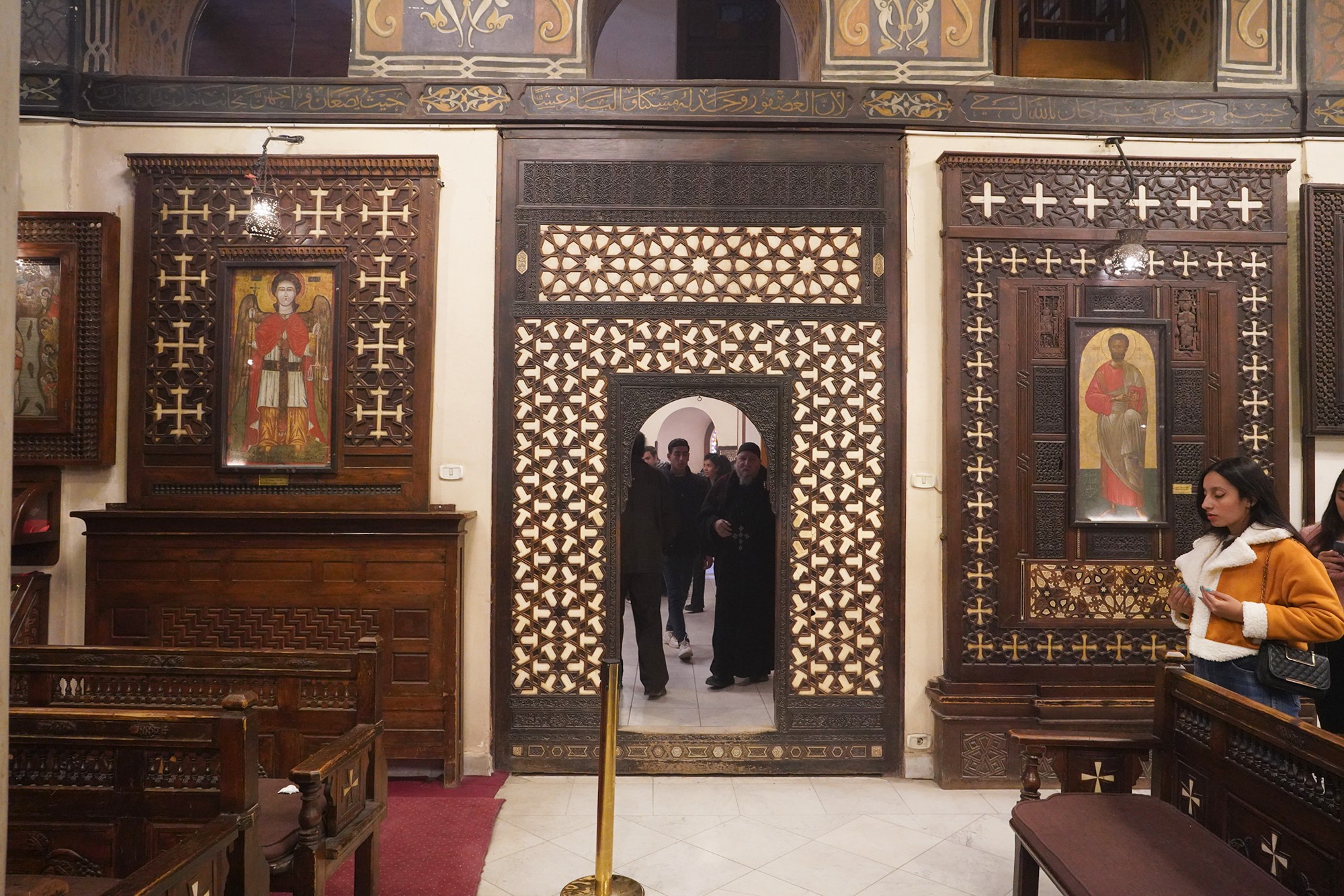
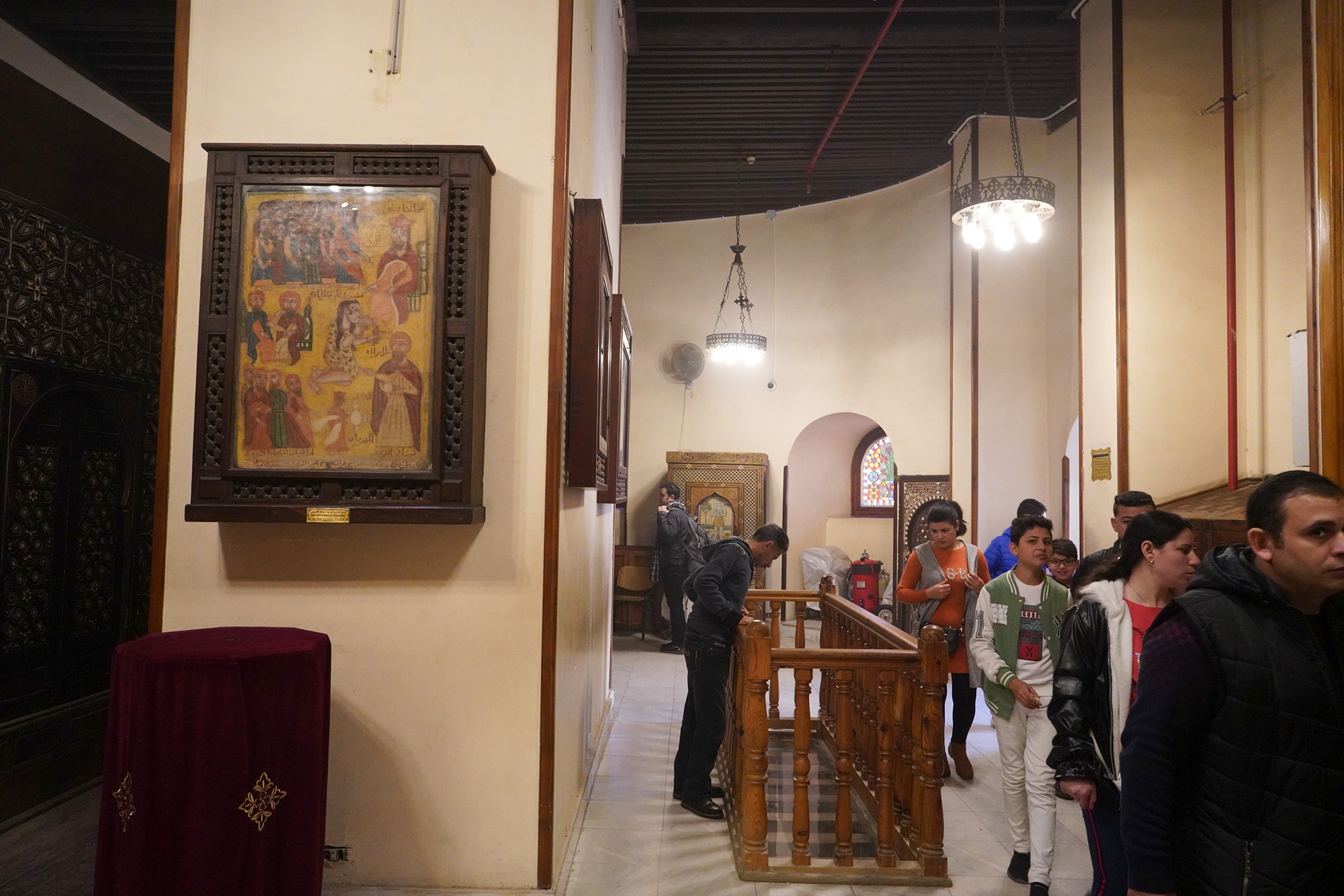

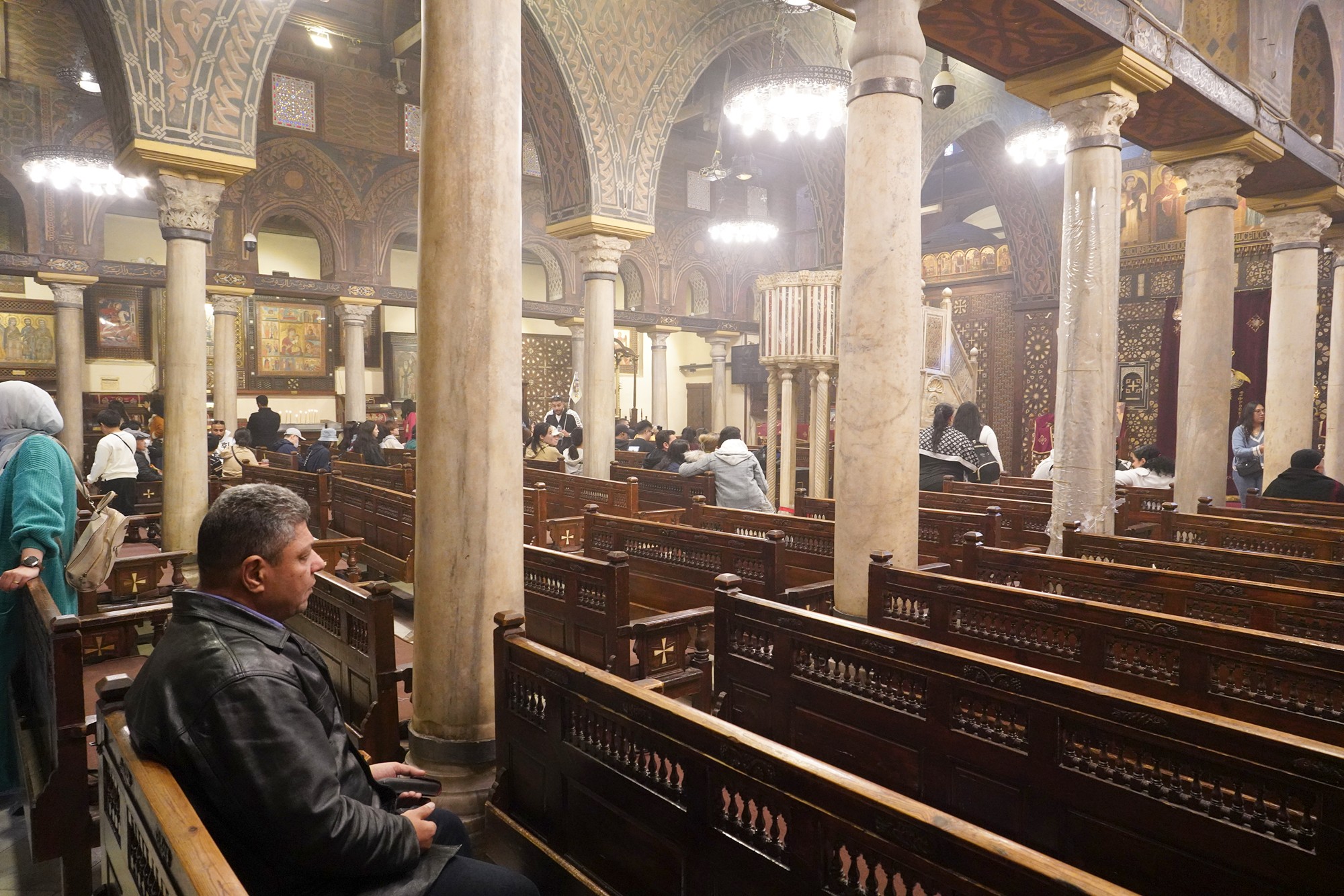
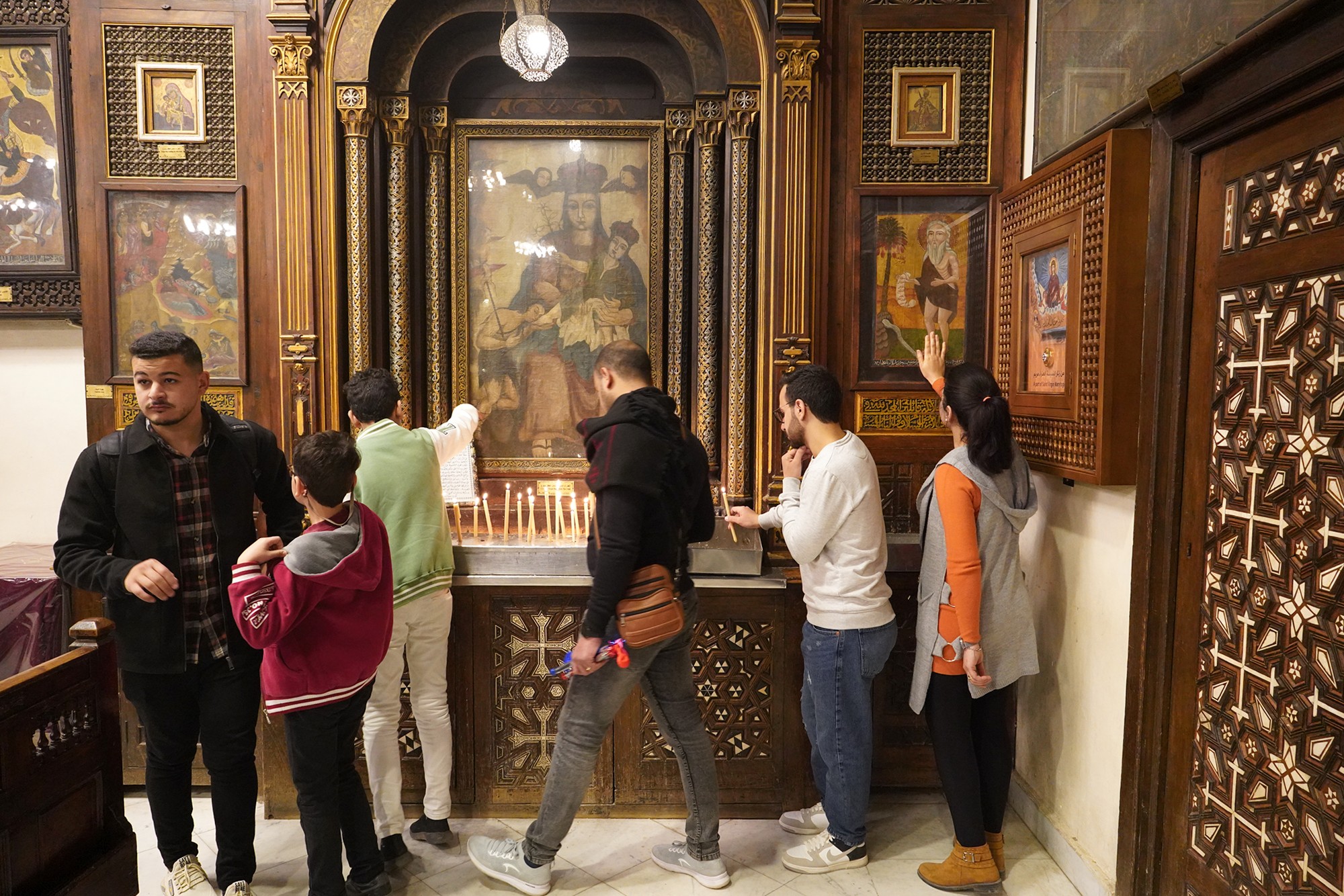
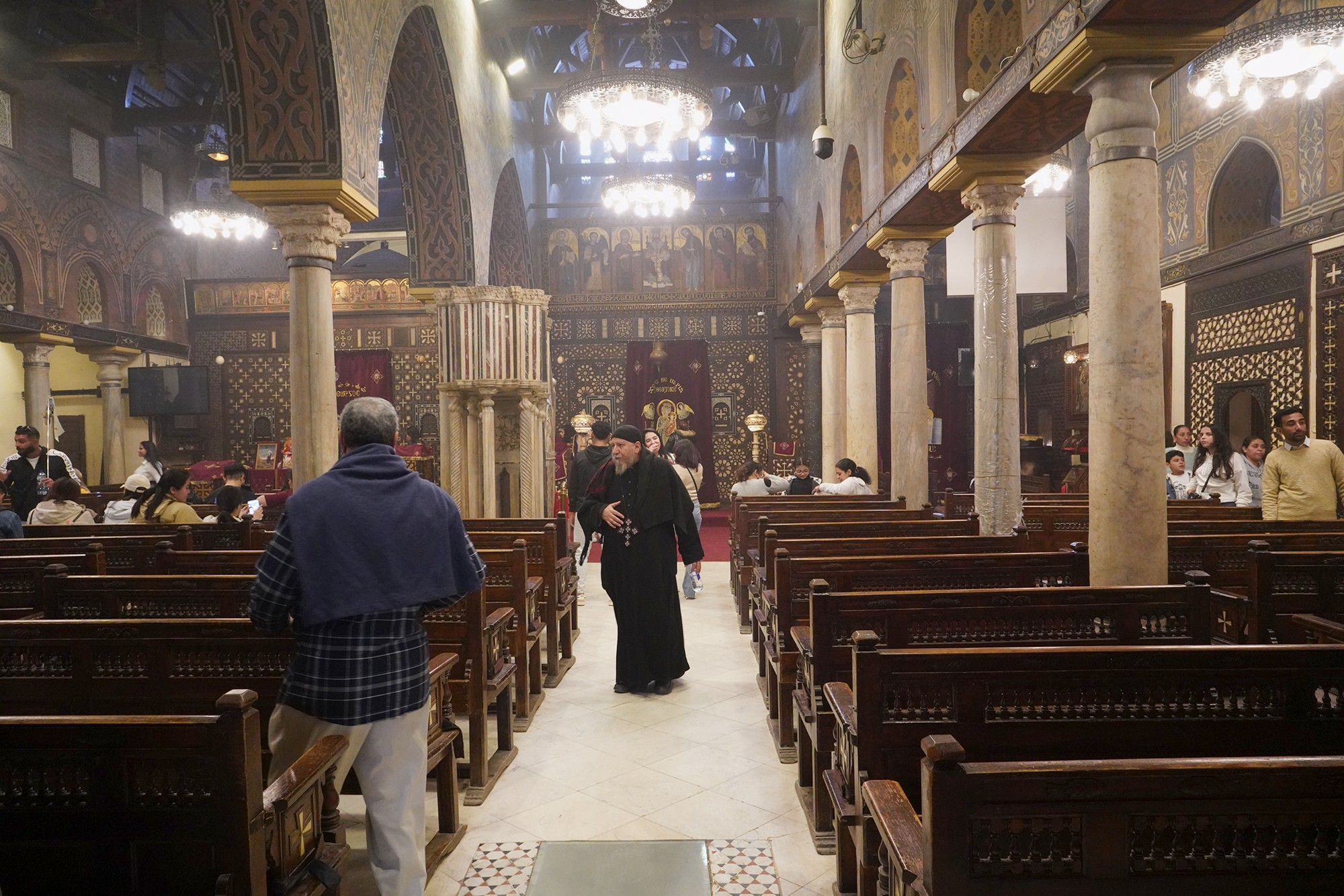

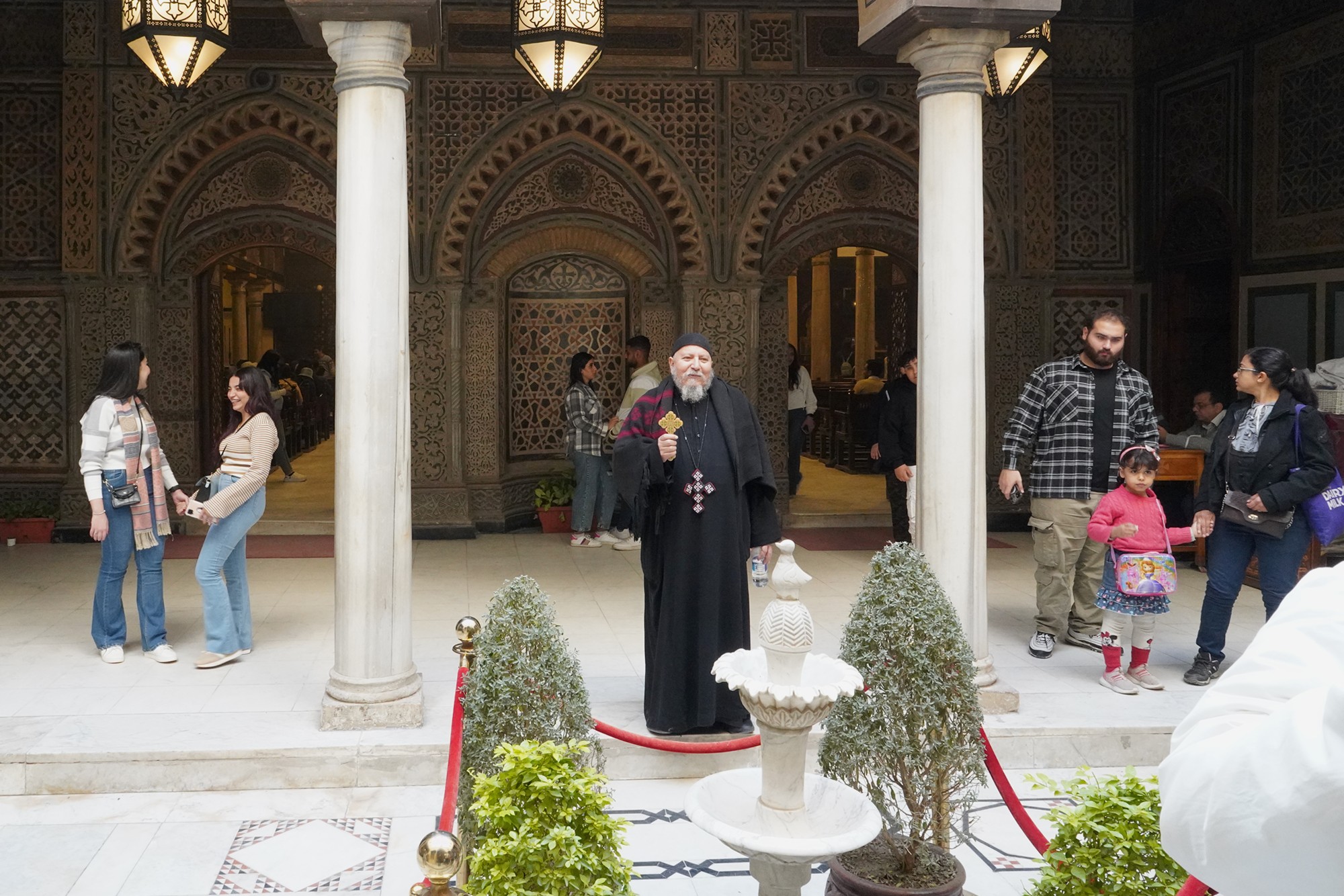
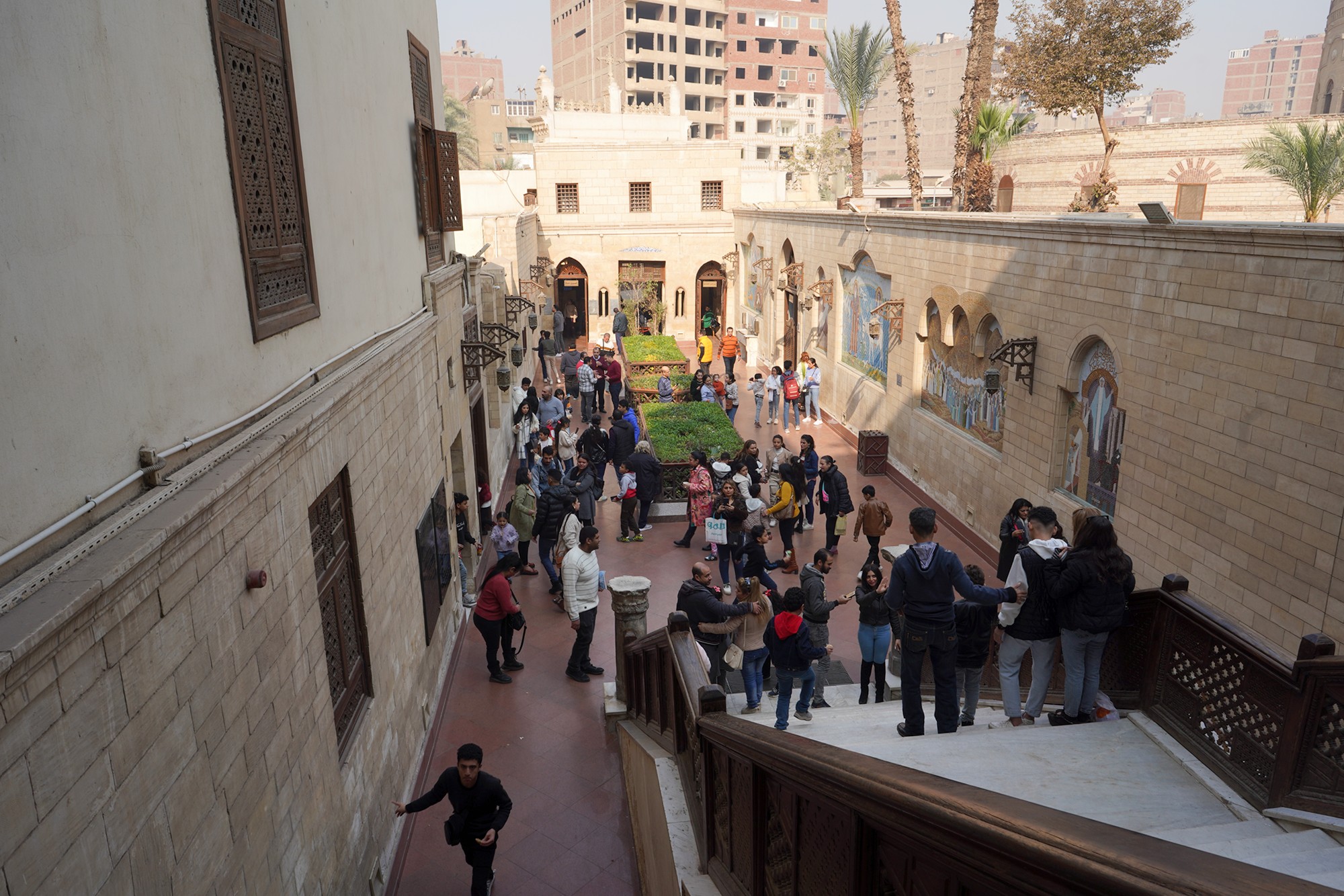
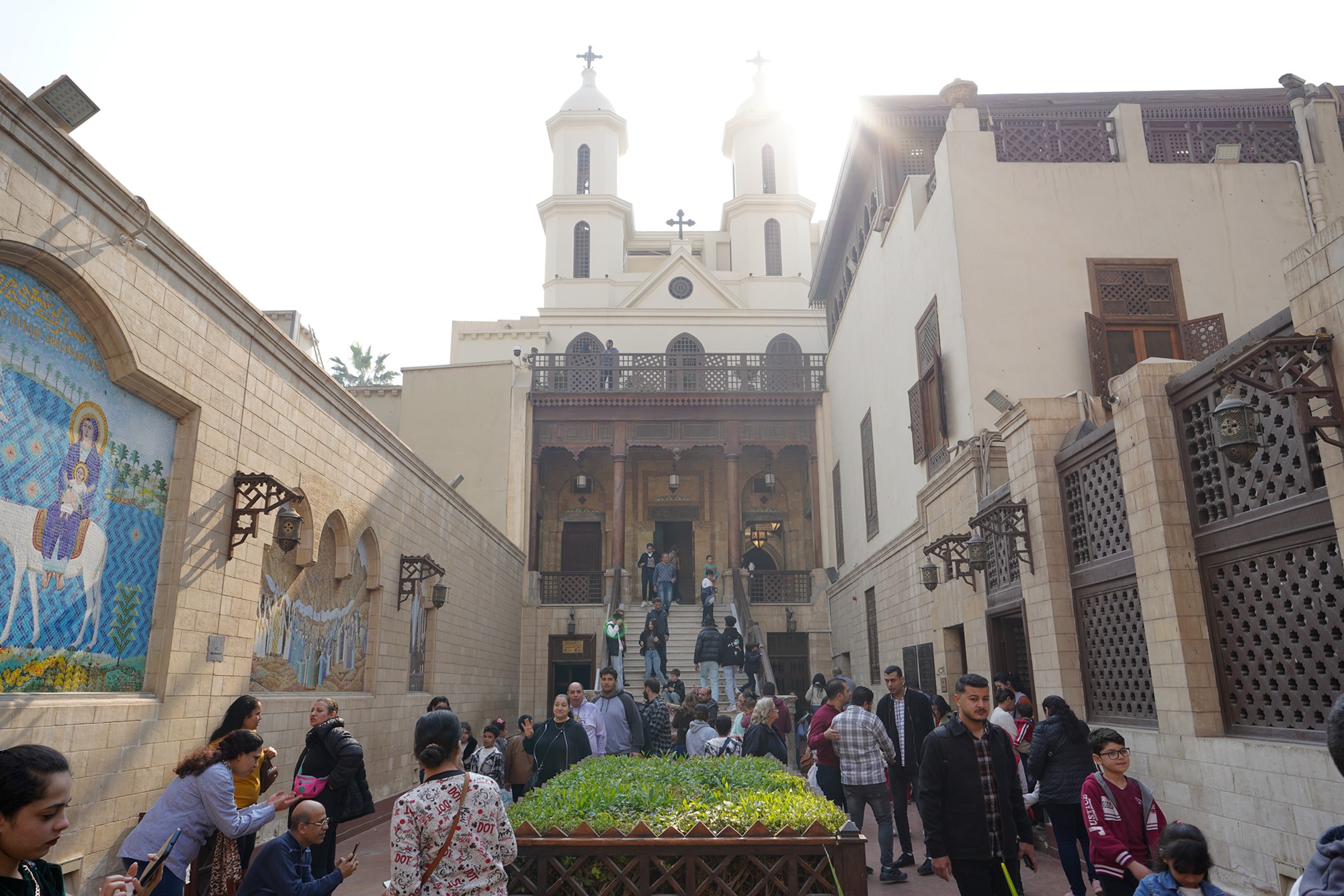
Out from the church and onto the street again.
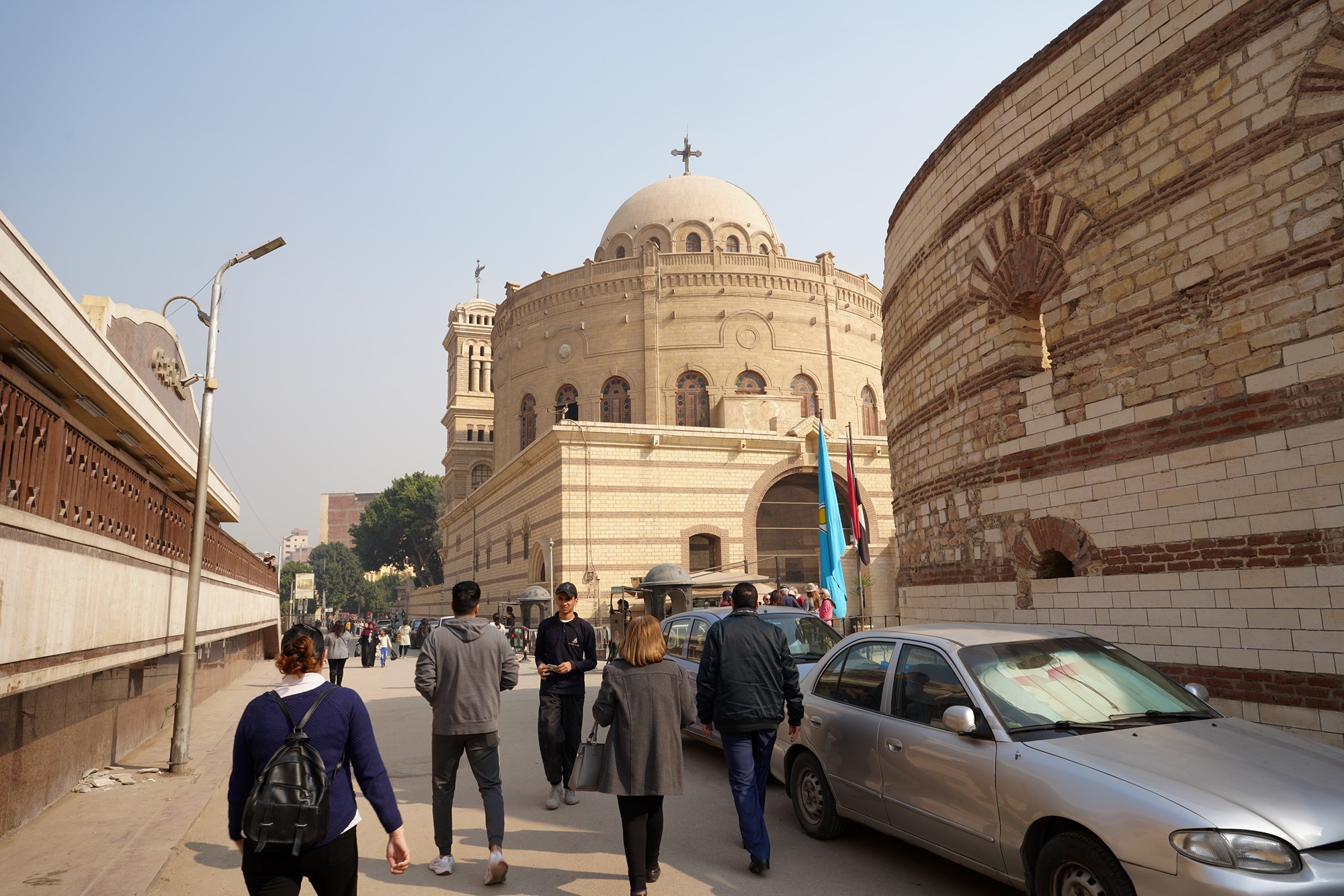
Next to the Hanging Church is the Coptic Museum.
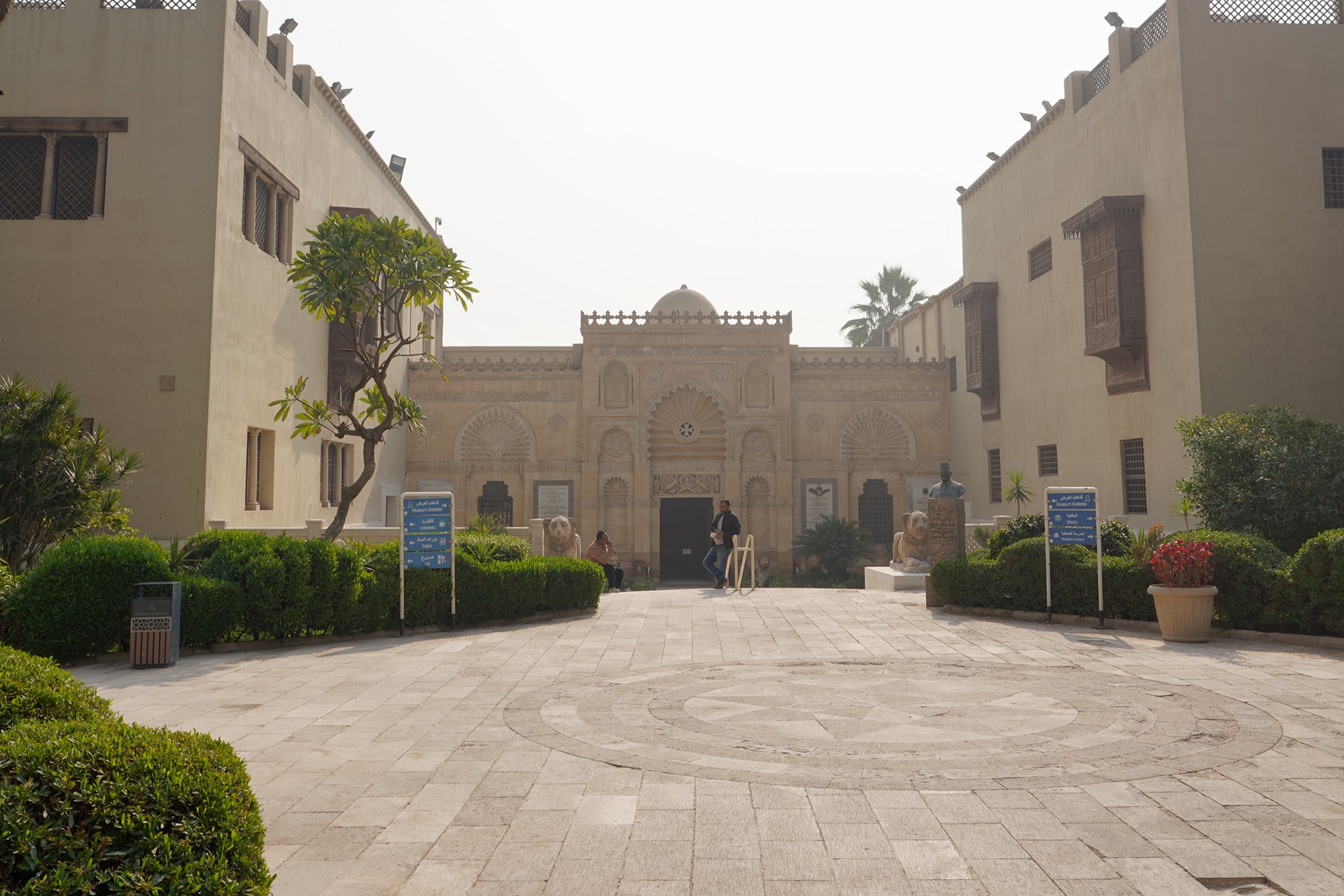


The Coptic Museum, which features a rich collection of Coptic Christian art and artifacts, provides additional insights into the history and culture of the Coptic community.
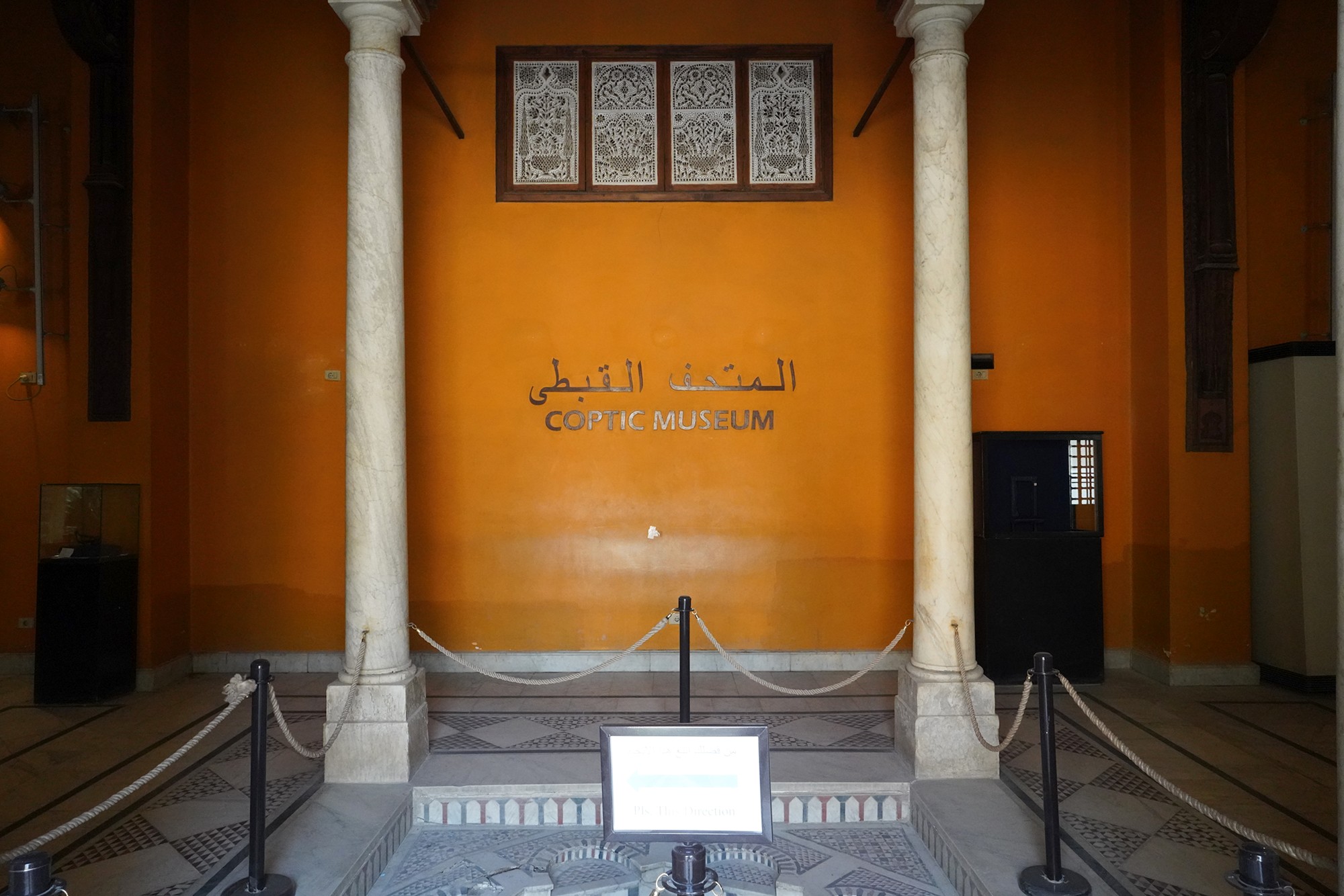
Coptic Christianity, founded by Saint Mark in 1st century Alexandria, is represented by the distinctive Coptic Orthodox Church of Alexandria. With a unique liturgy and theology, the Copts historically used the Coptic language, now mainly Arabic. They emphasize monastic traditions and maintain a unique liturgical calendar. Coptic art is known for vibrant colors and symbolic icons. Comprising around 10-15% of Egypt’s population, Copts have a global diaspora. Despite contributions to Egyptian culture, historical challenges include persecution, discrimination, and concerns about religious freedom.
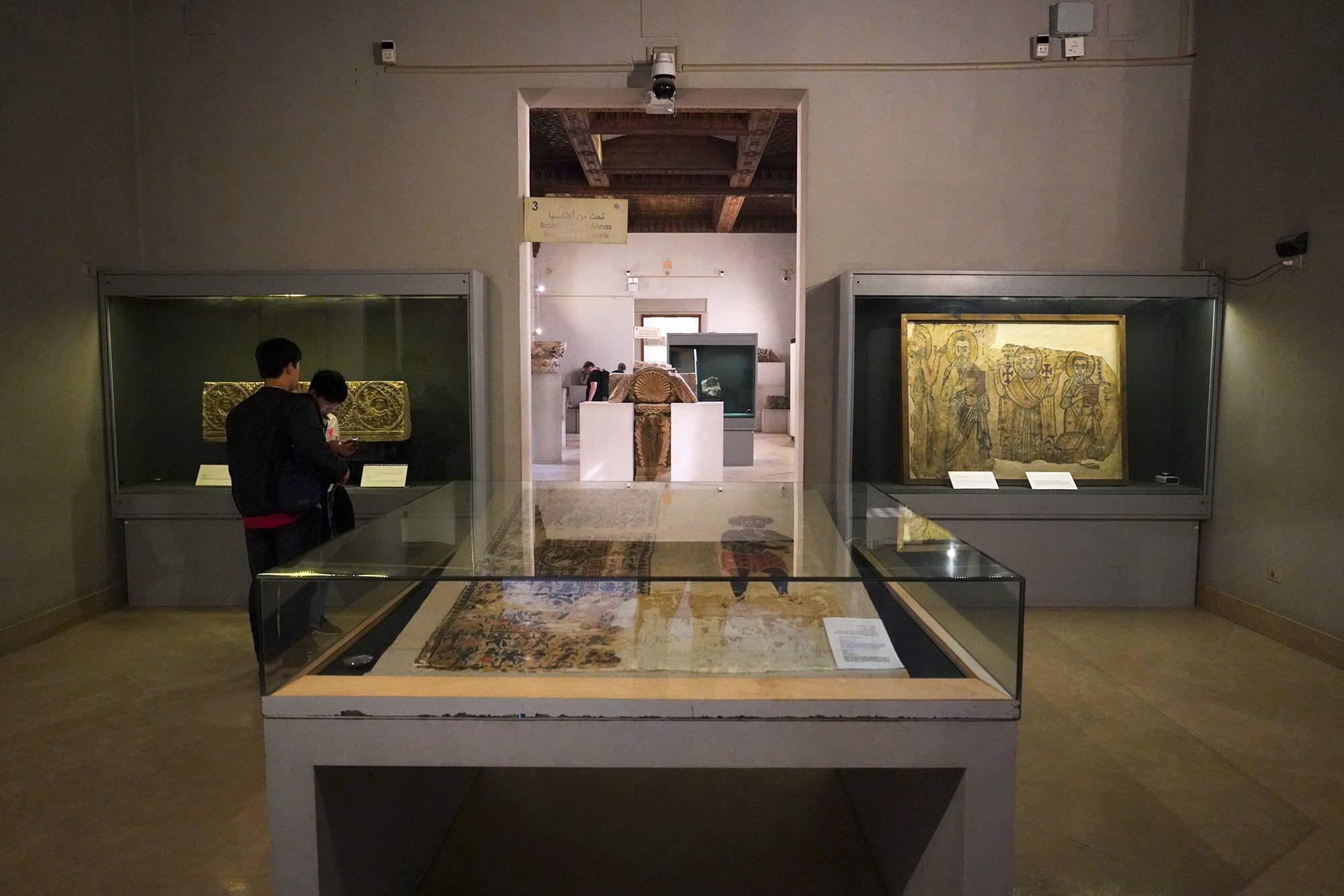
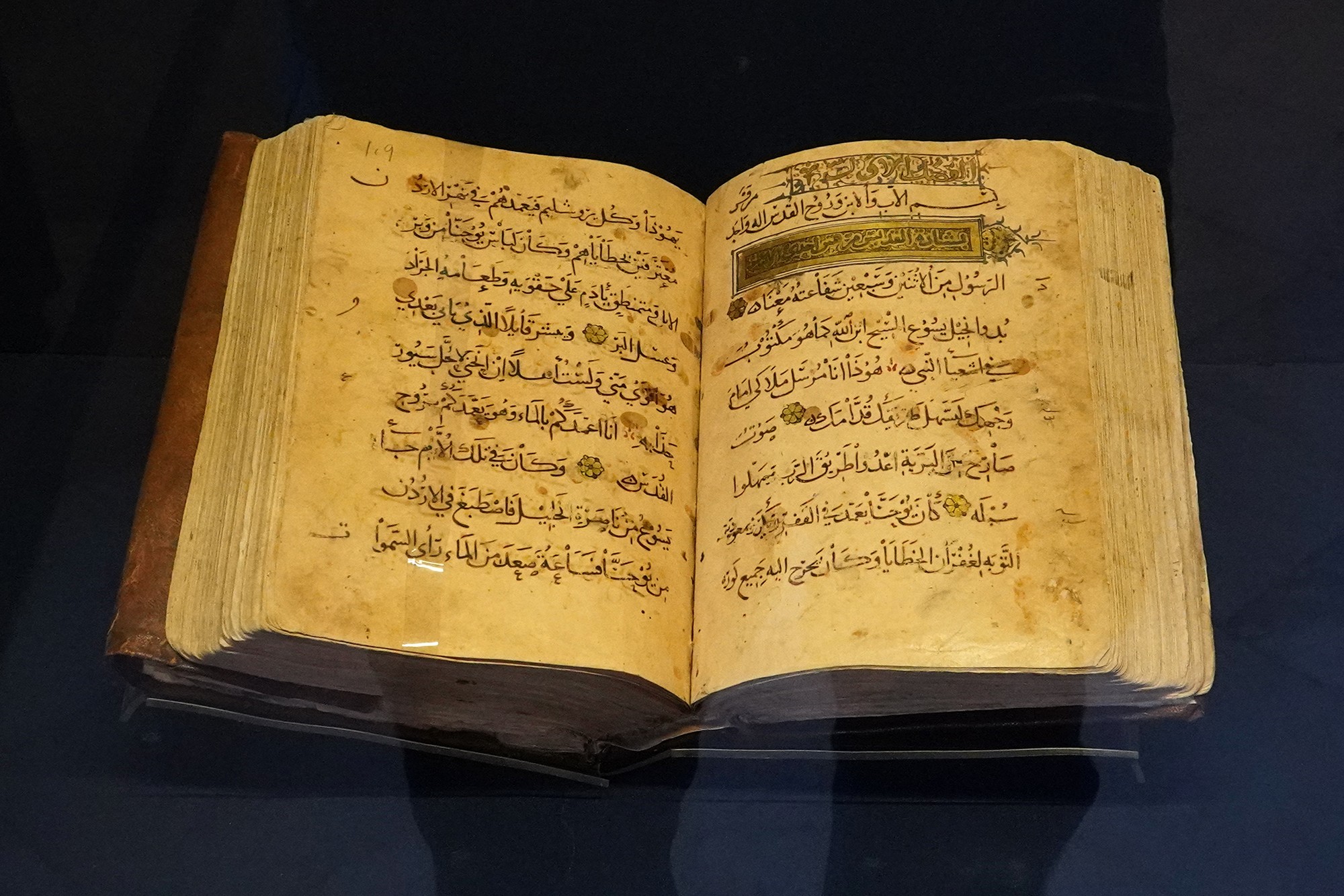
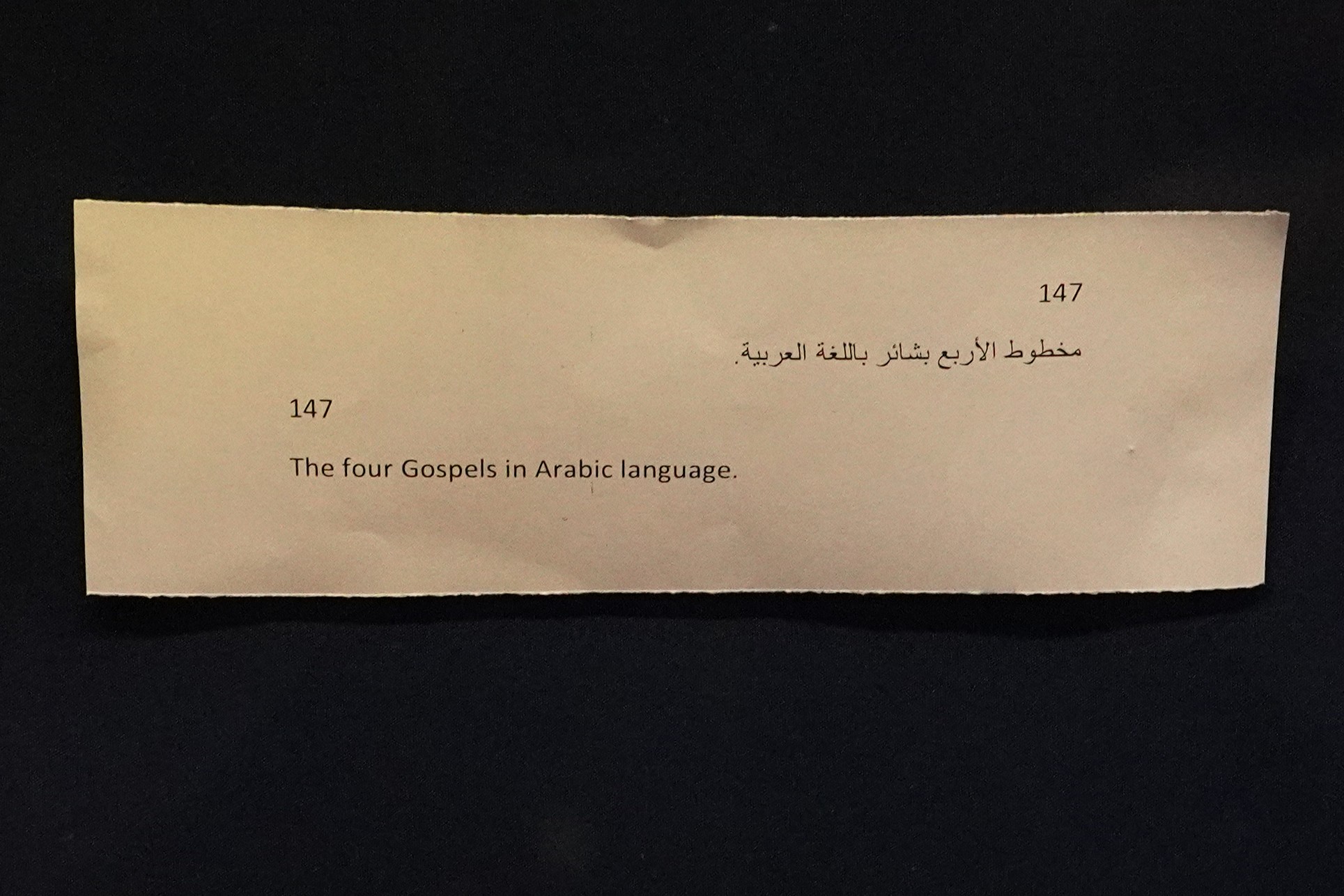
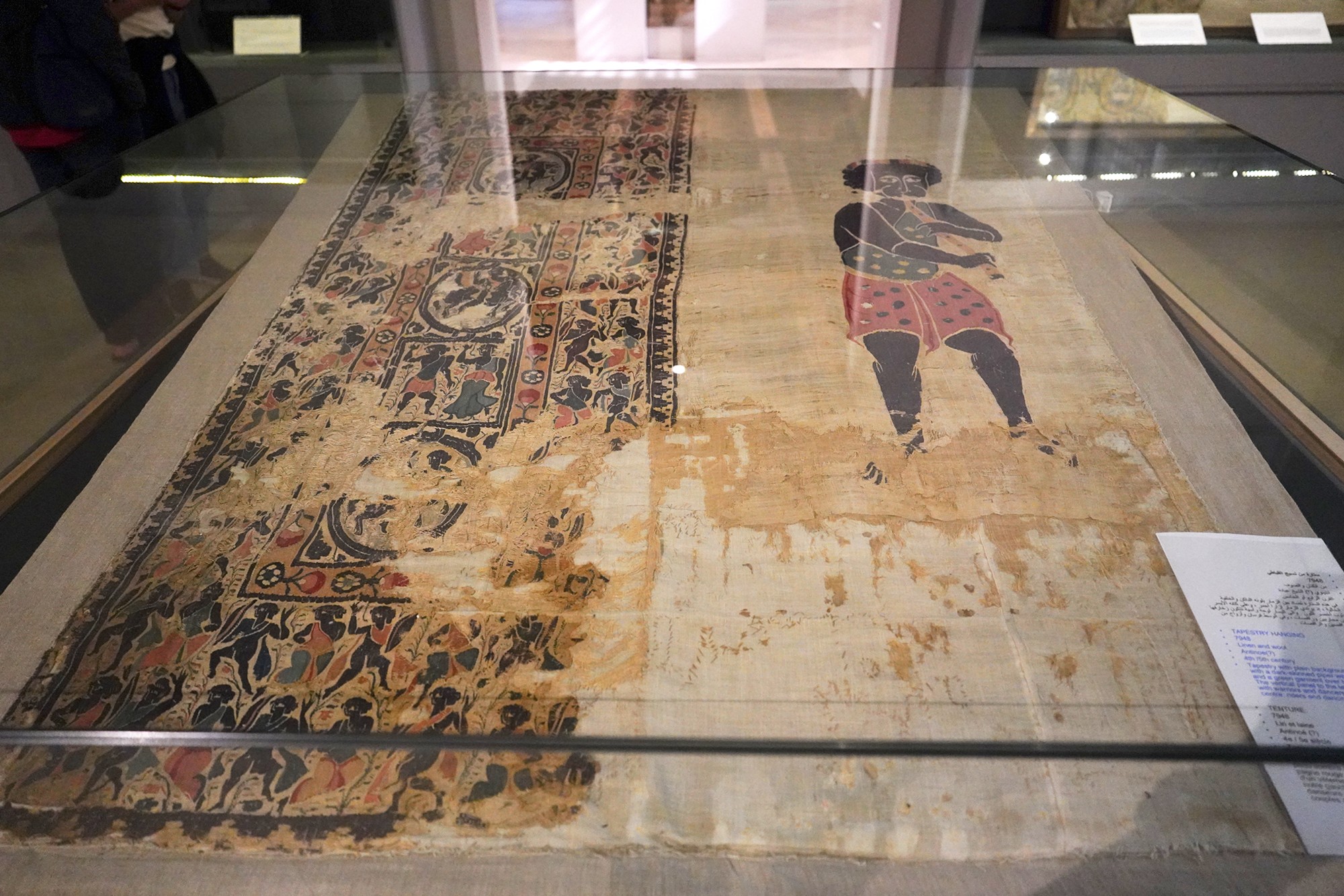
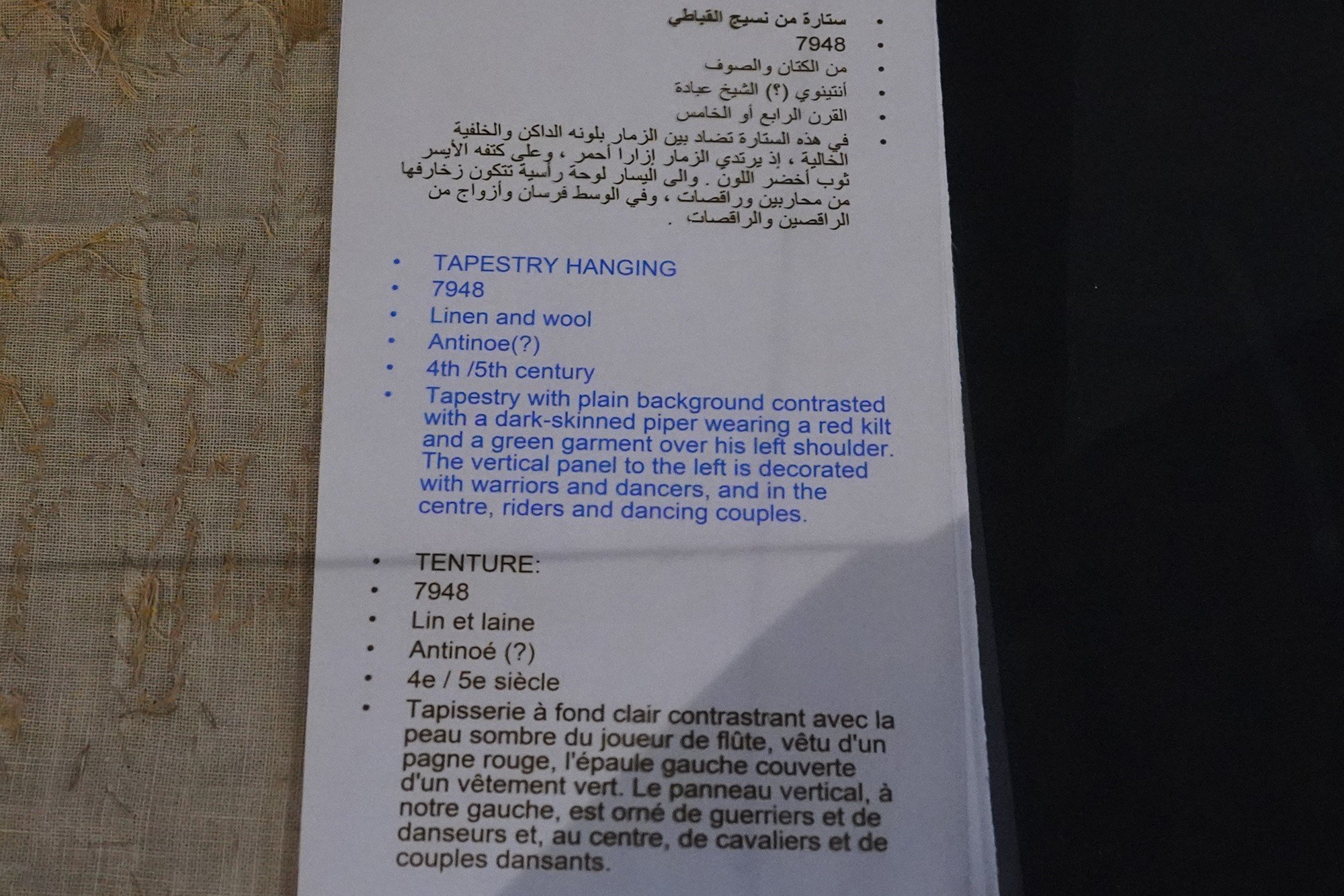
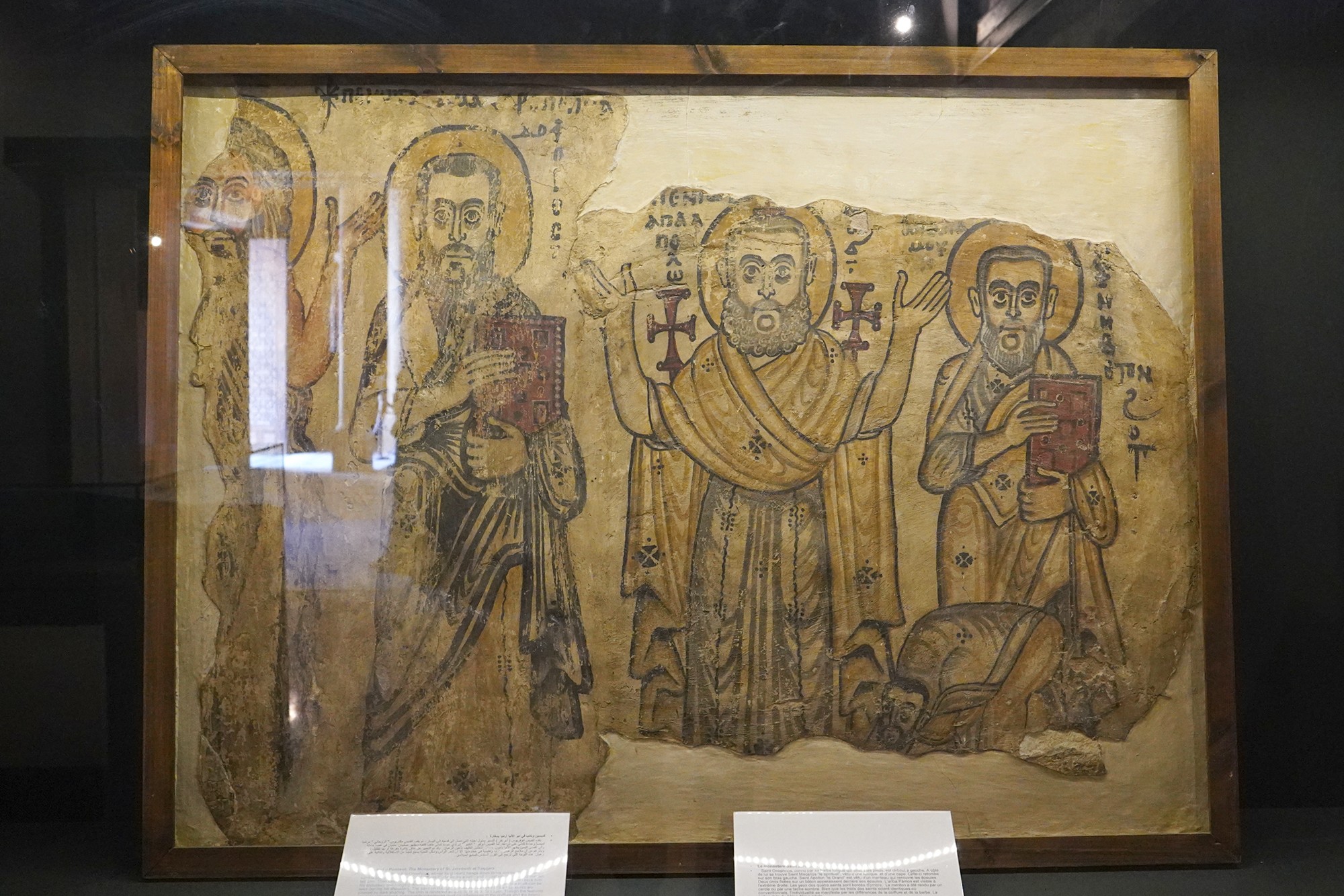

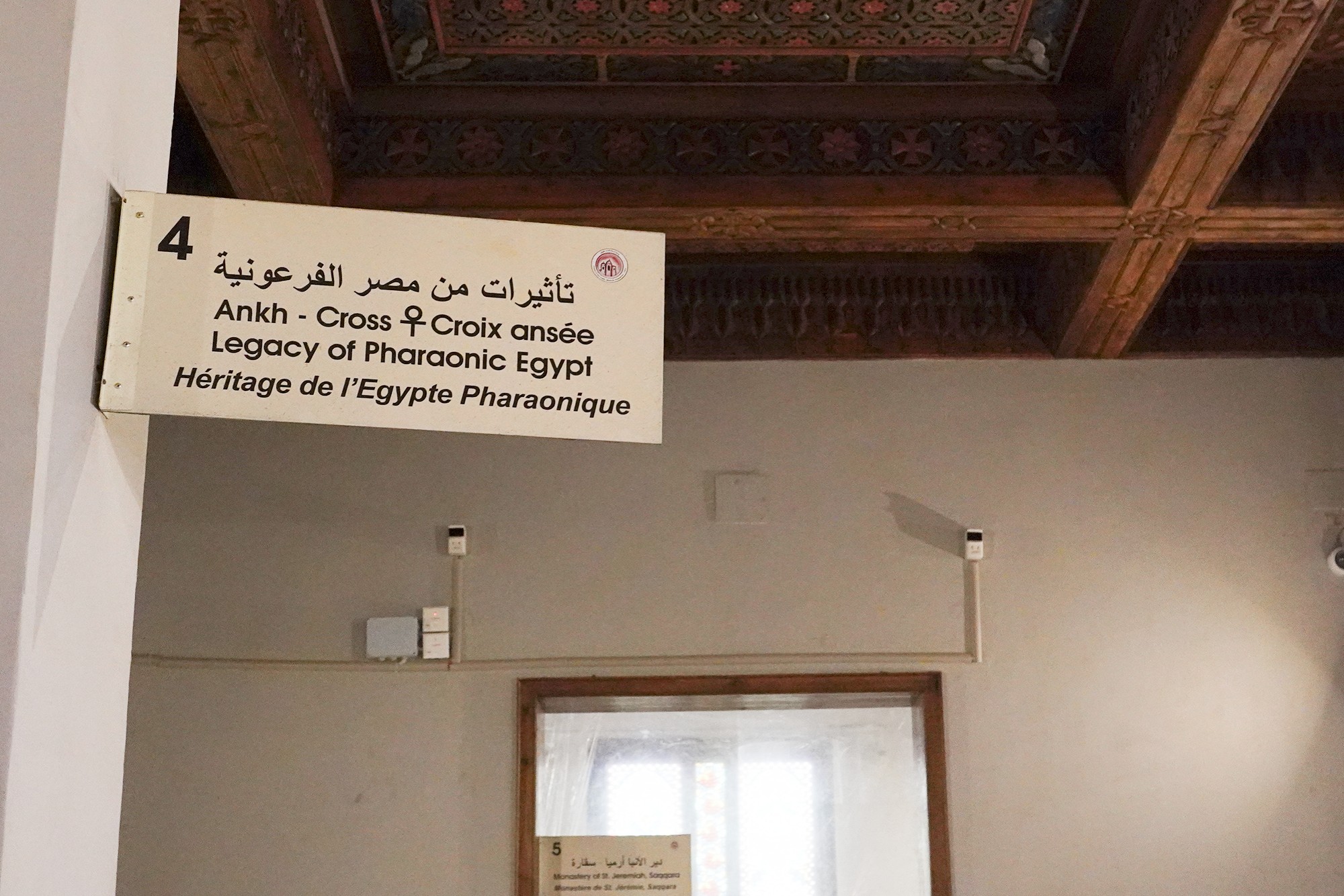
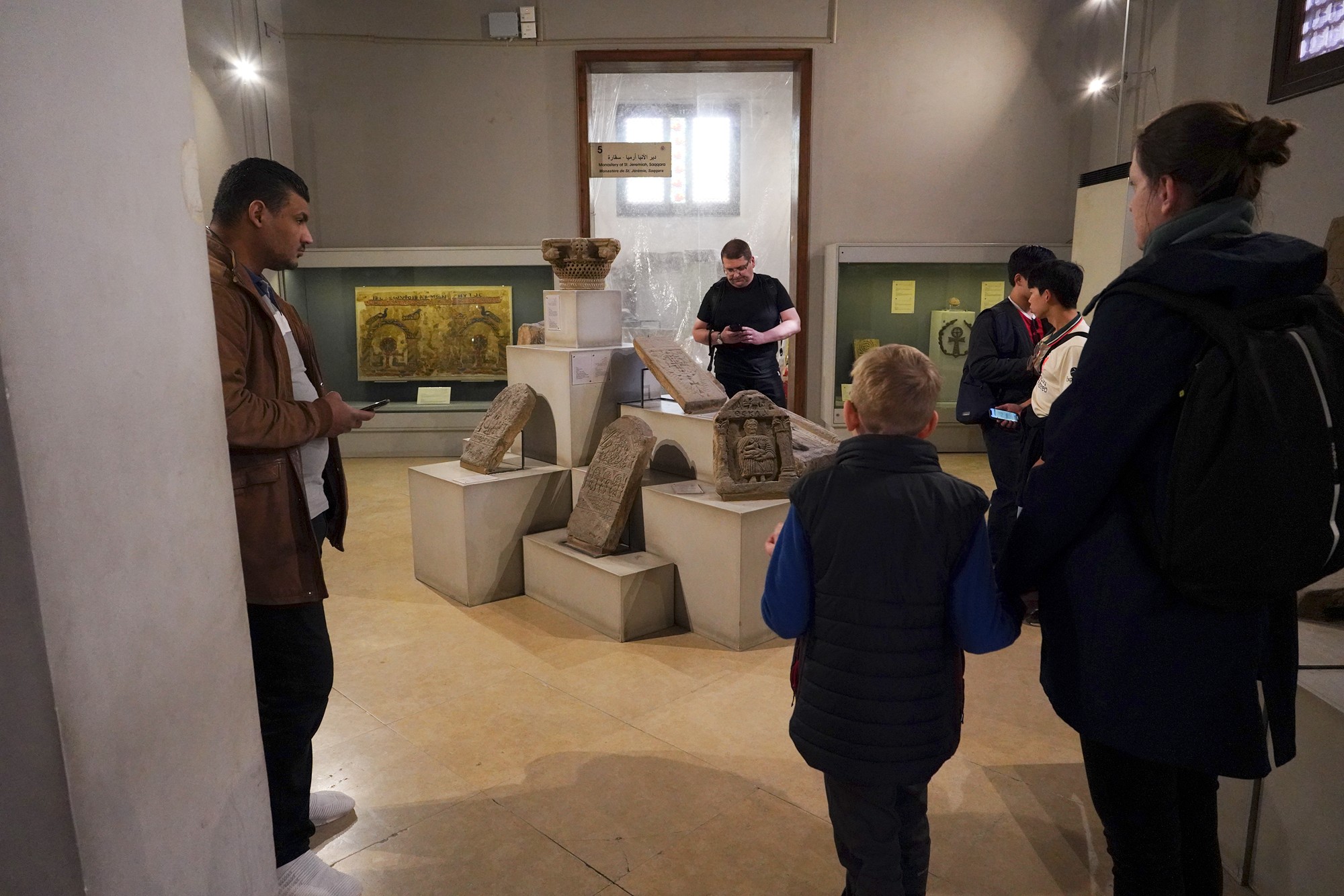
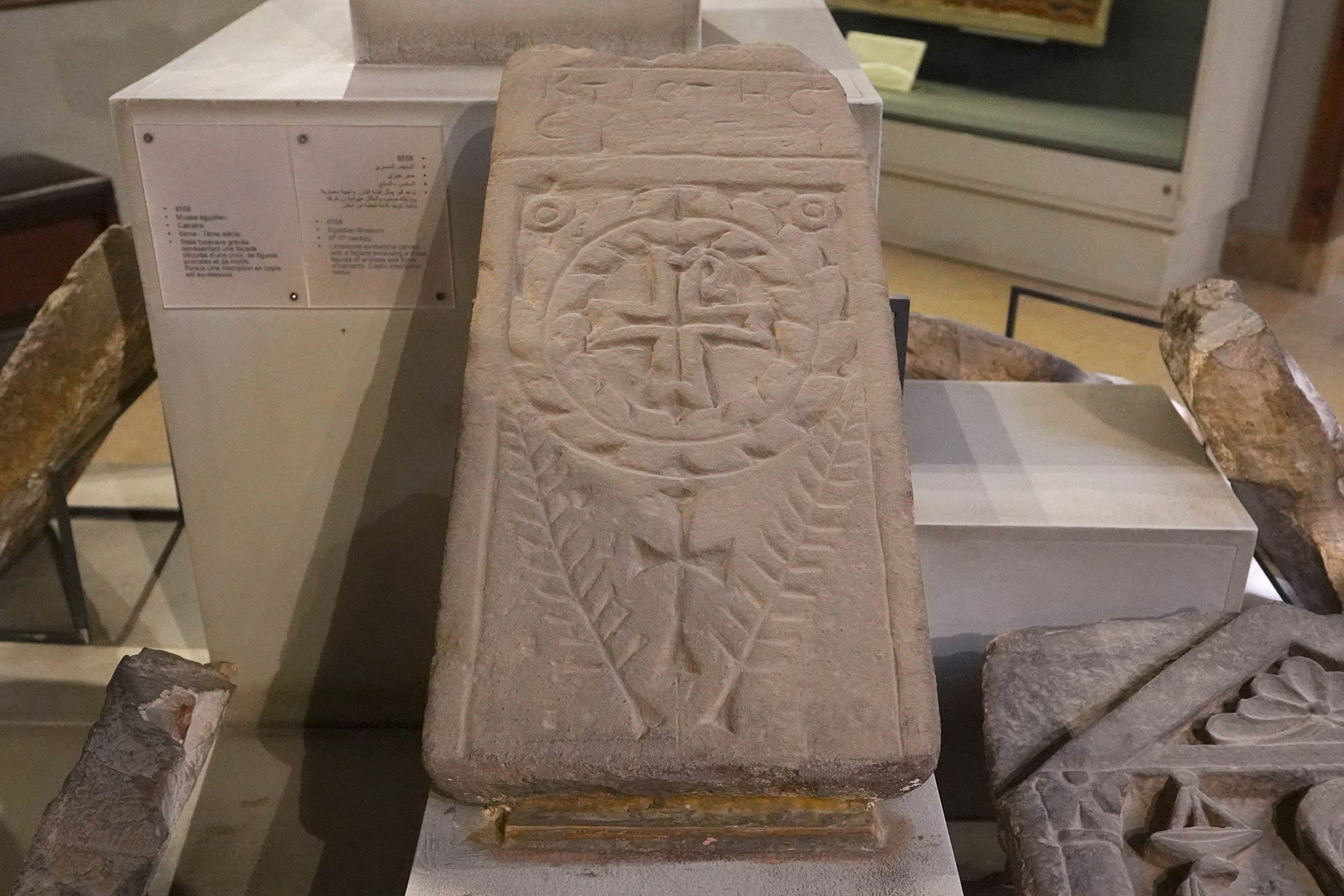
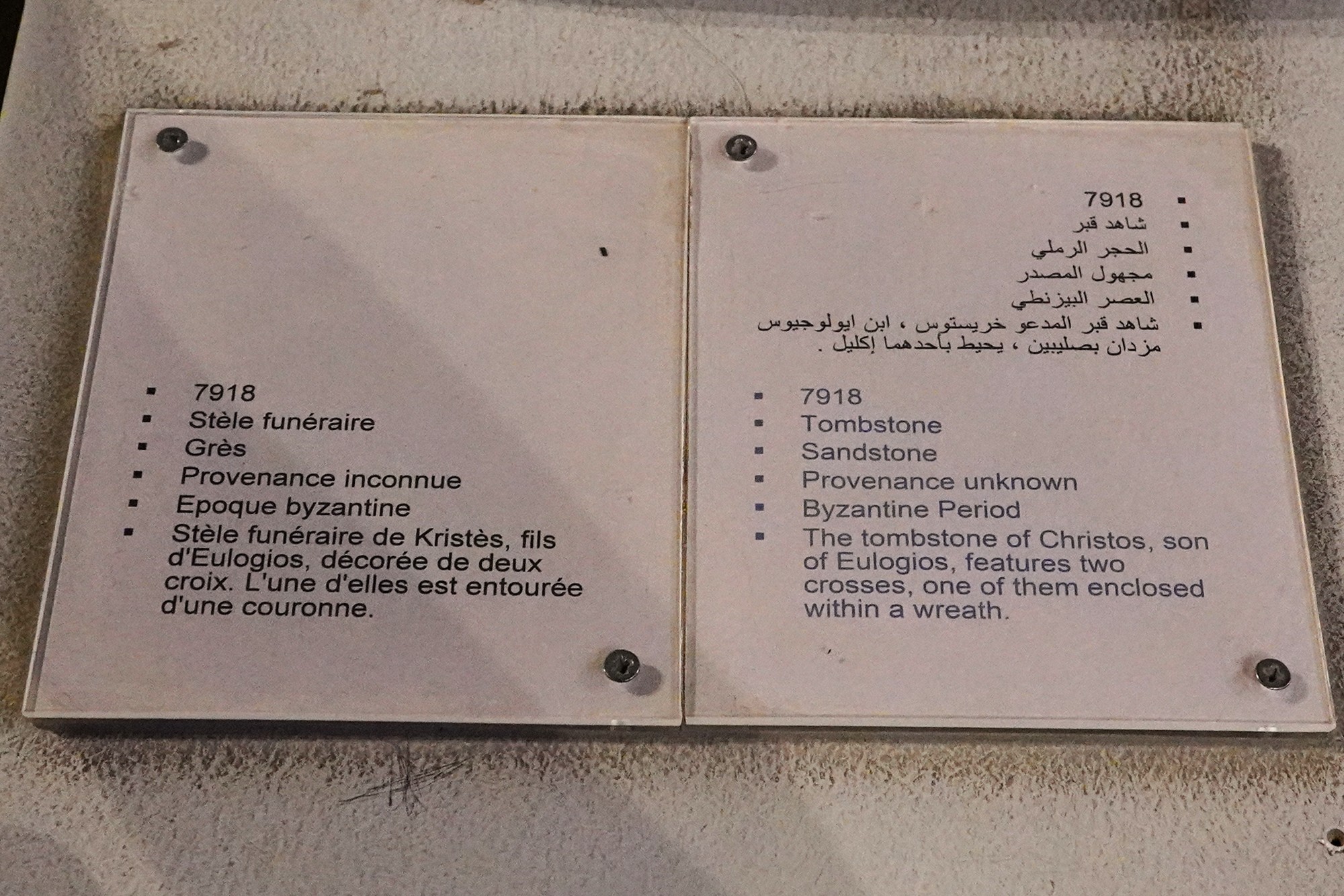
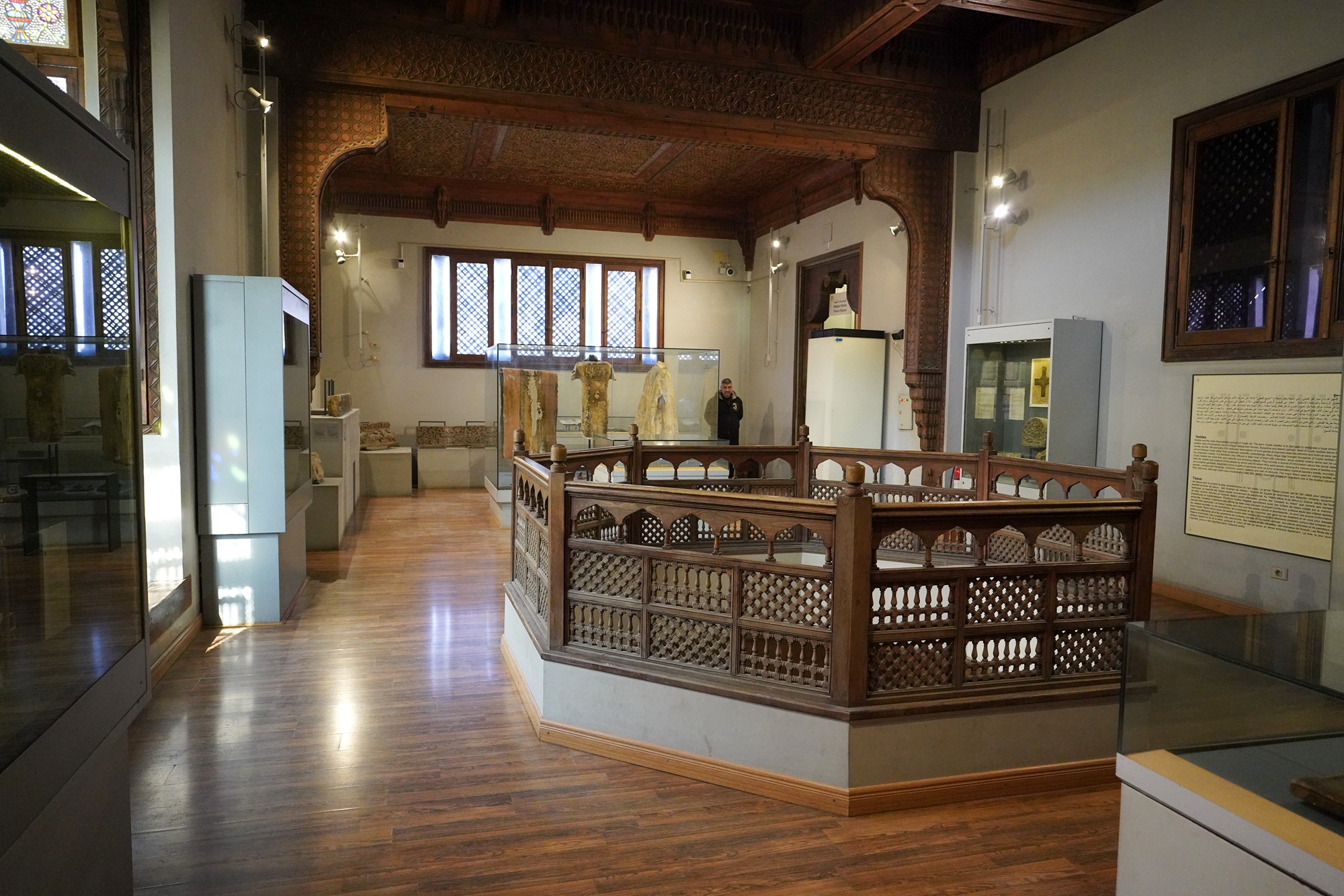
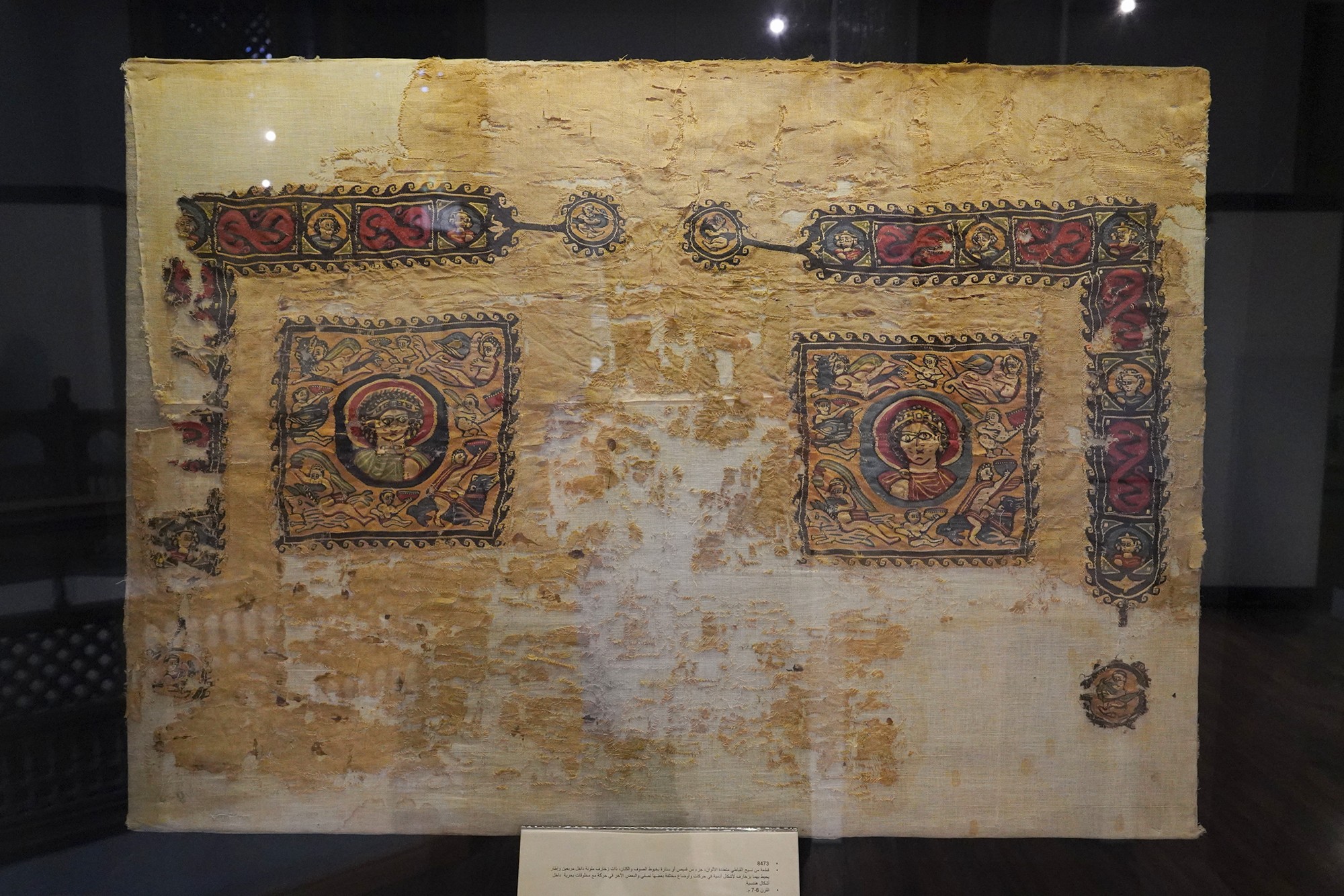
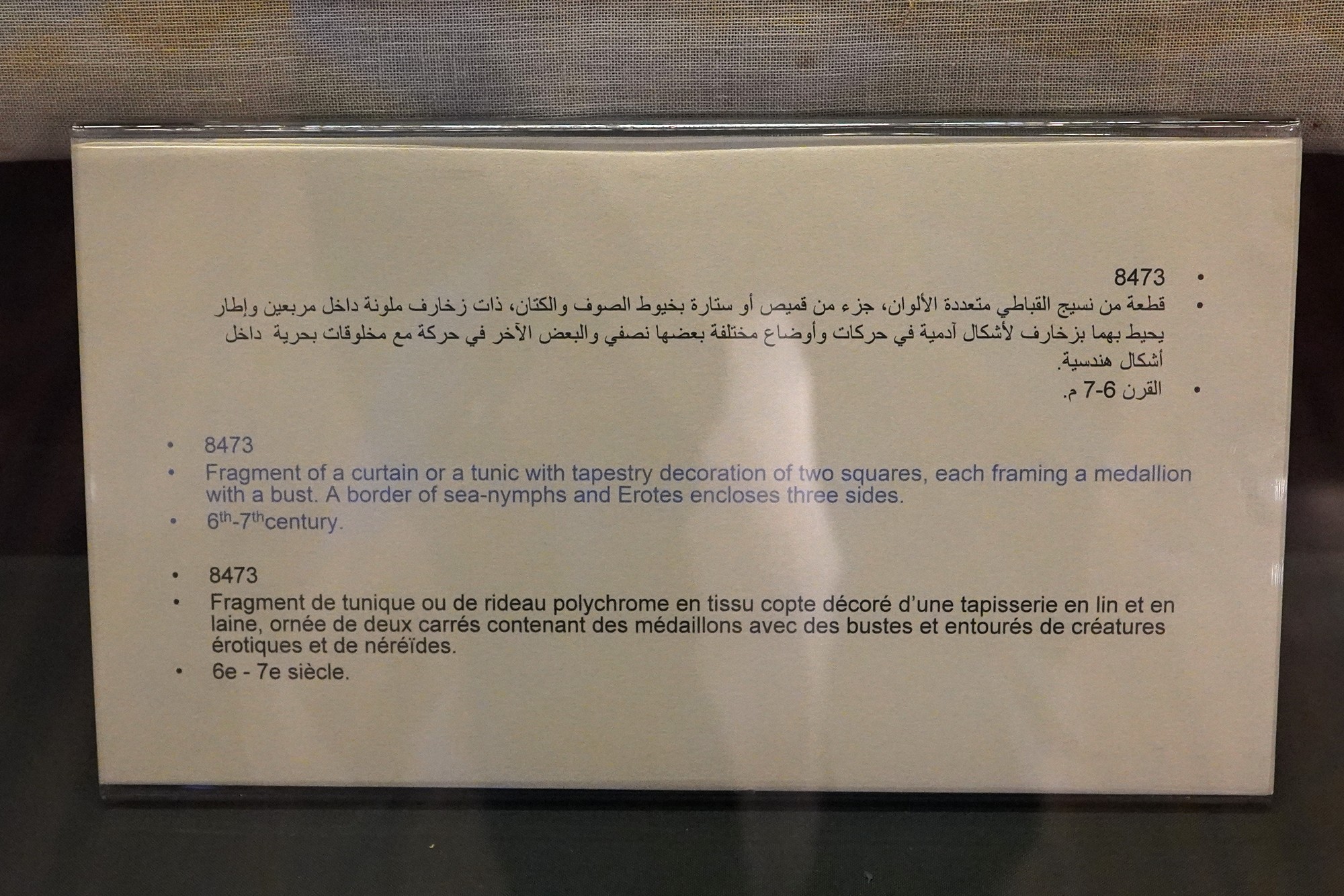
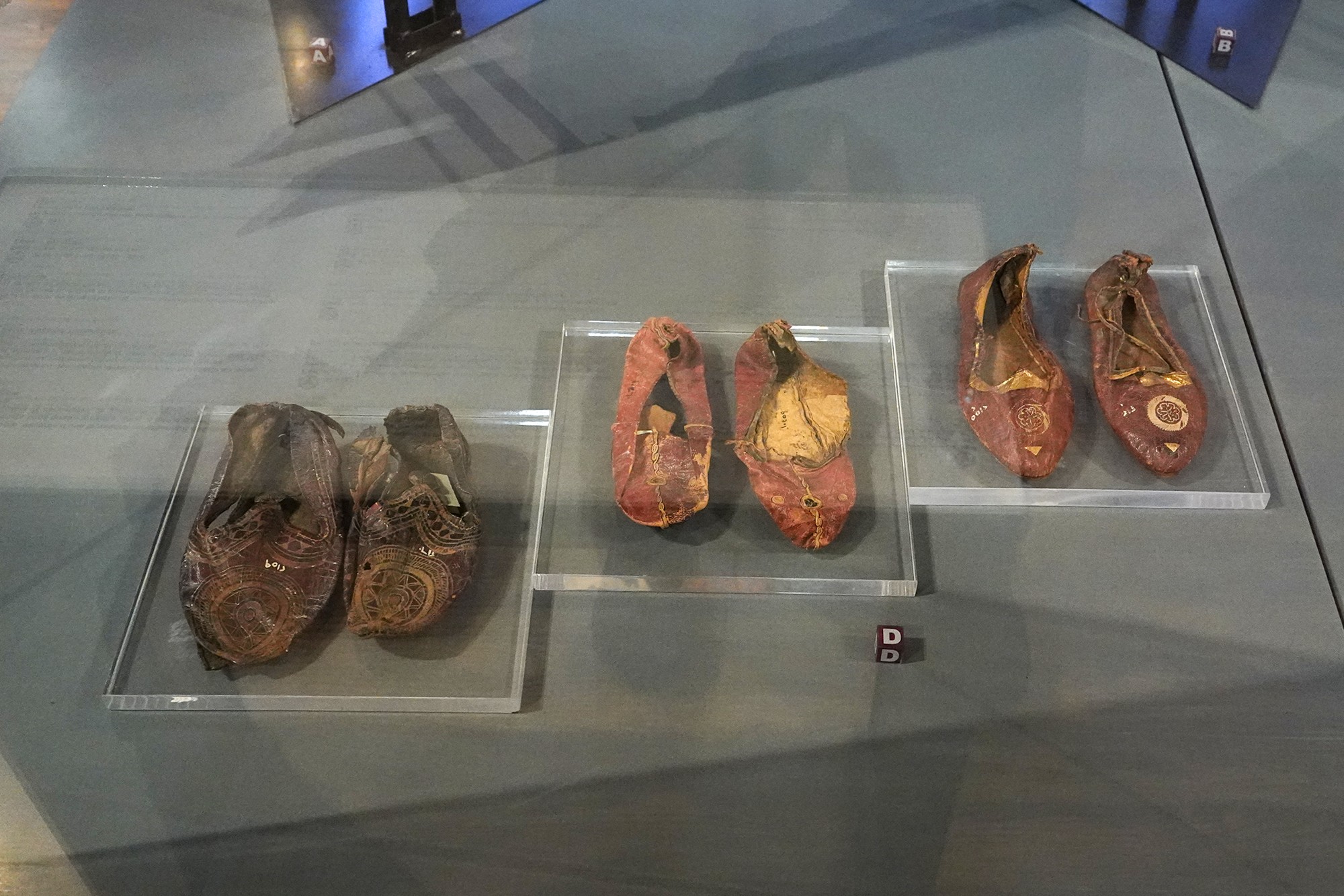


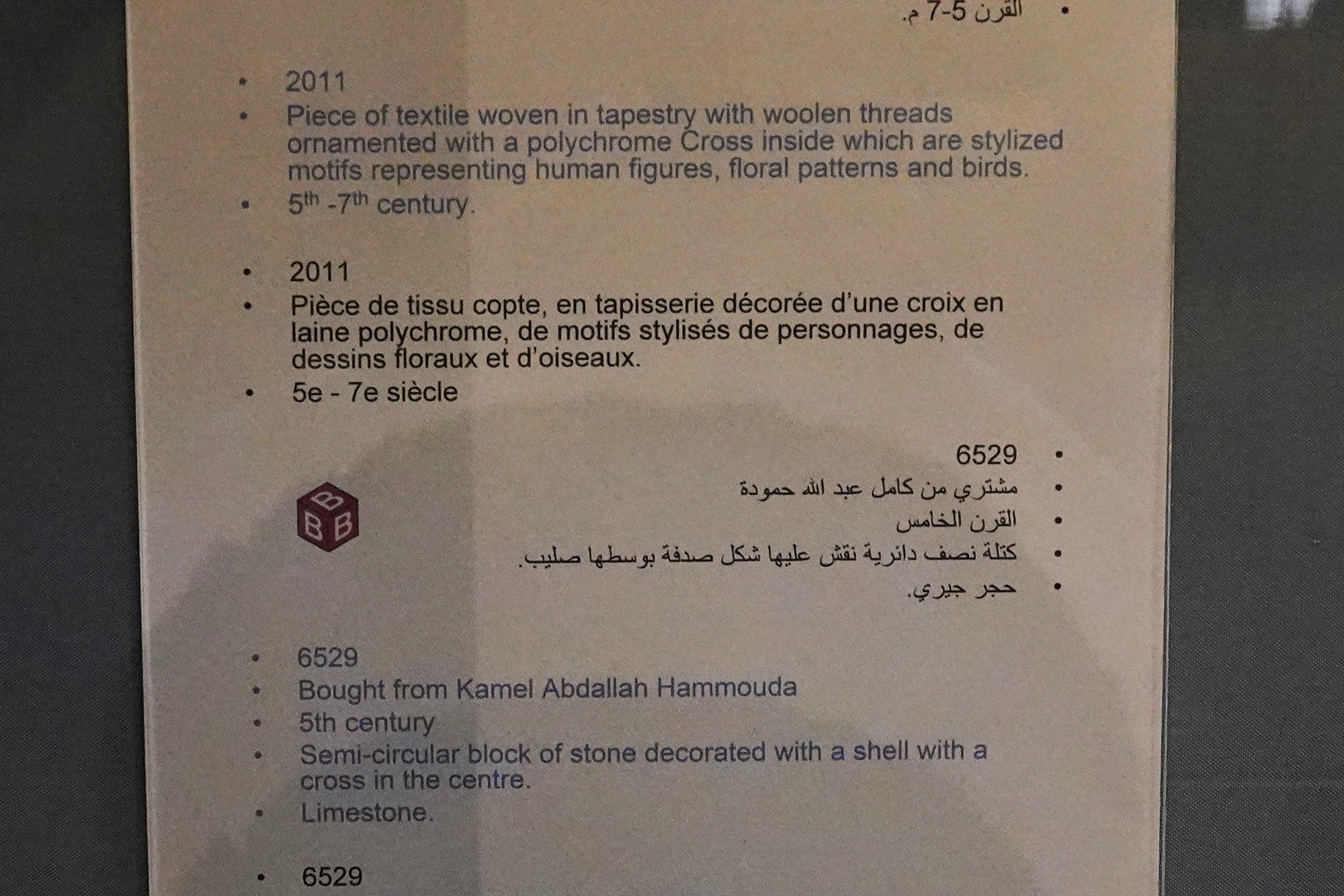


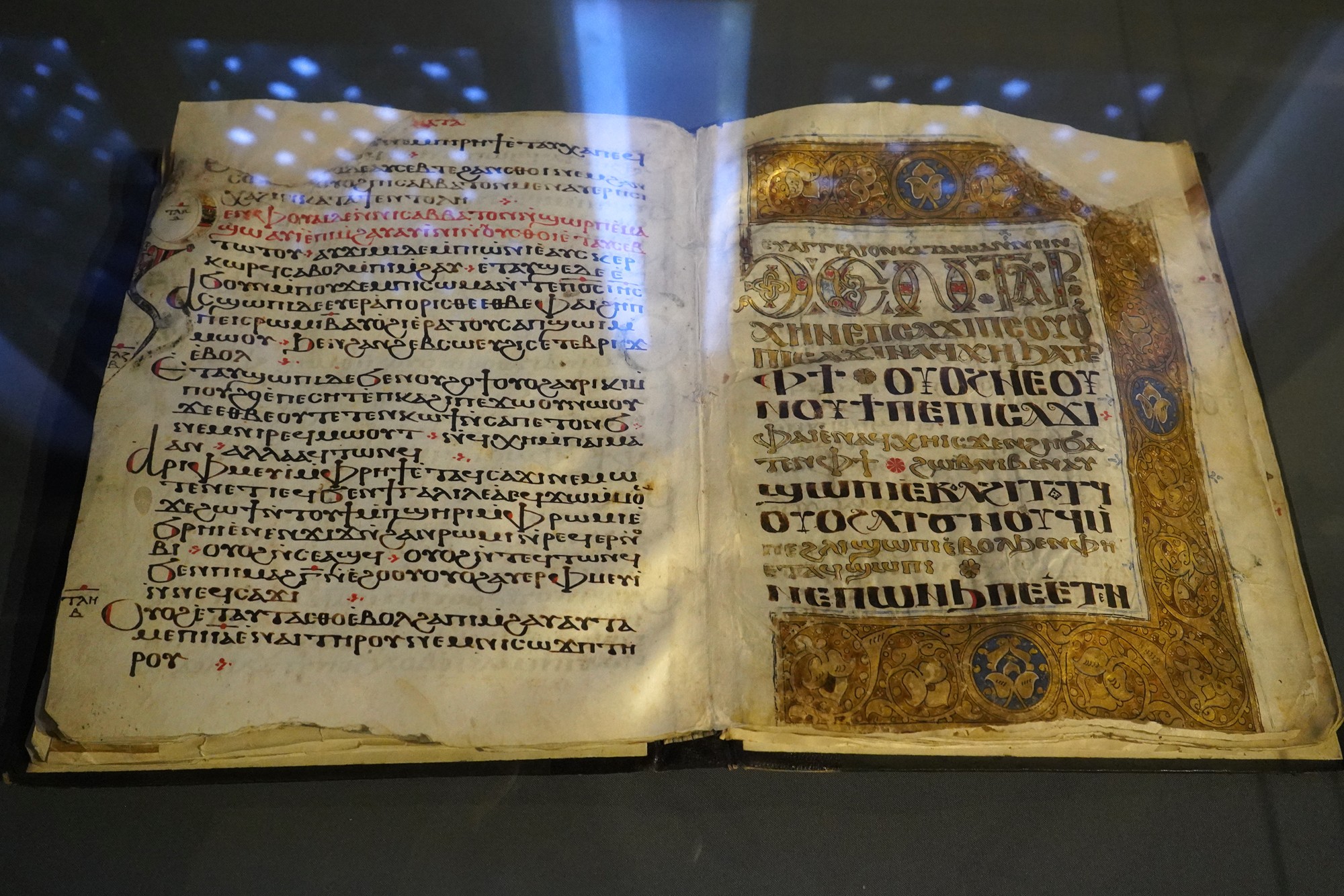
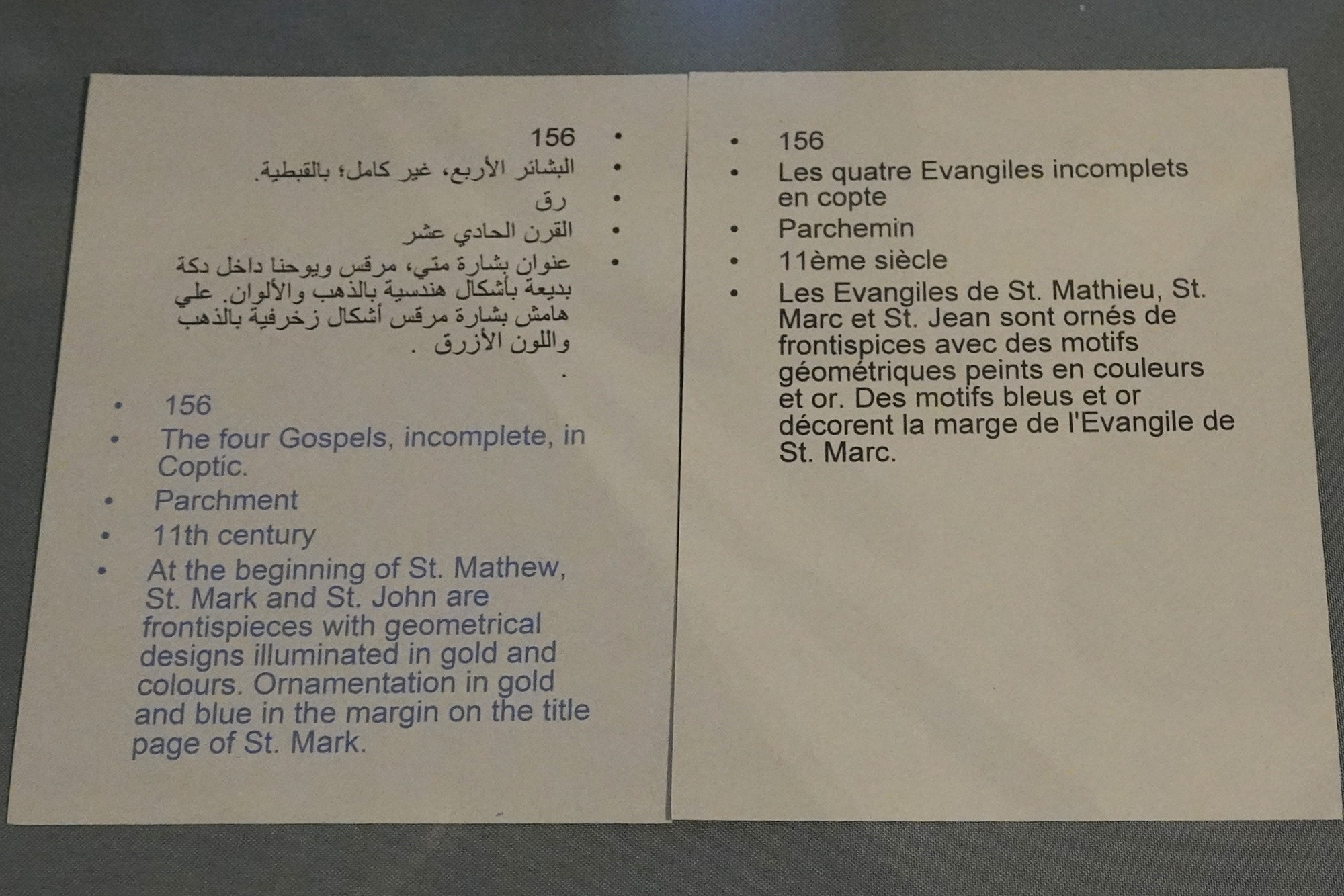

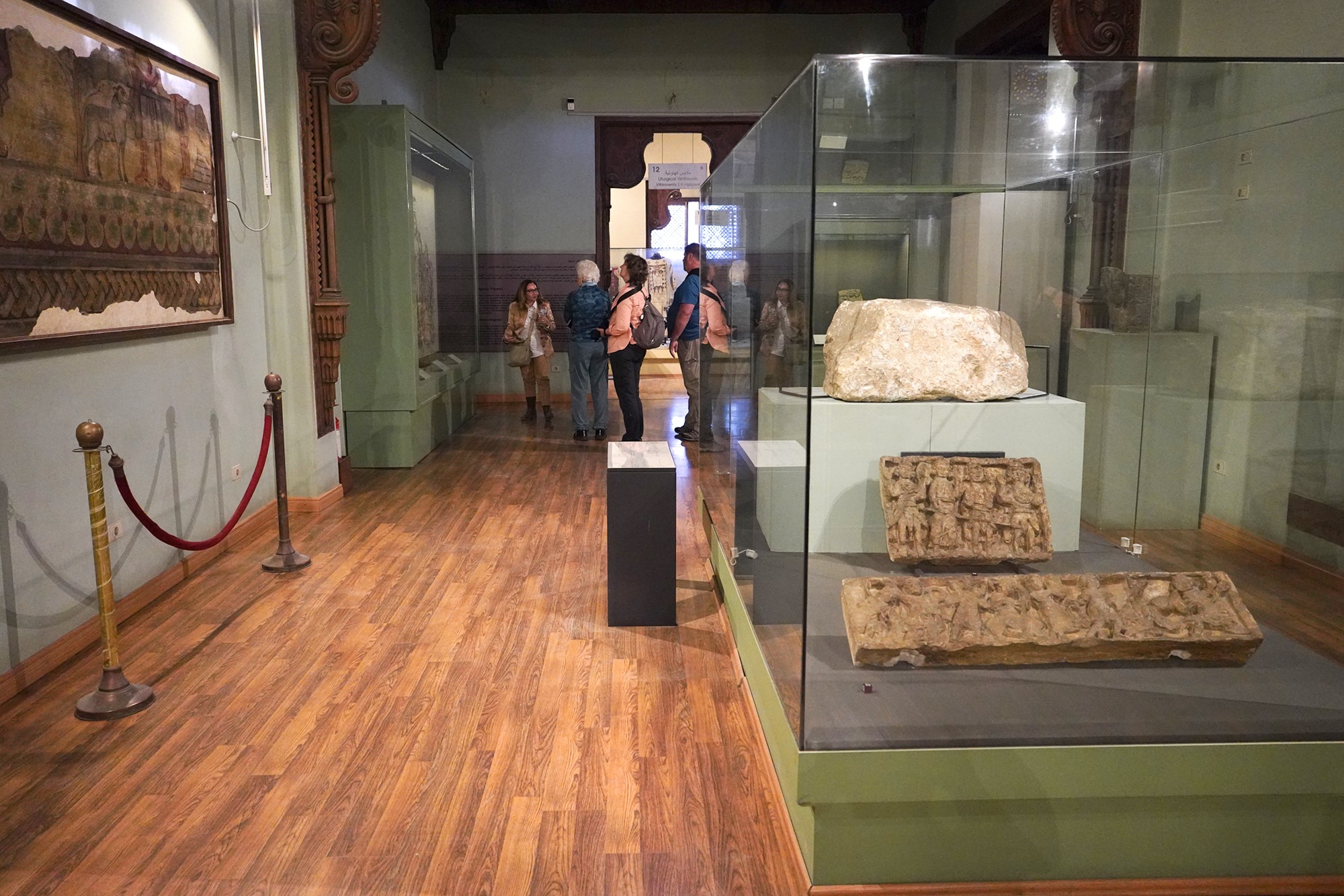
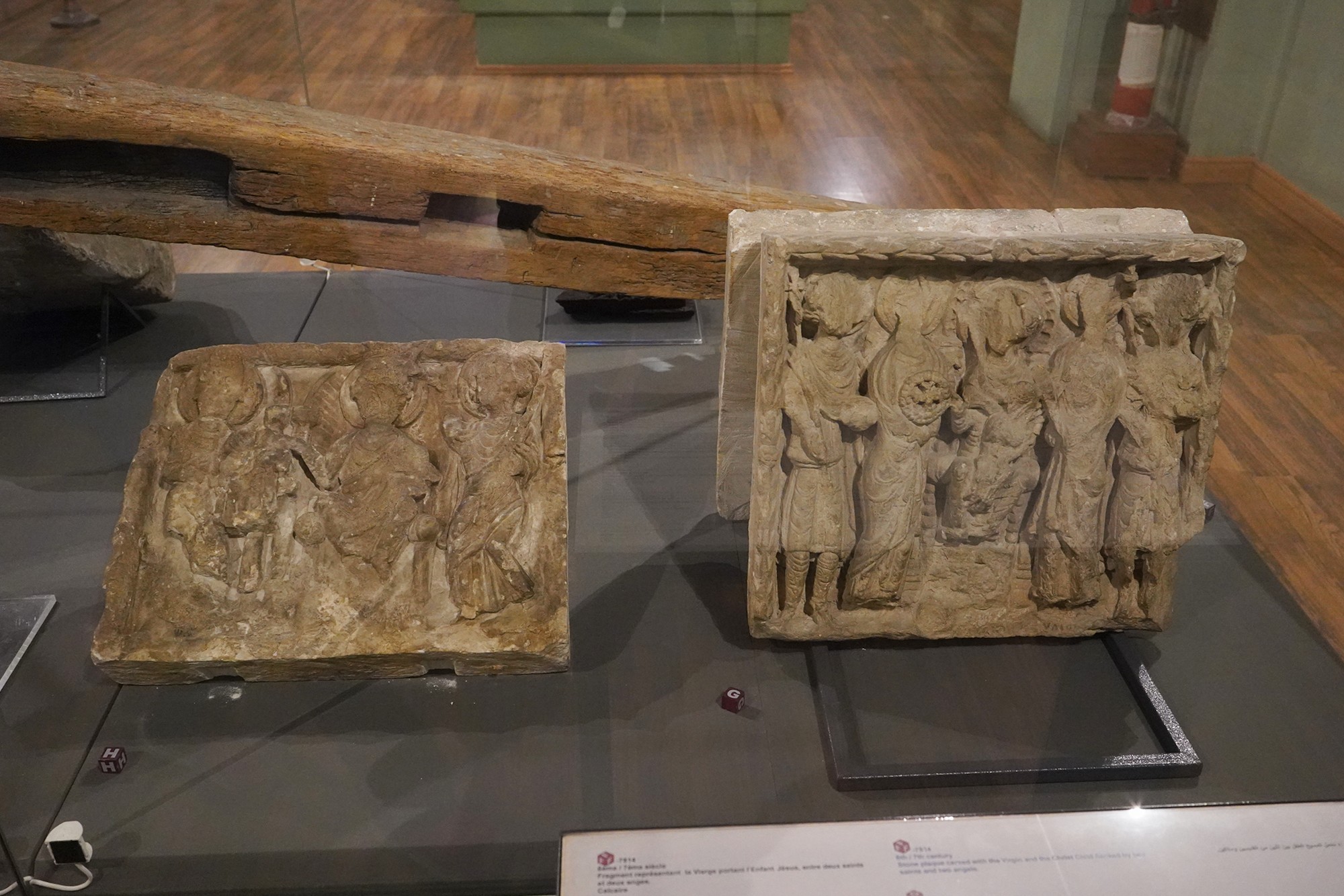

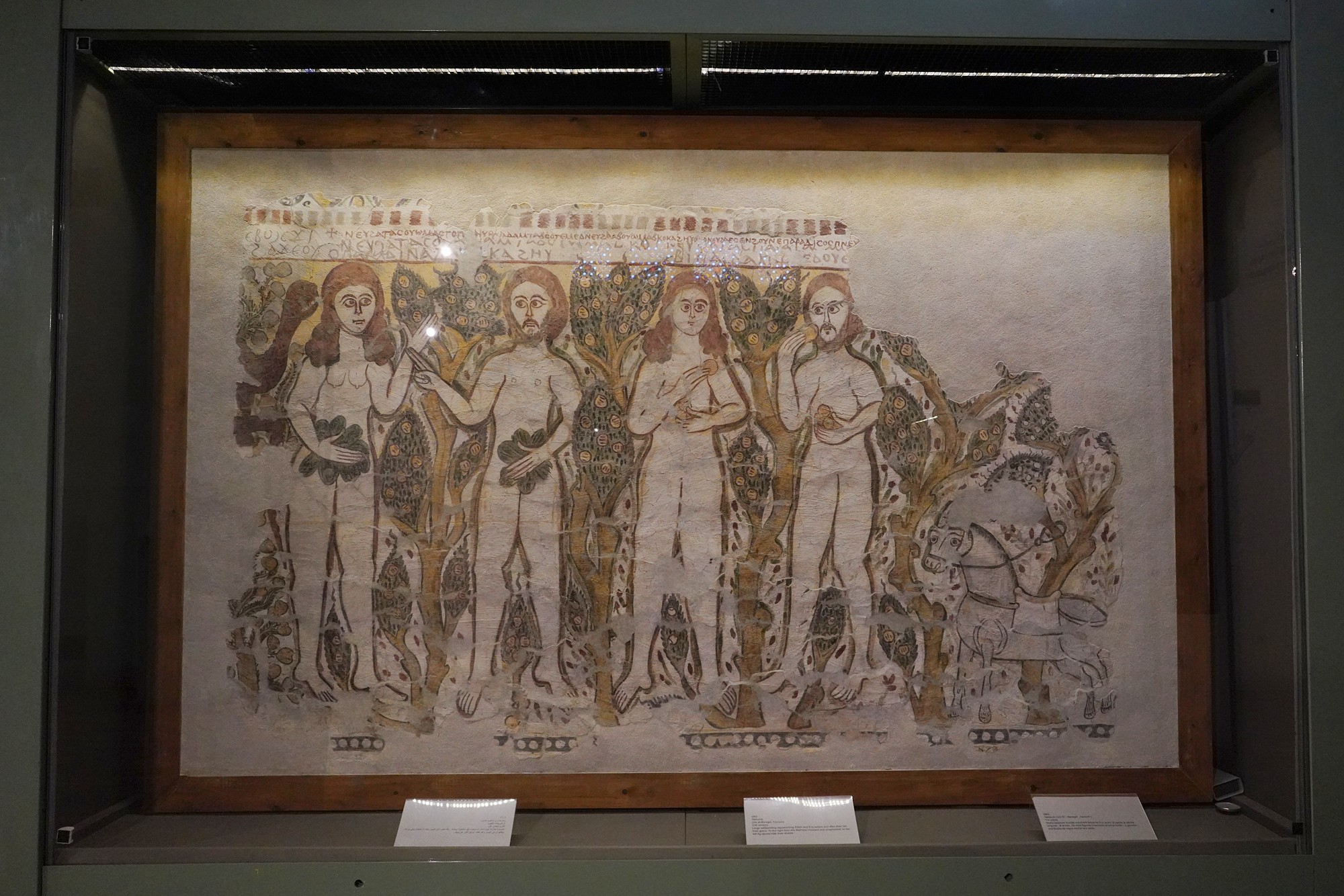
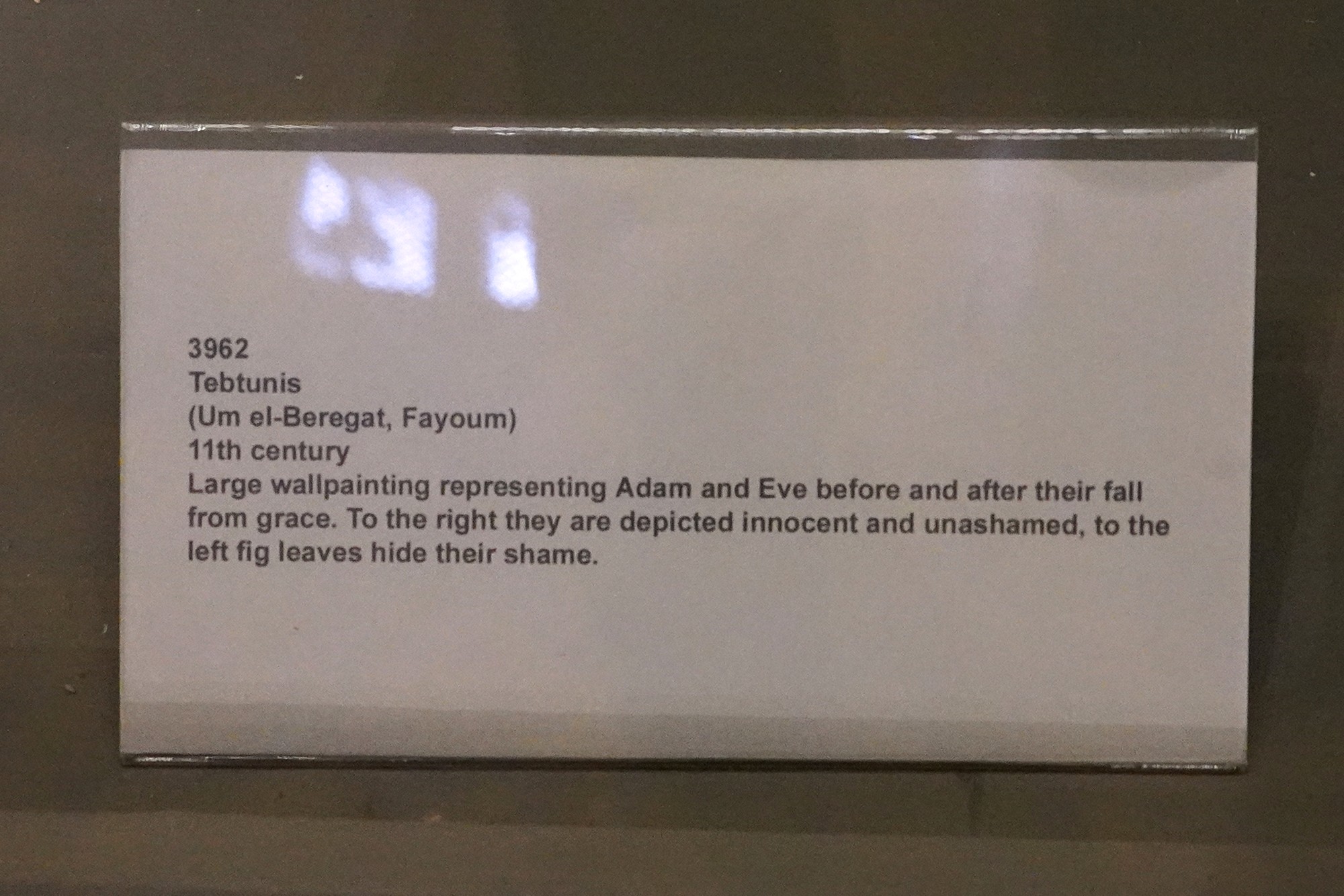

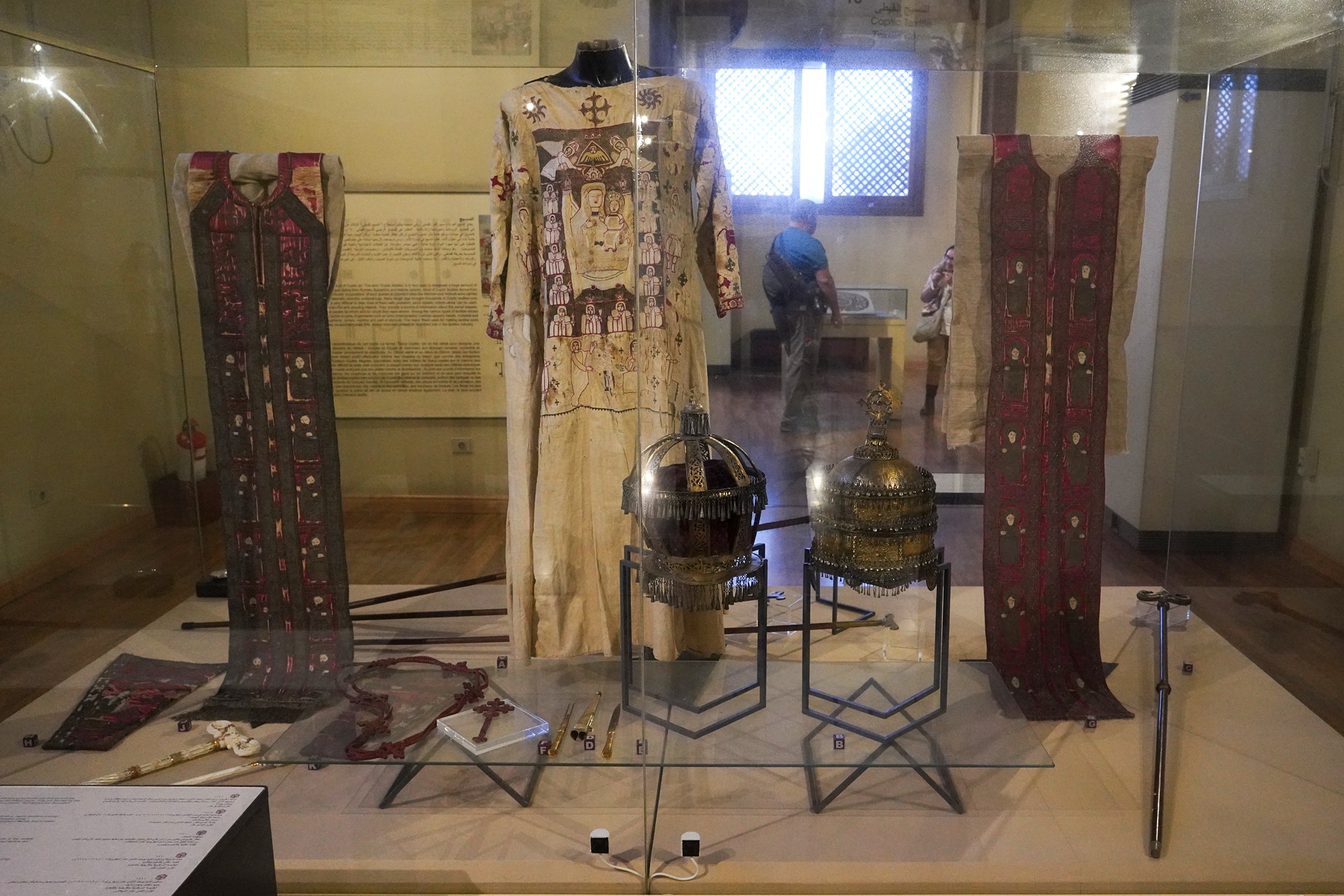
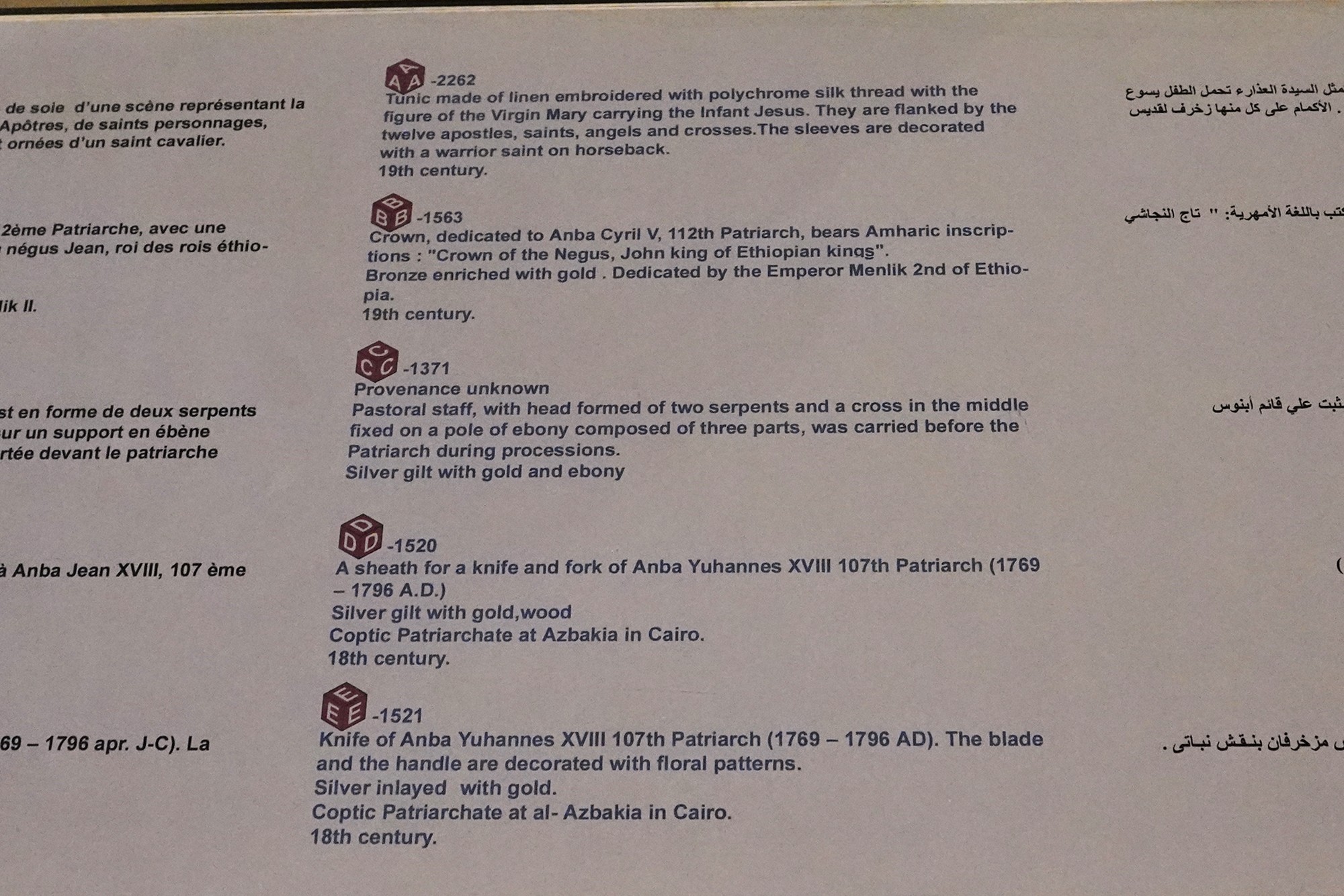
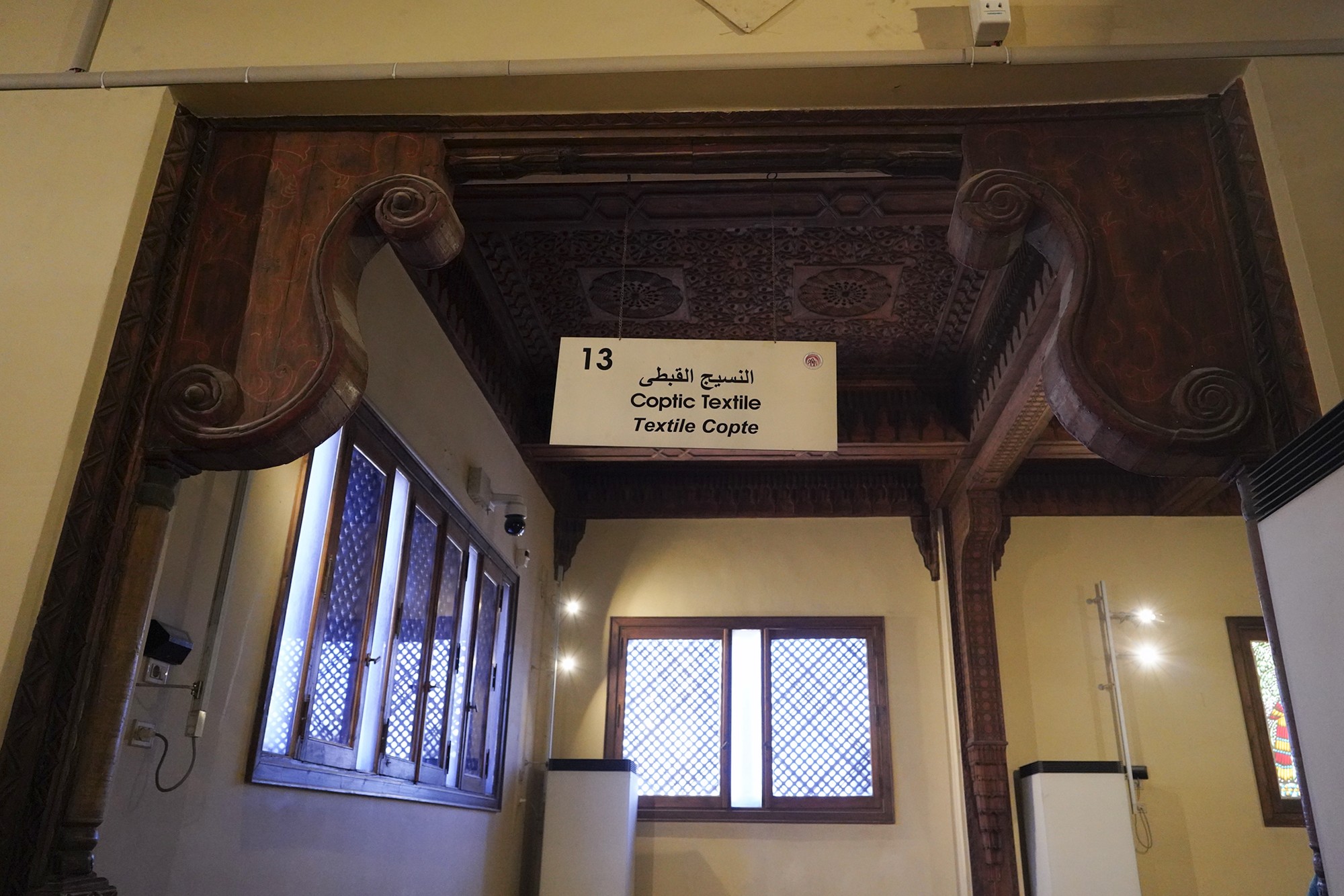

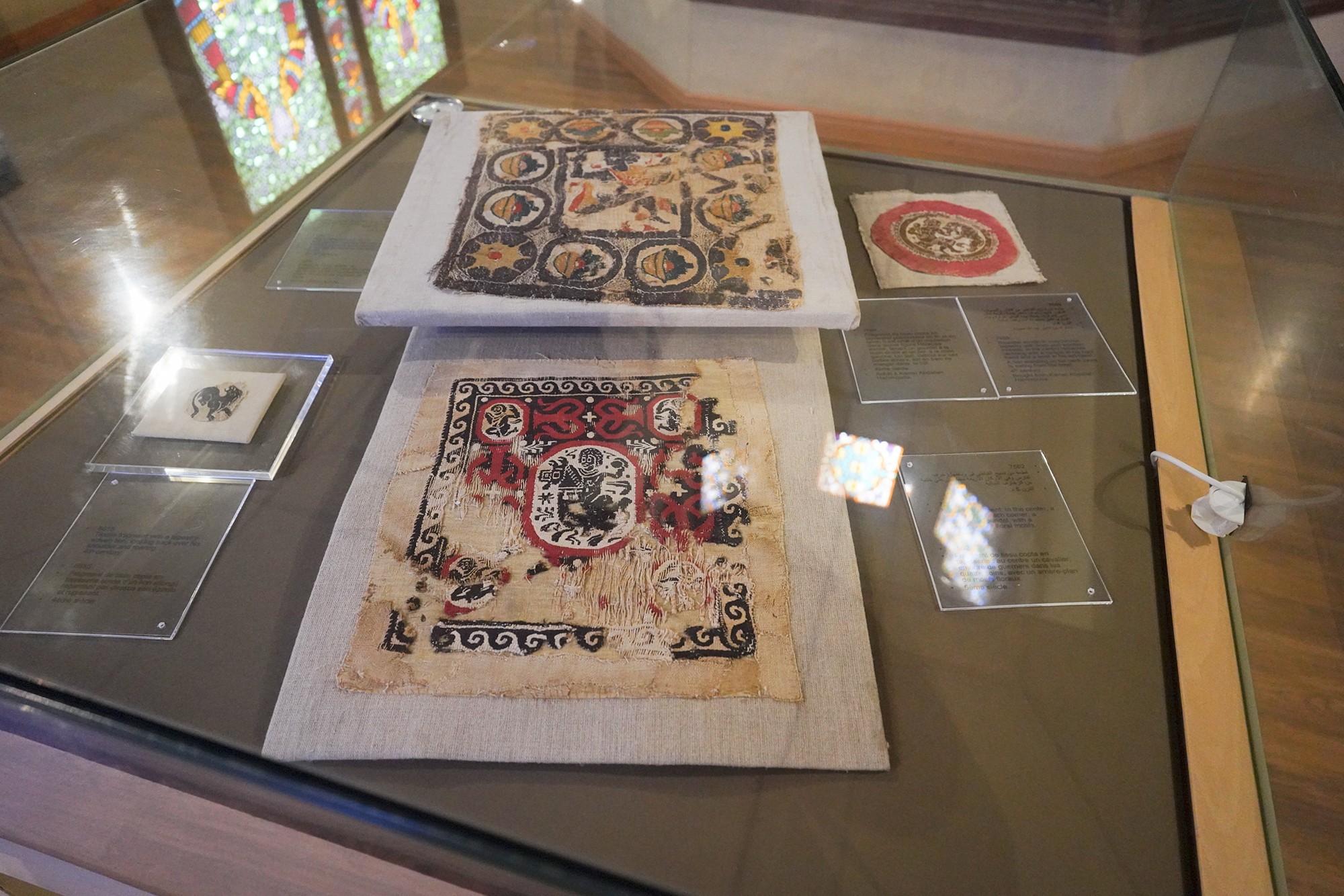


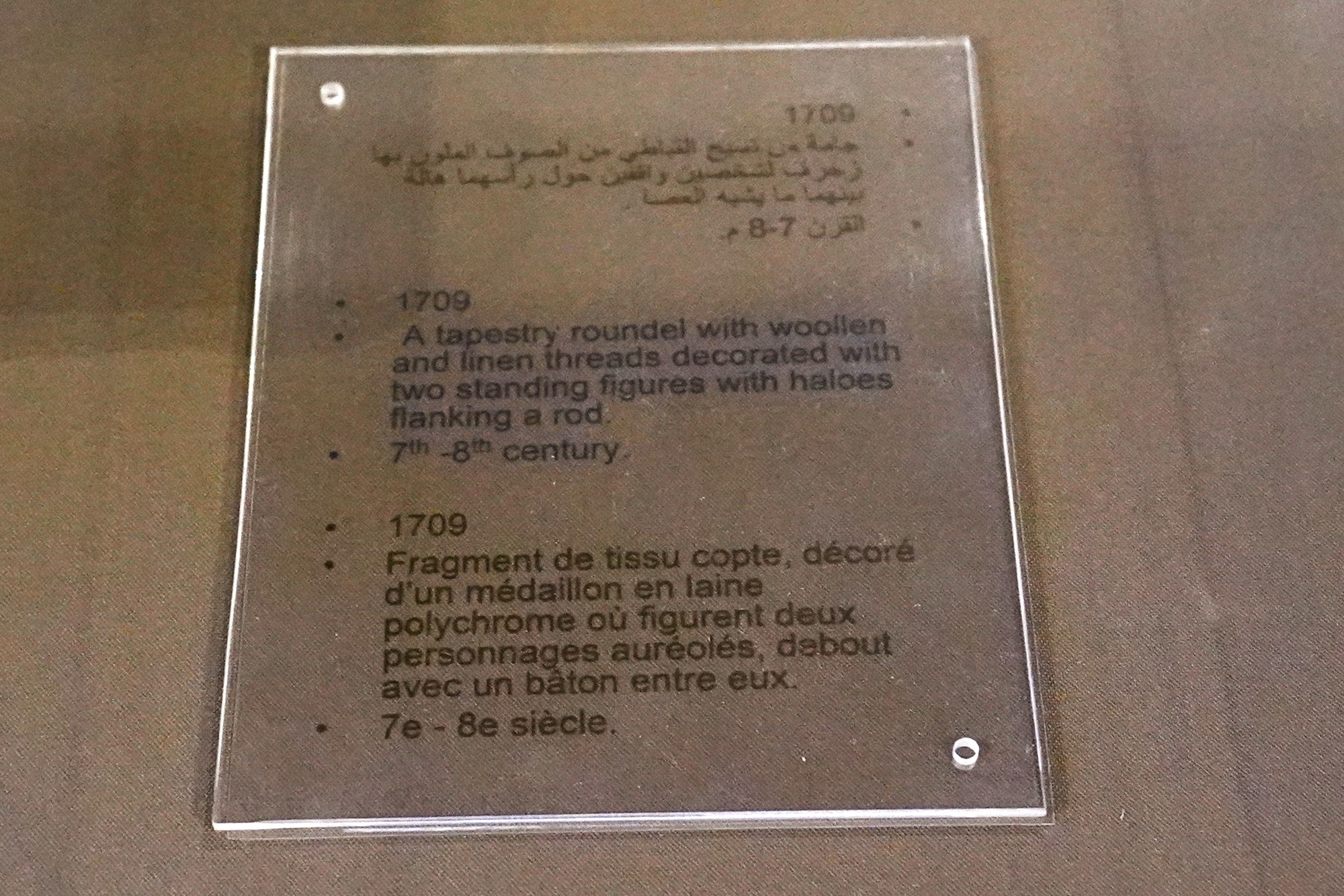
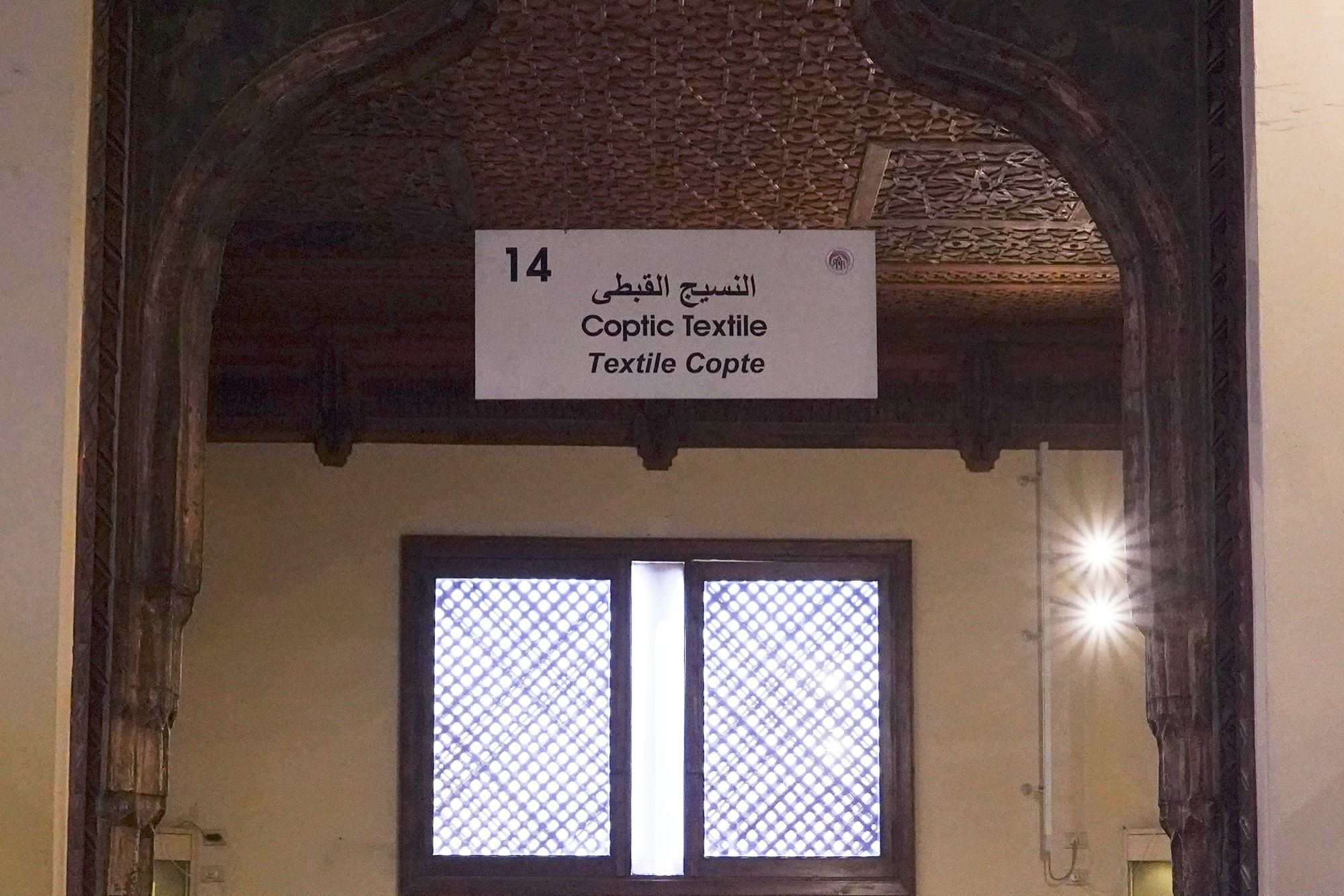

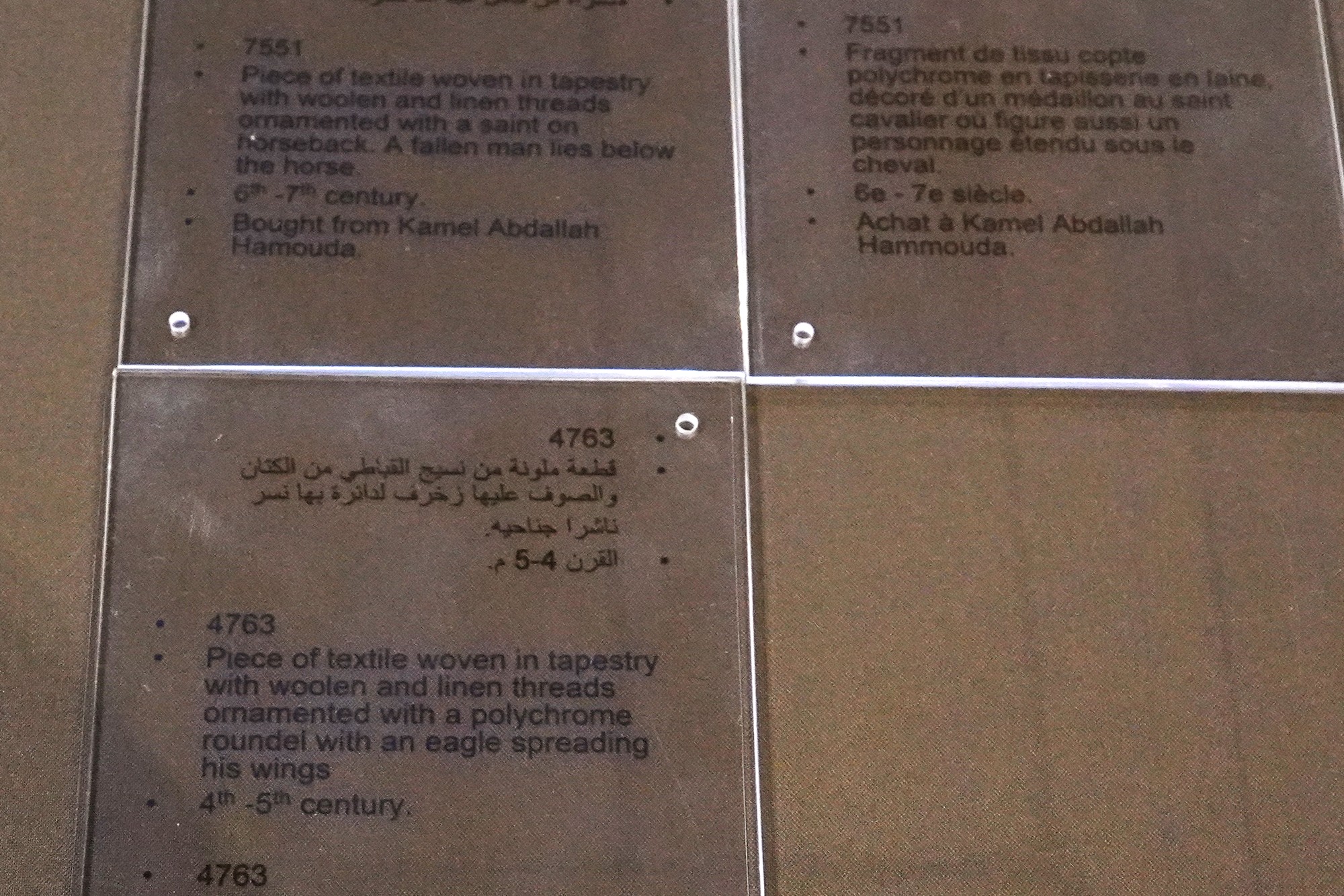
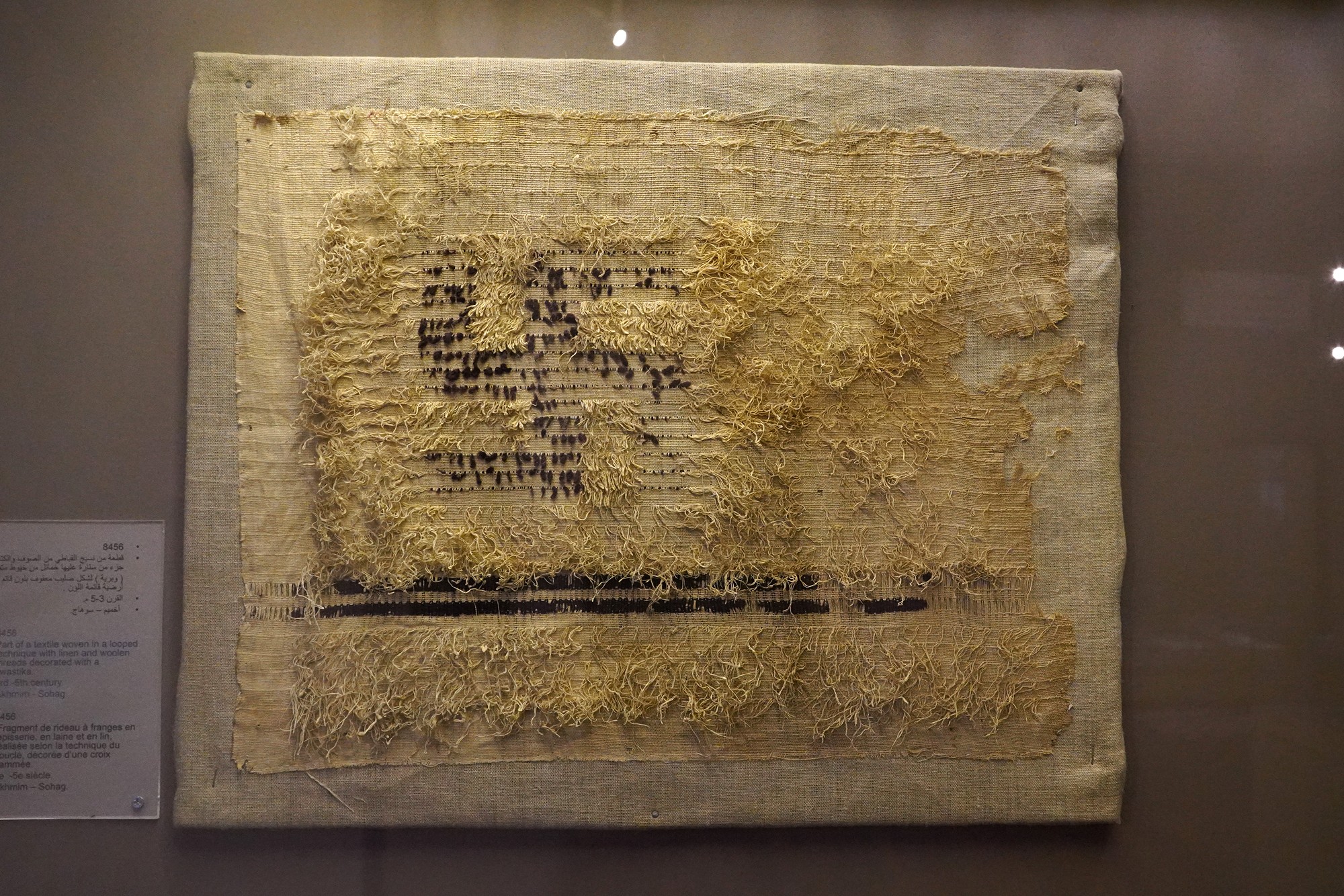


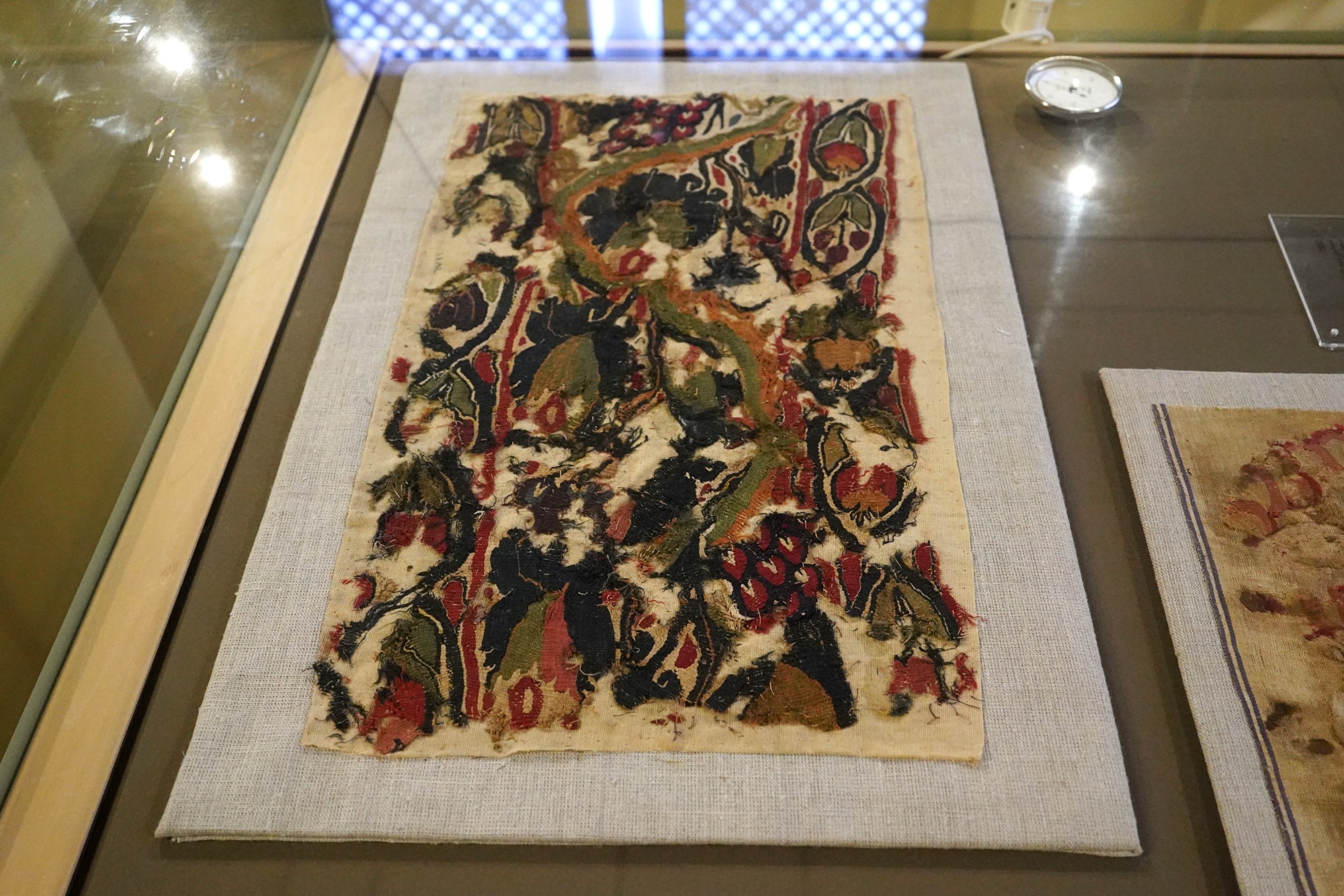
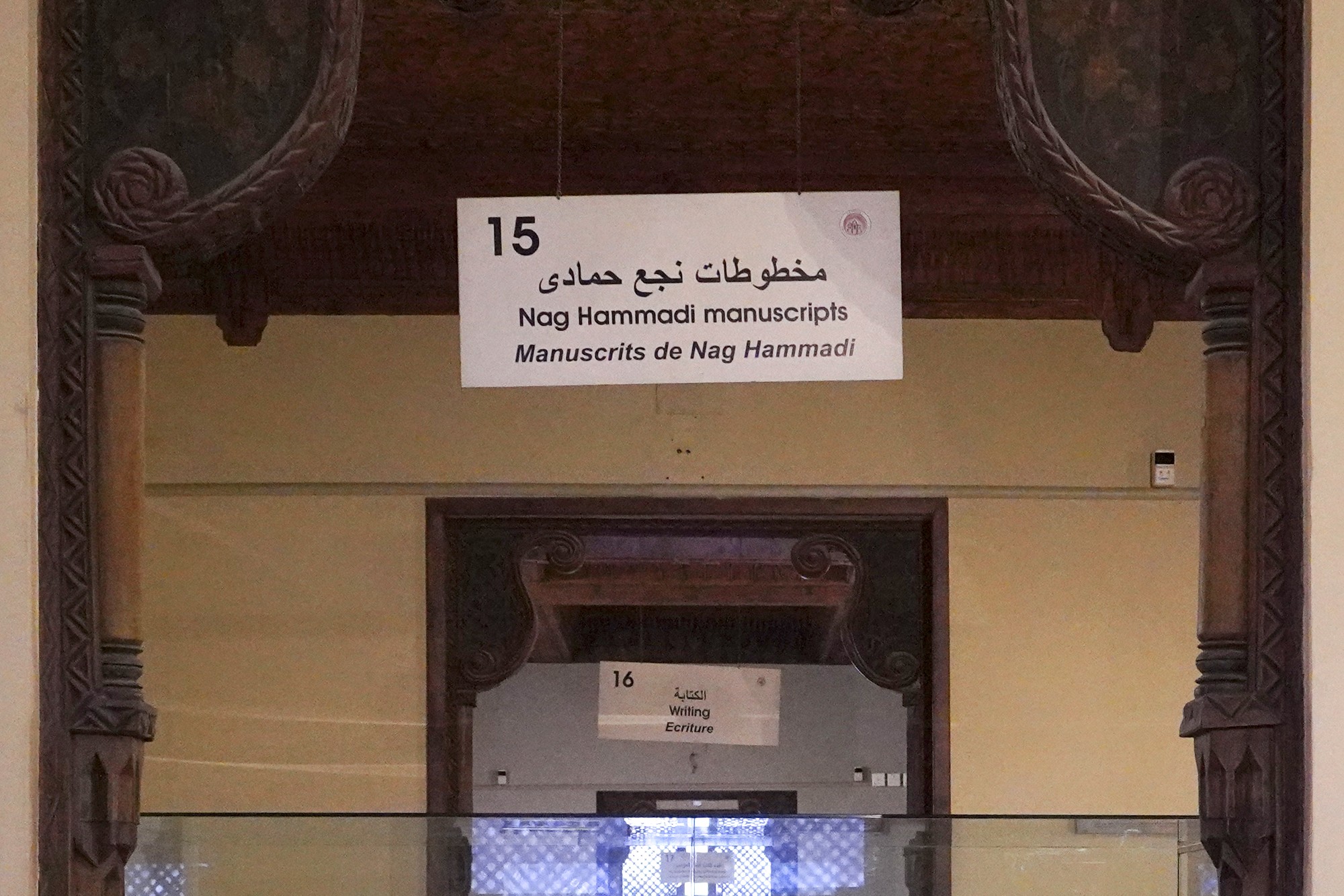

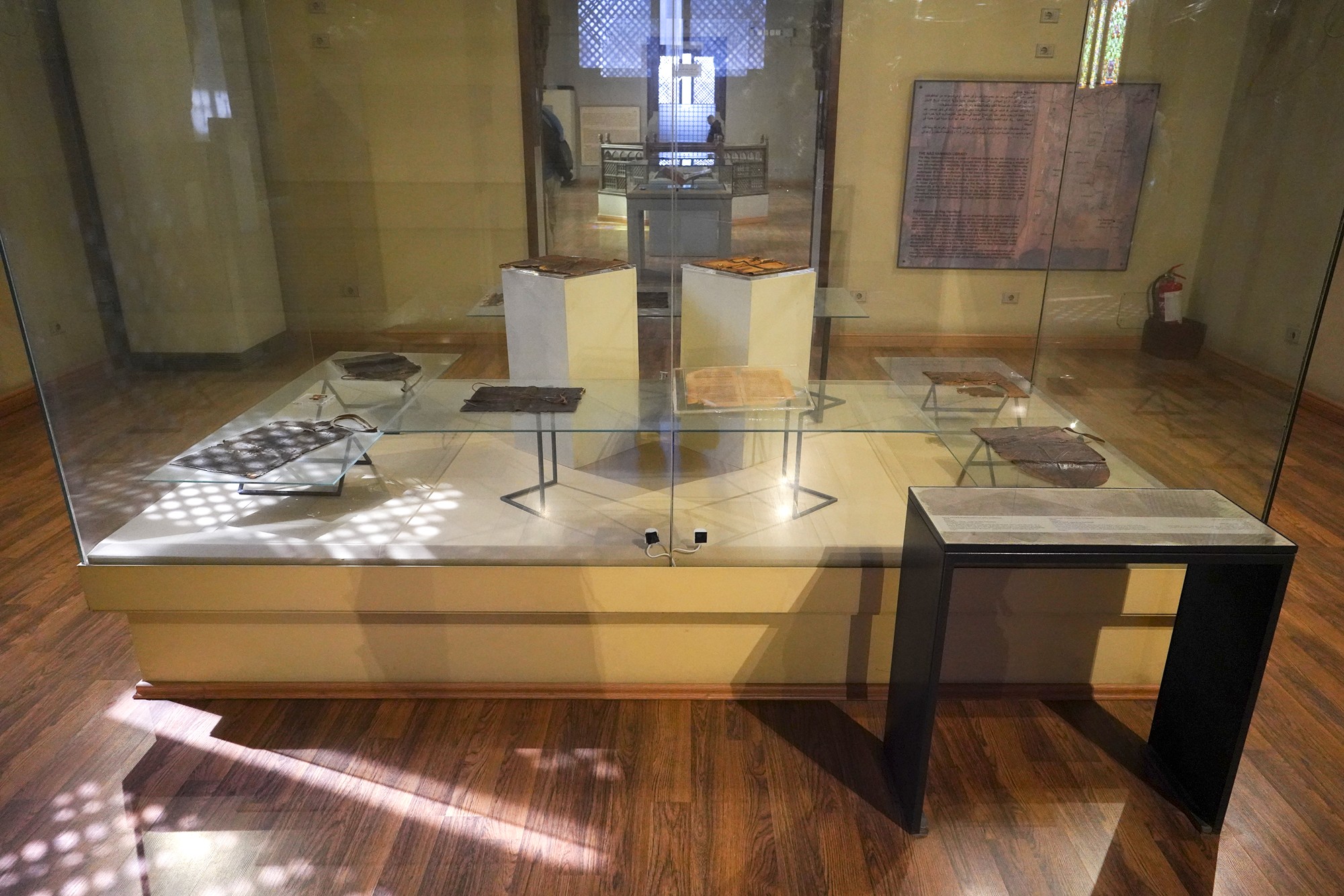

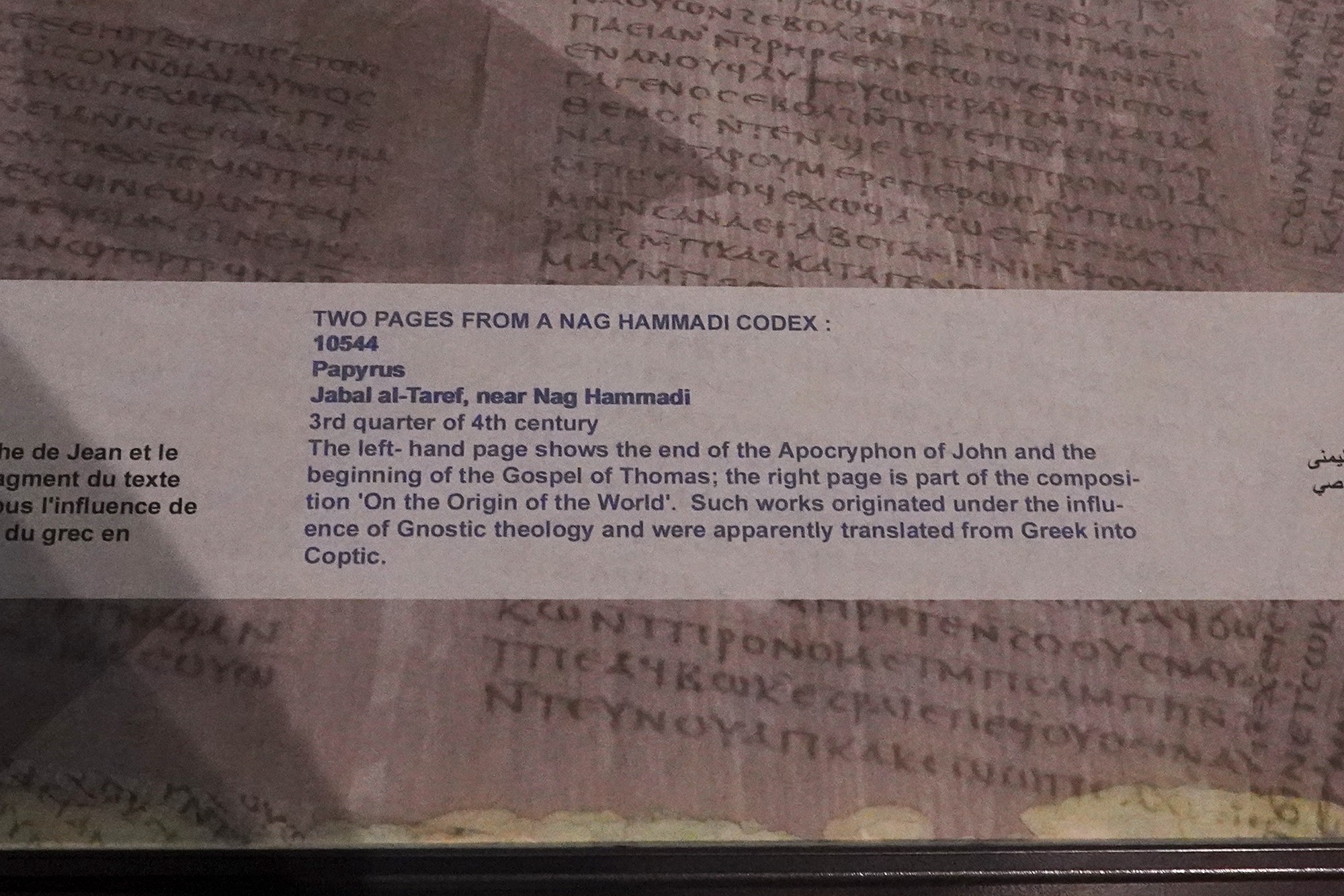
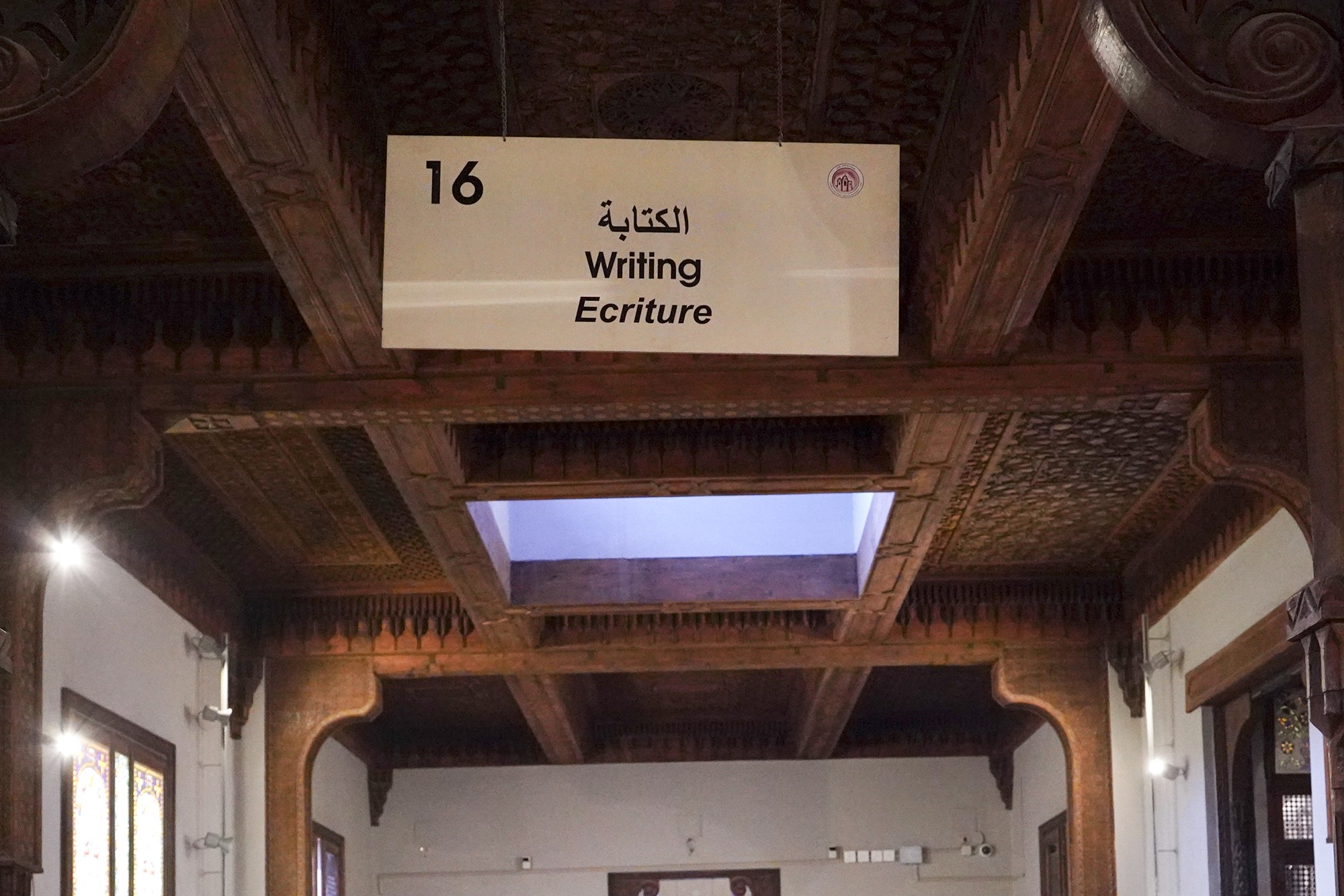
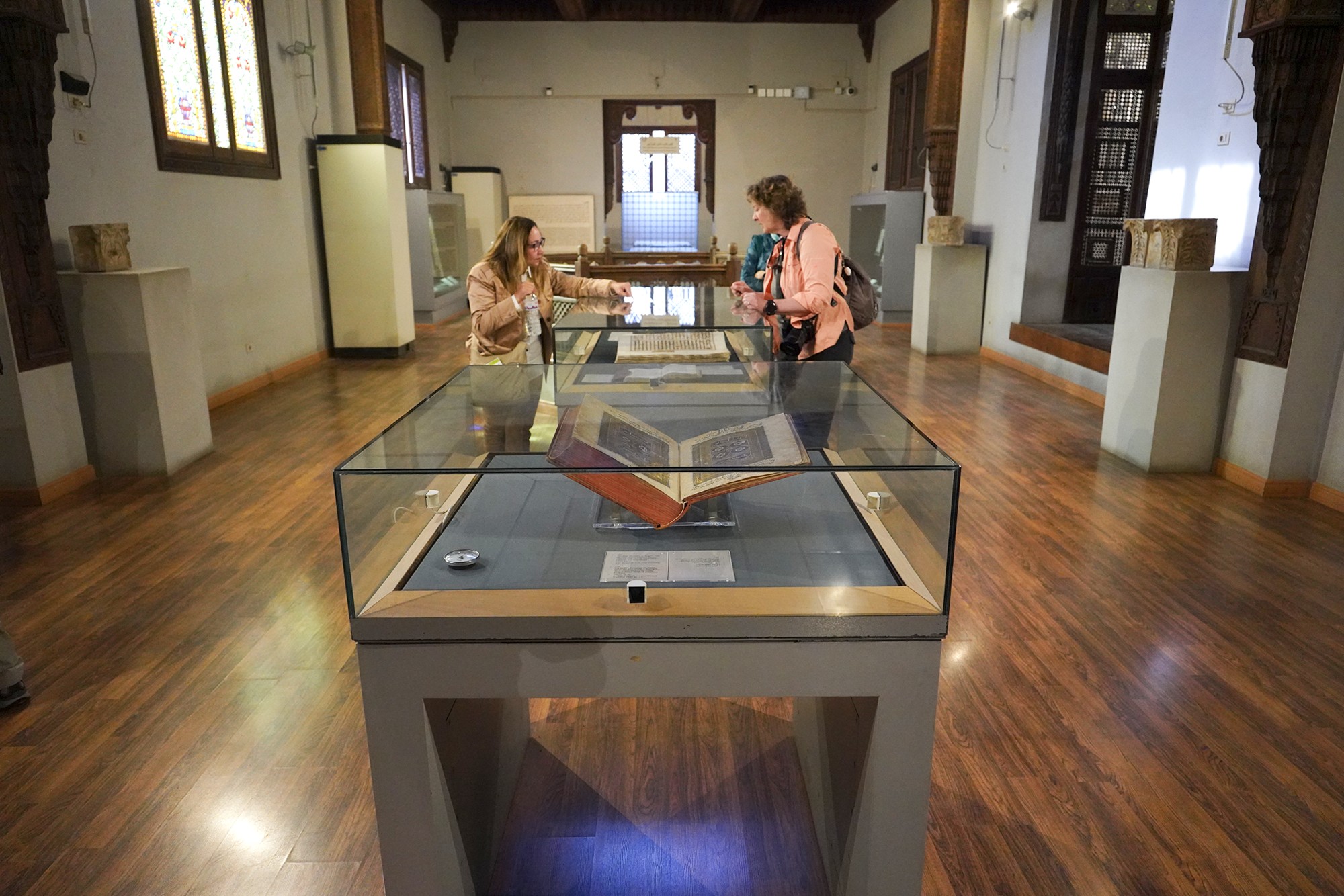
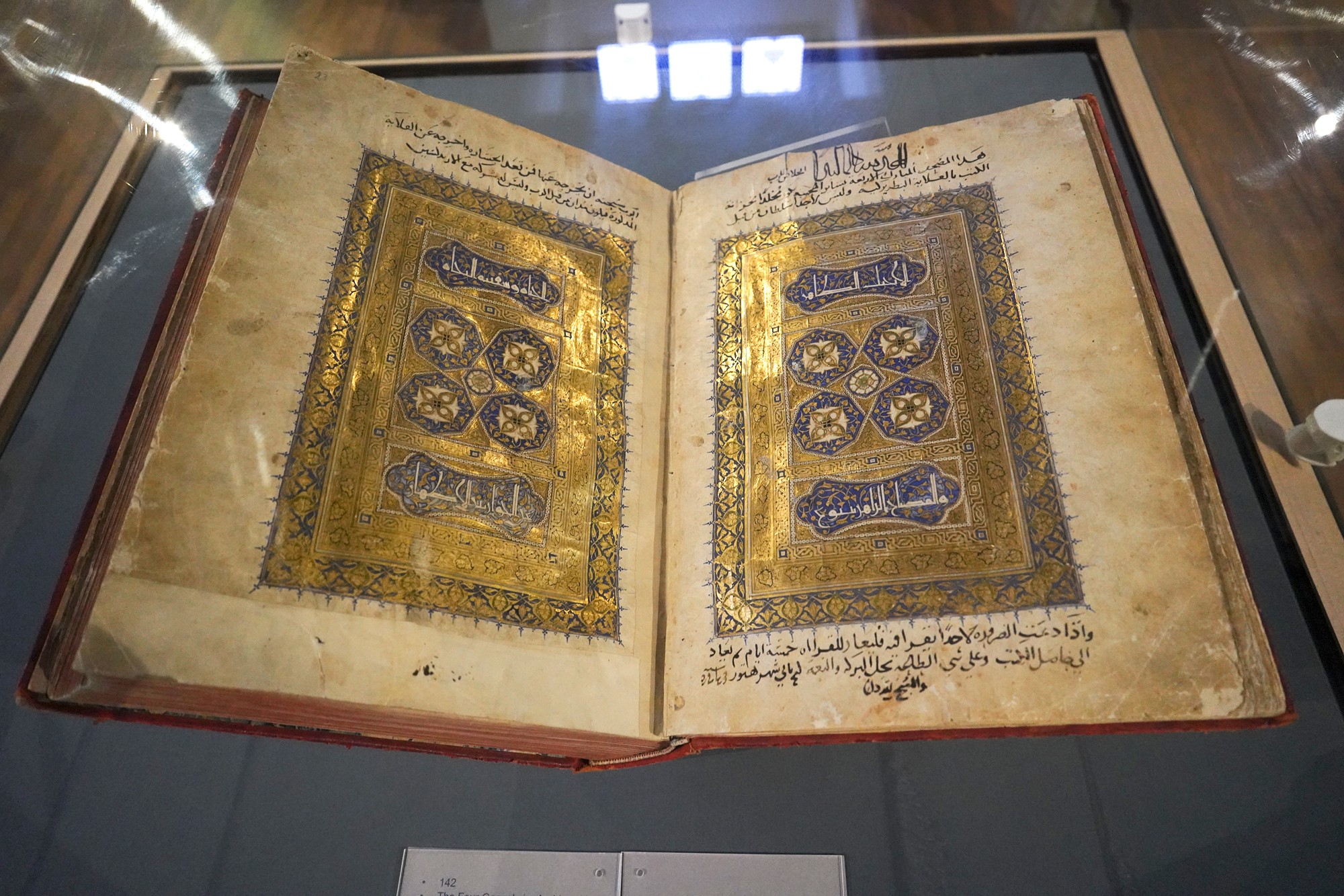

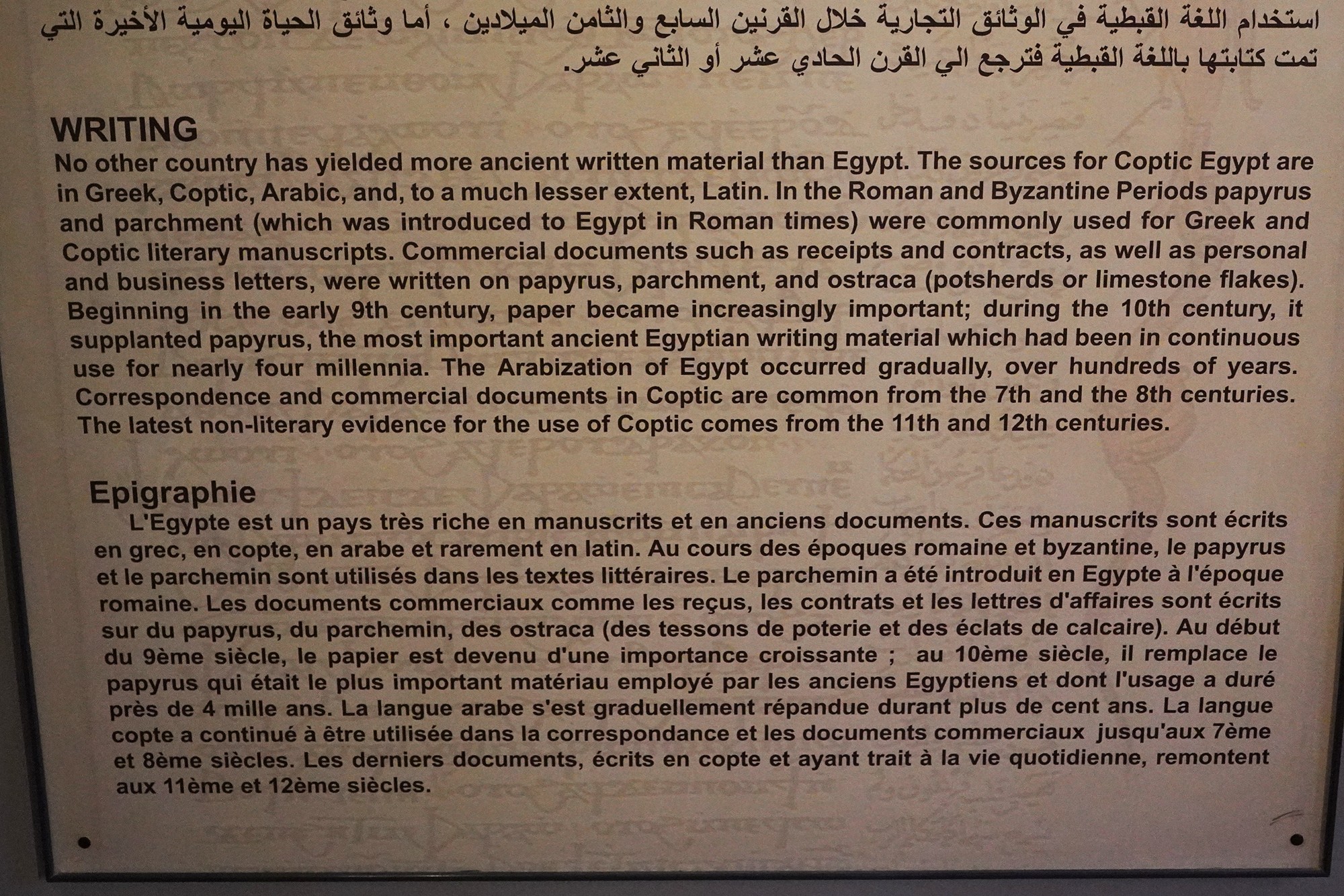
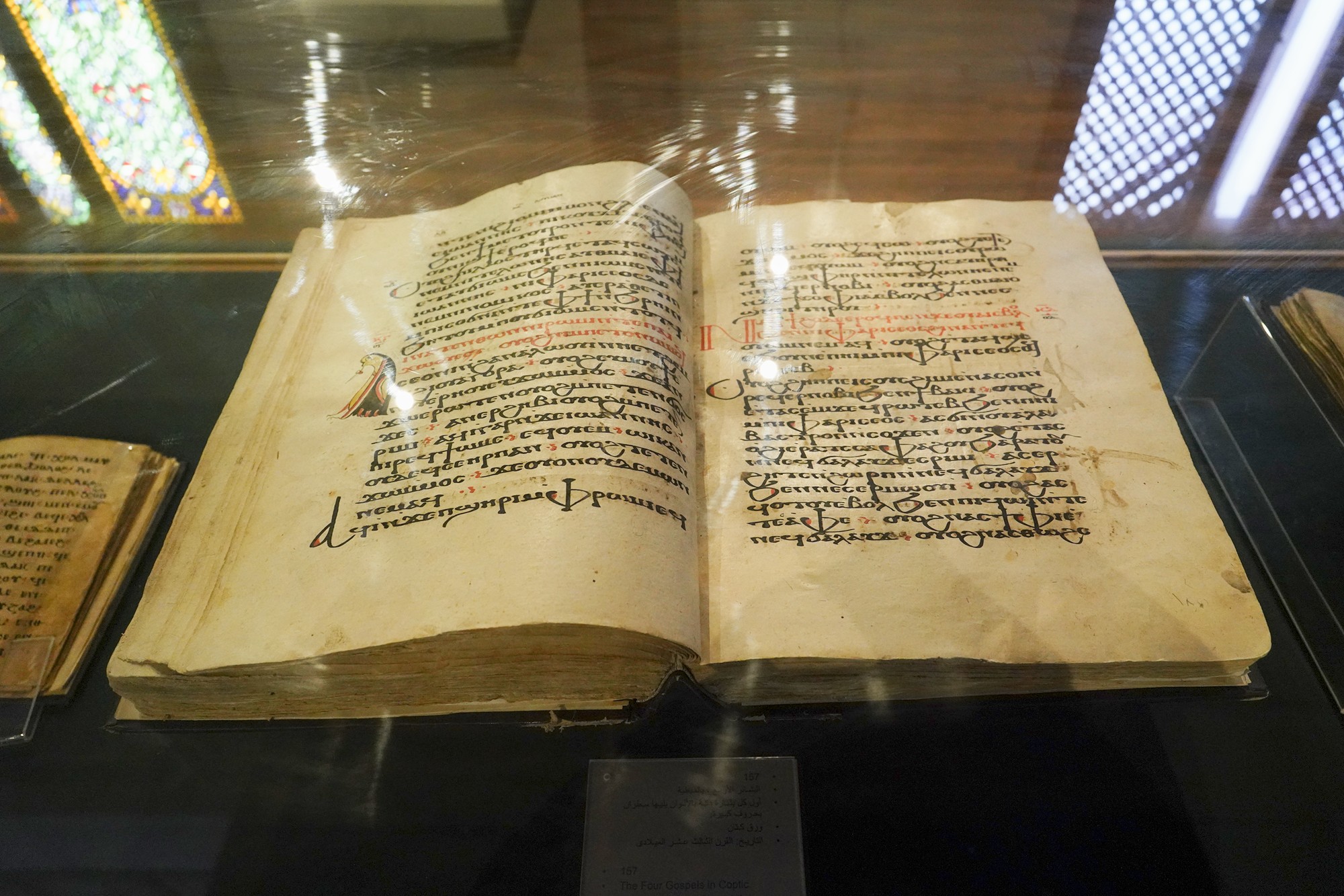
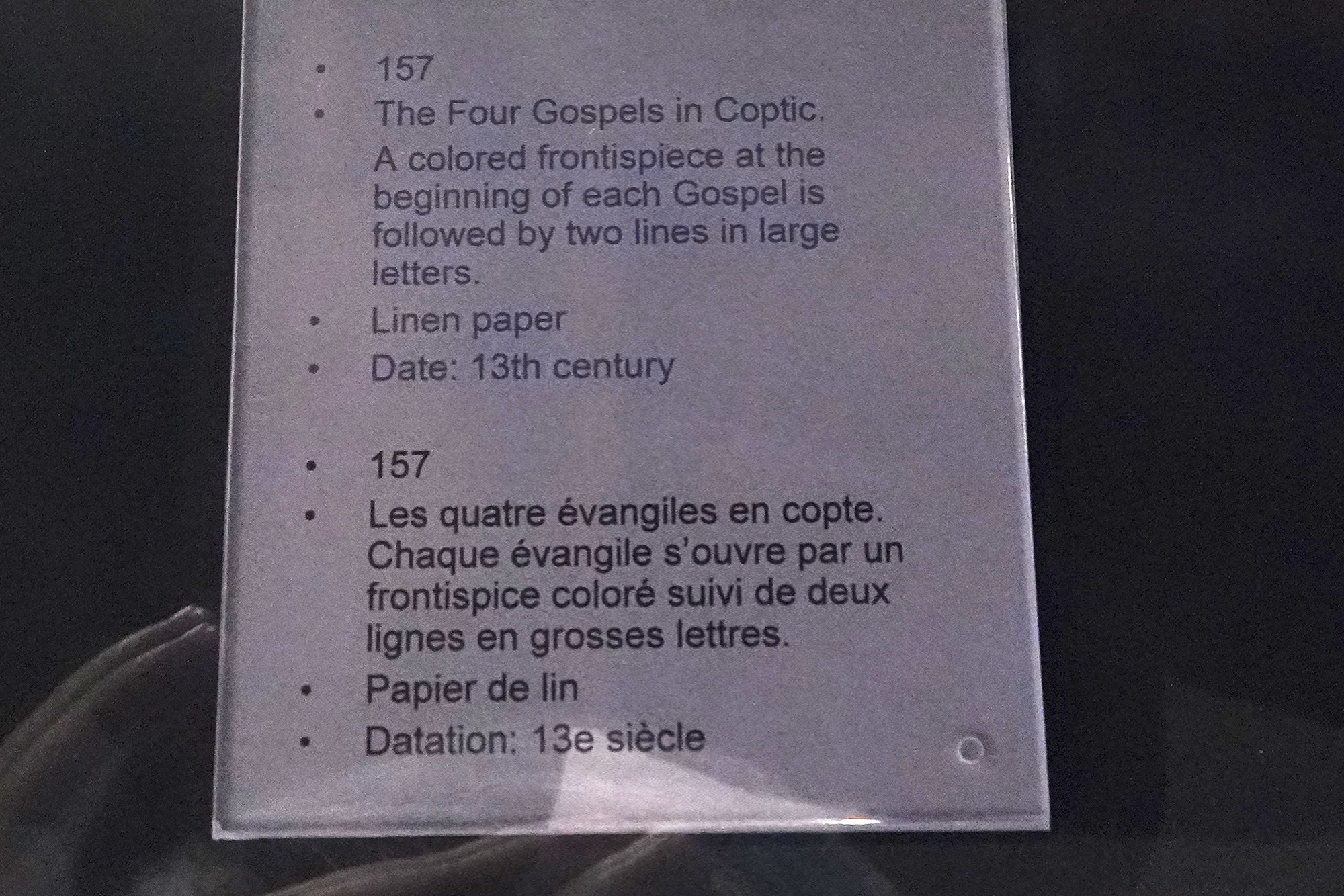

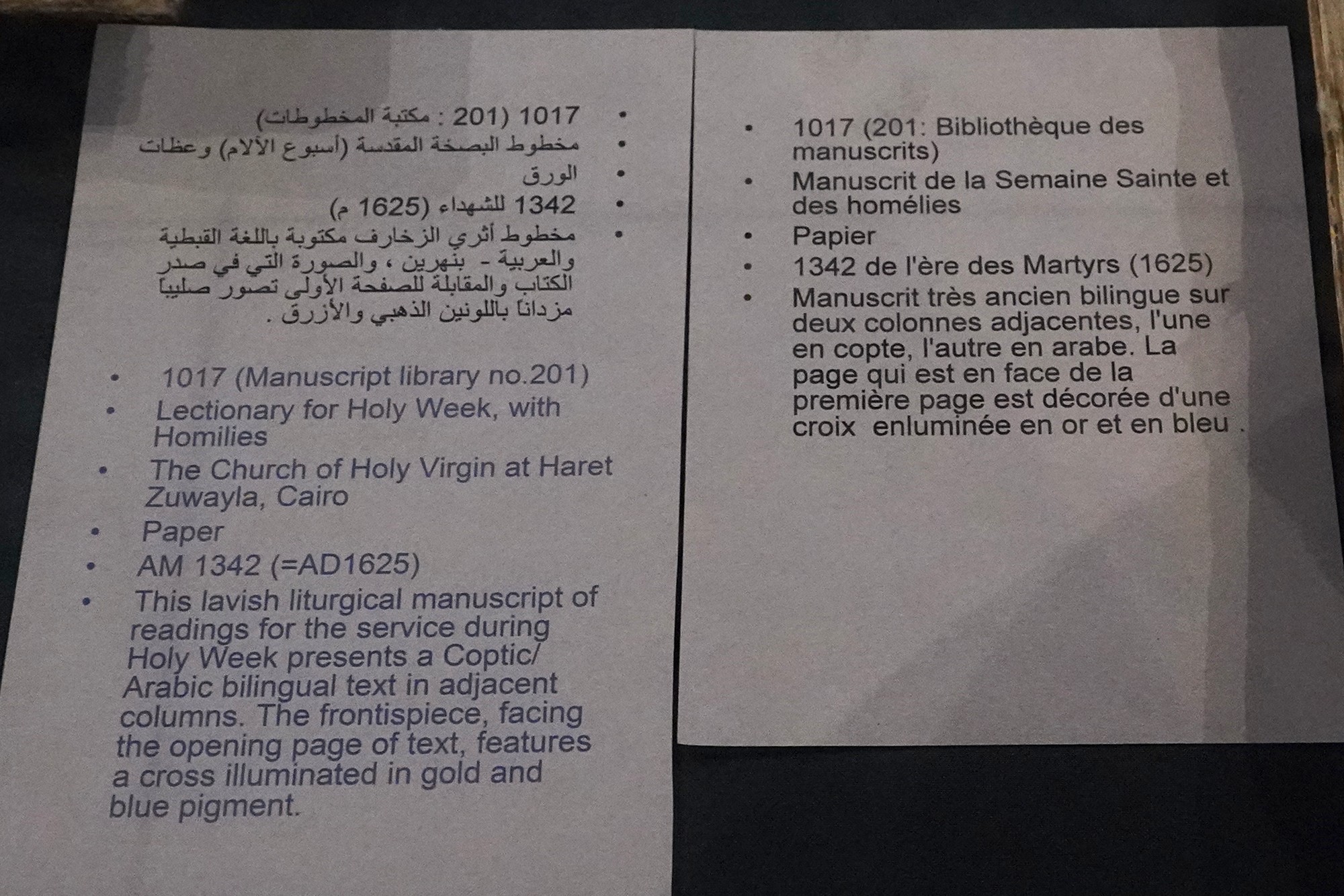

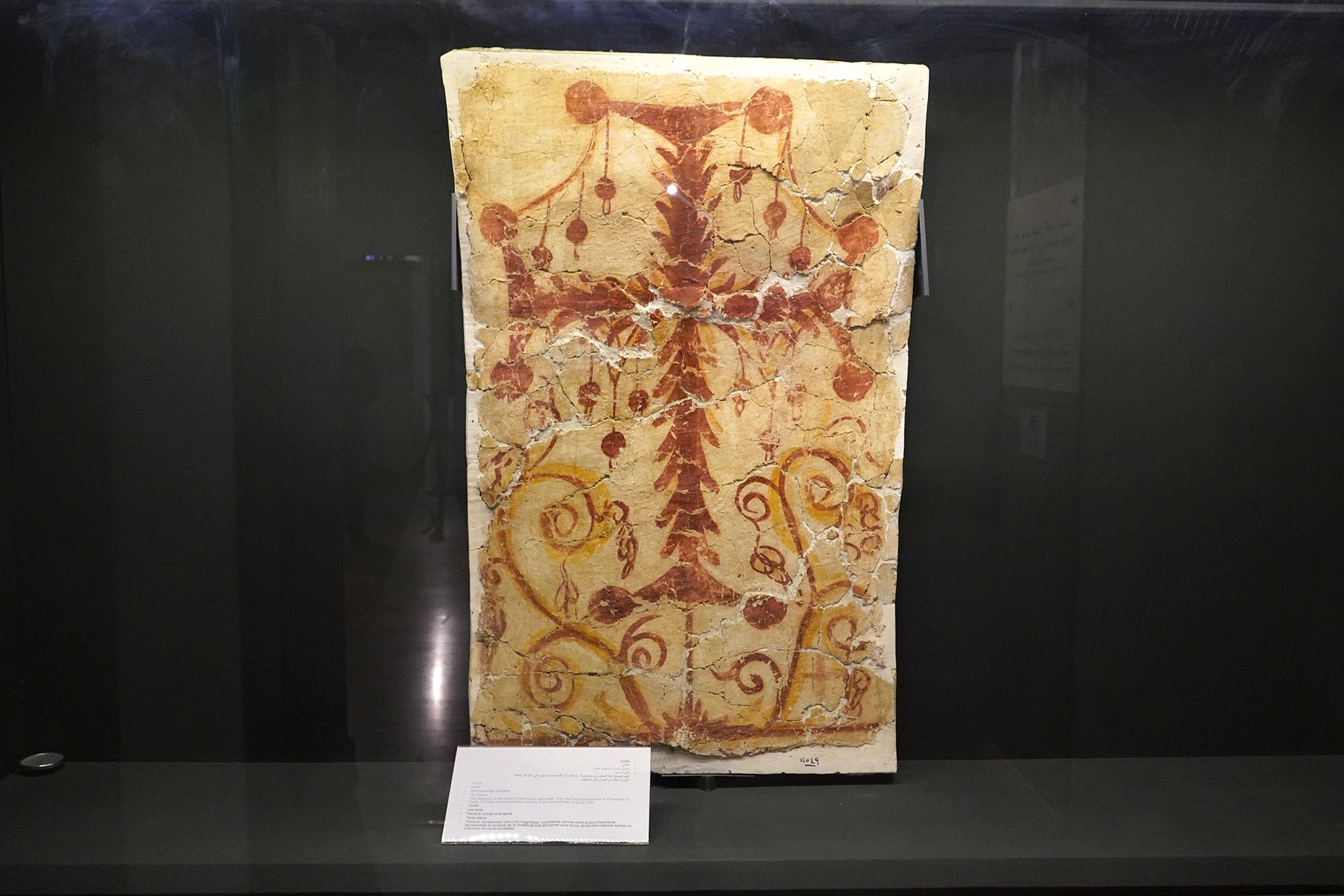

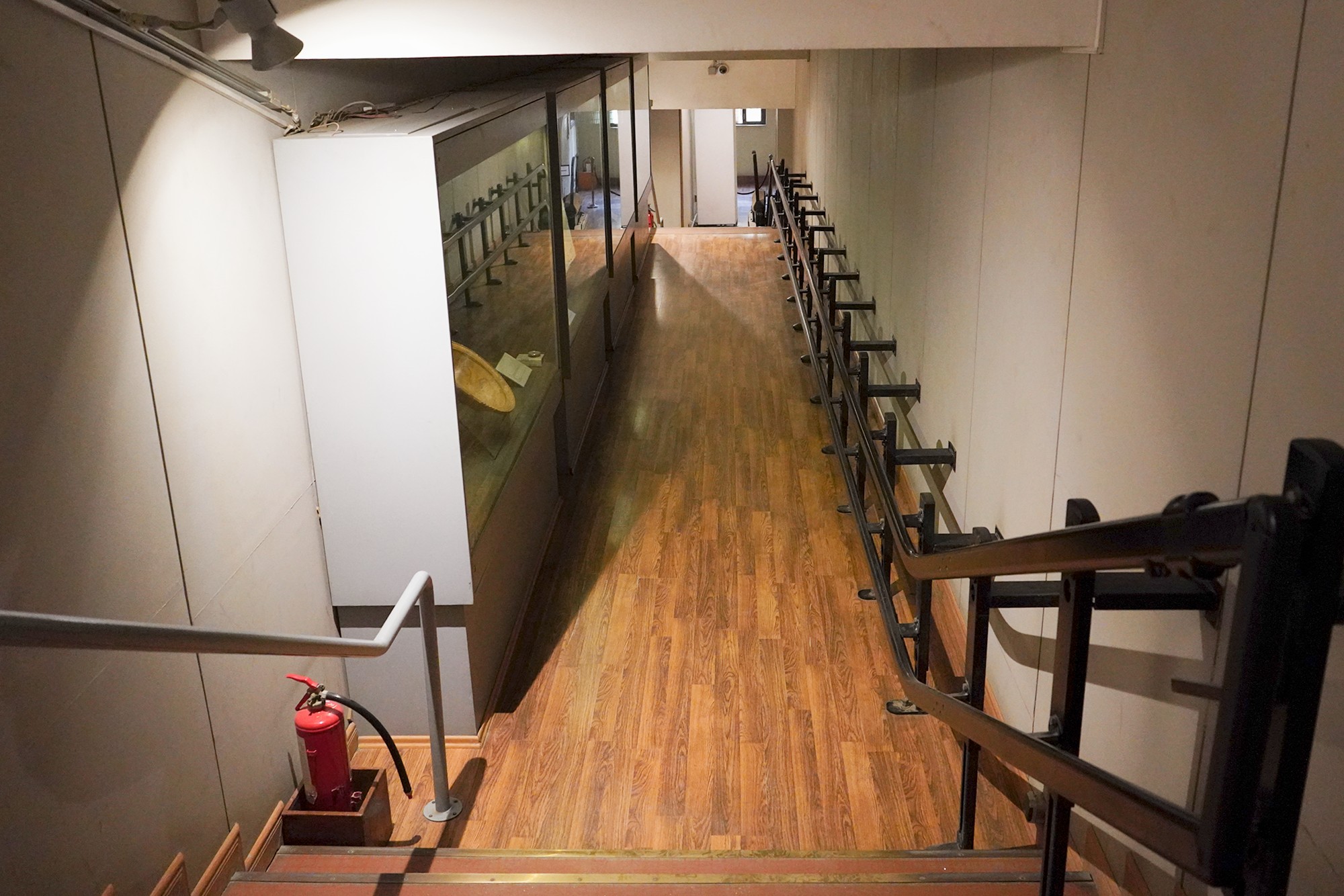

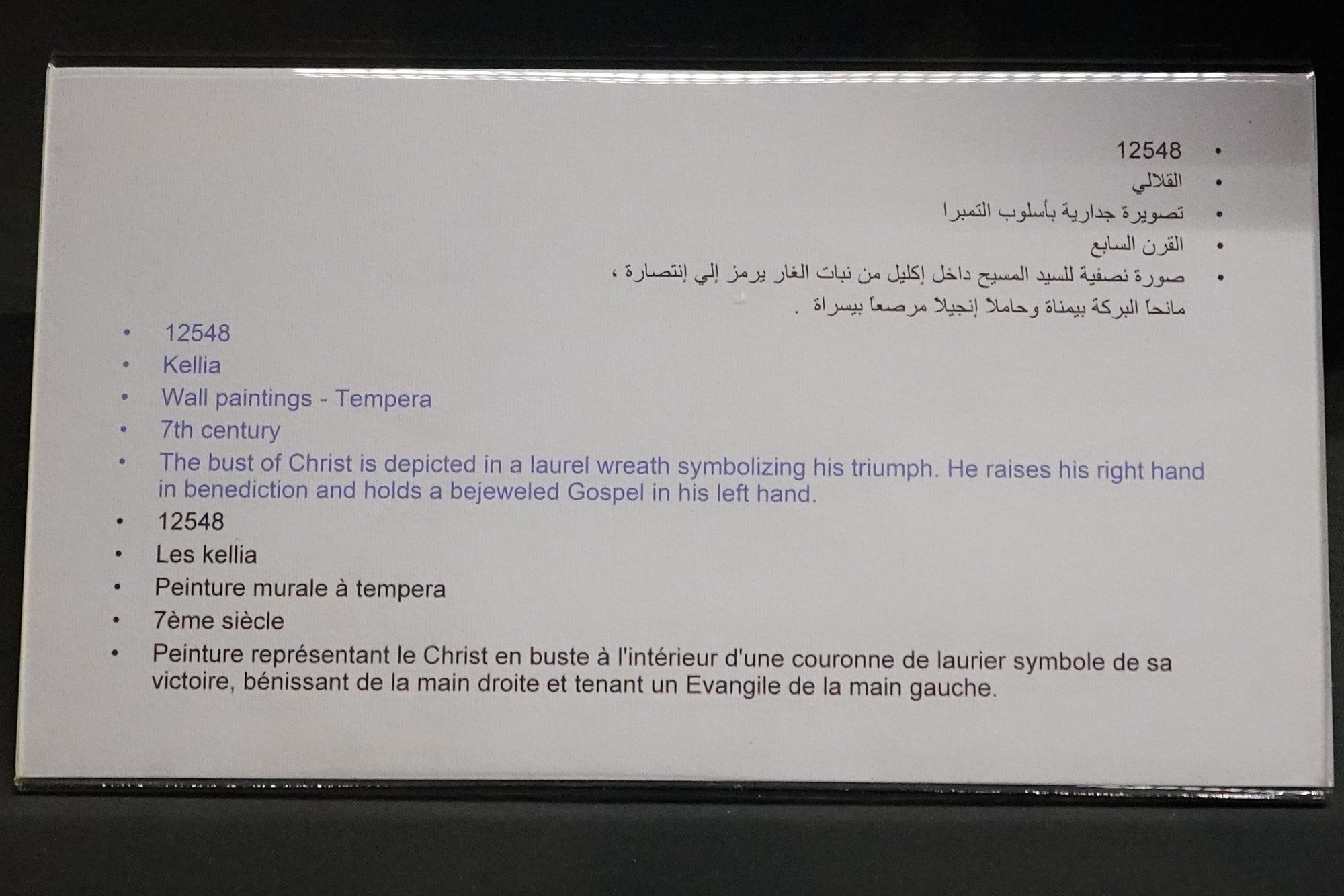
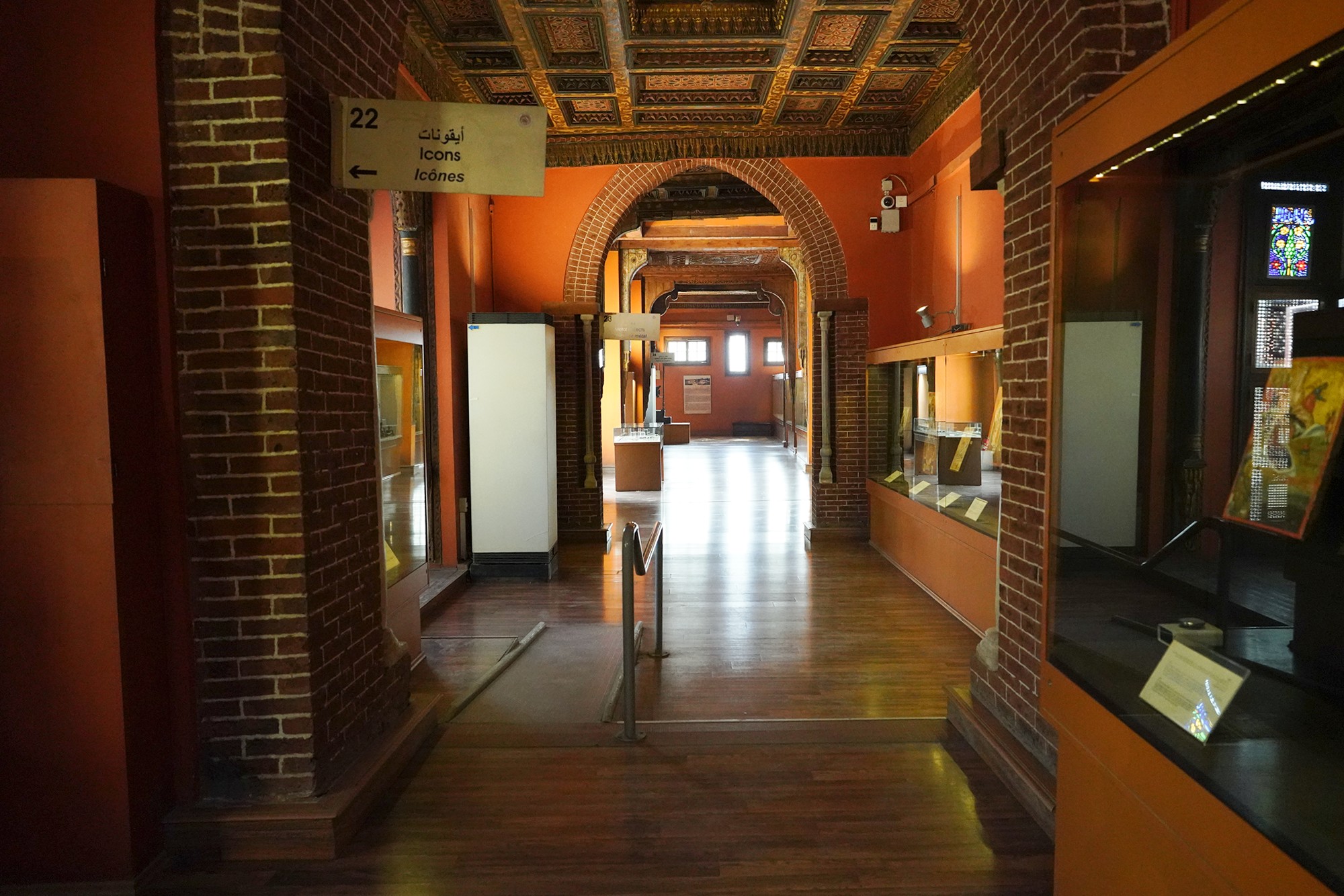
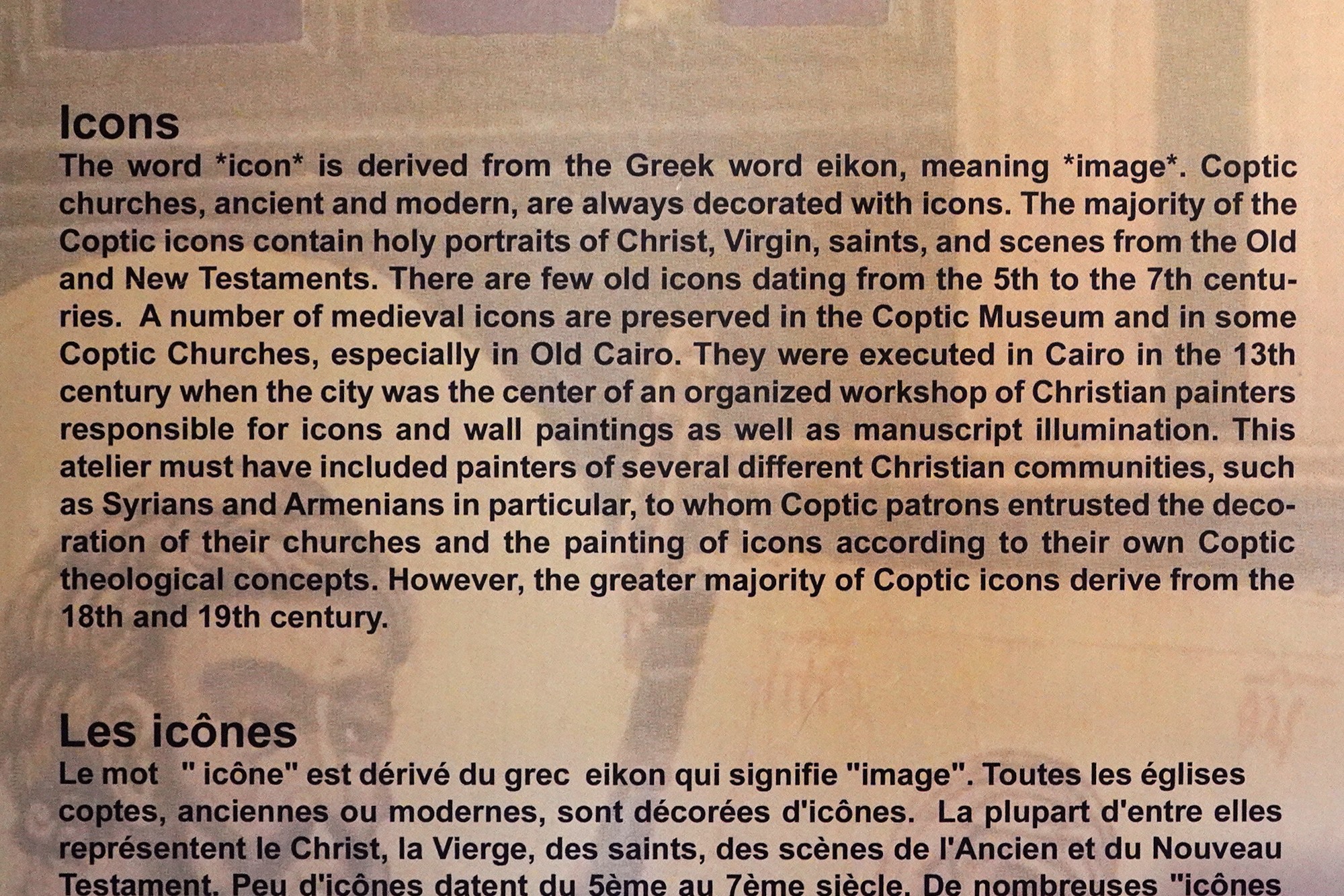

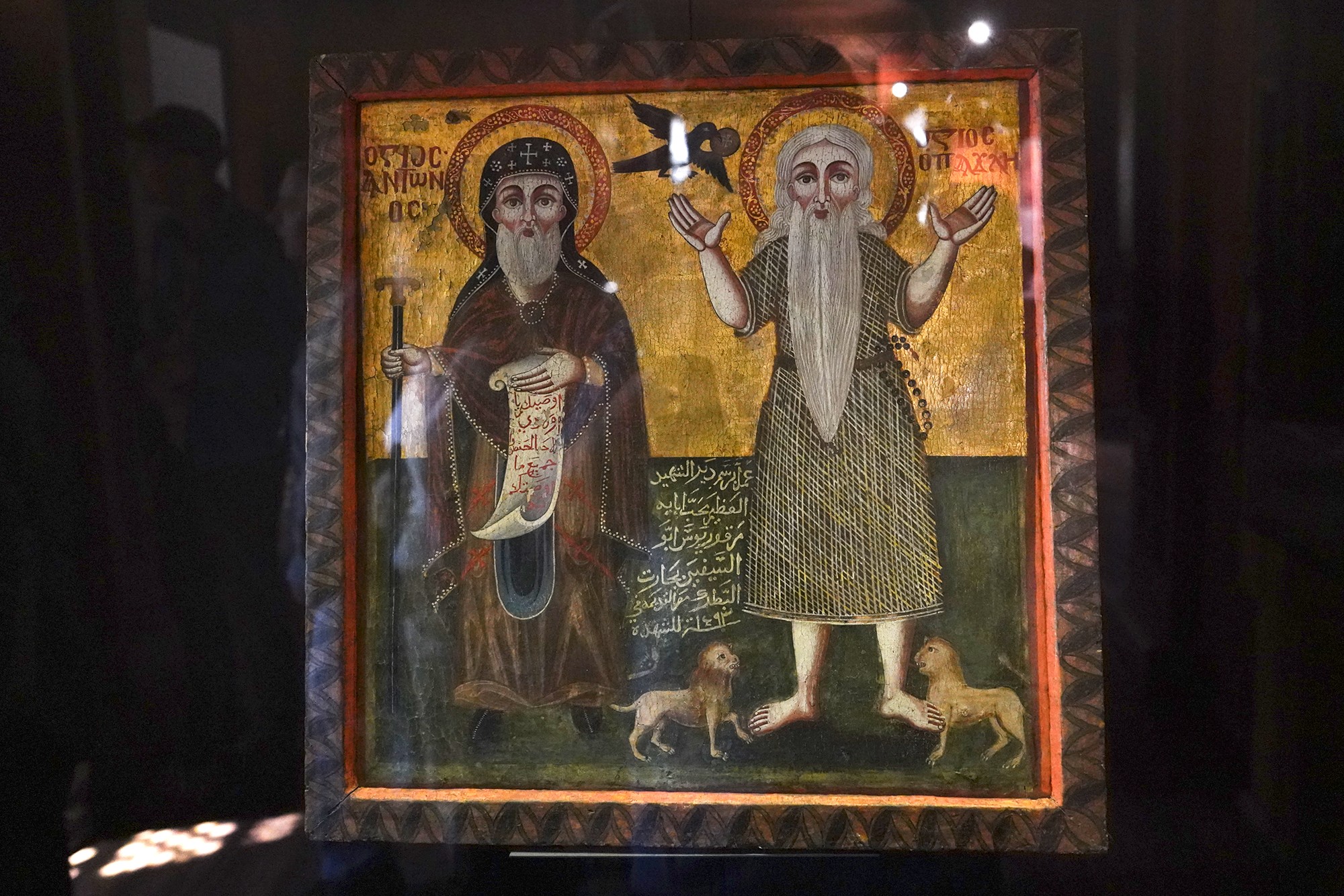
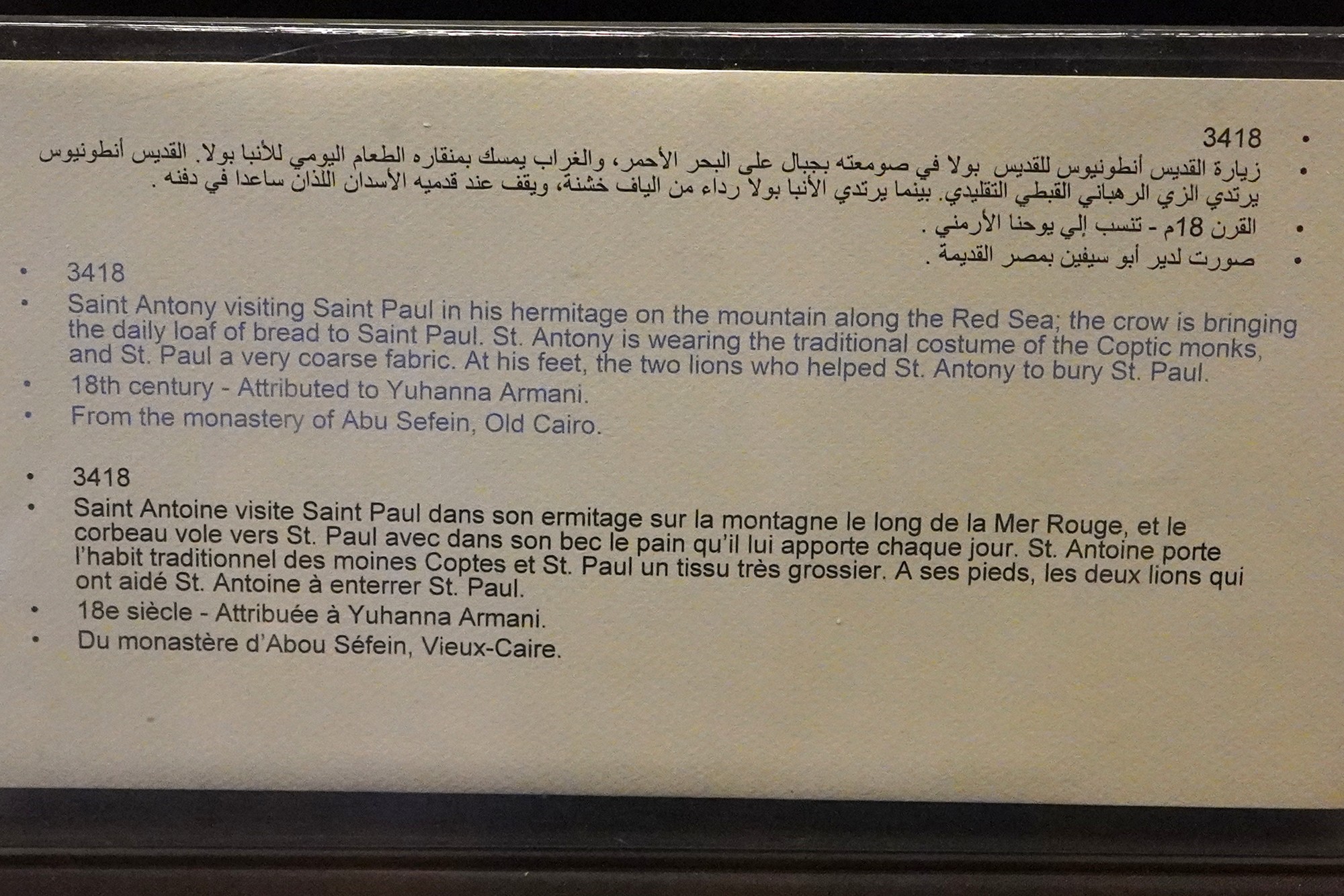
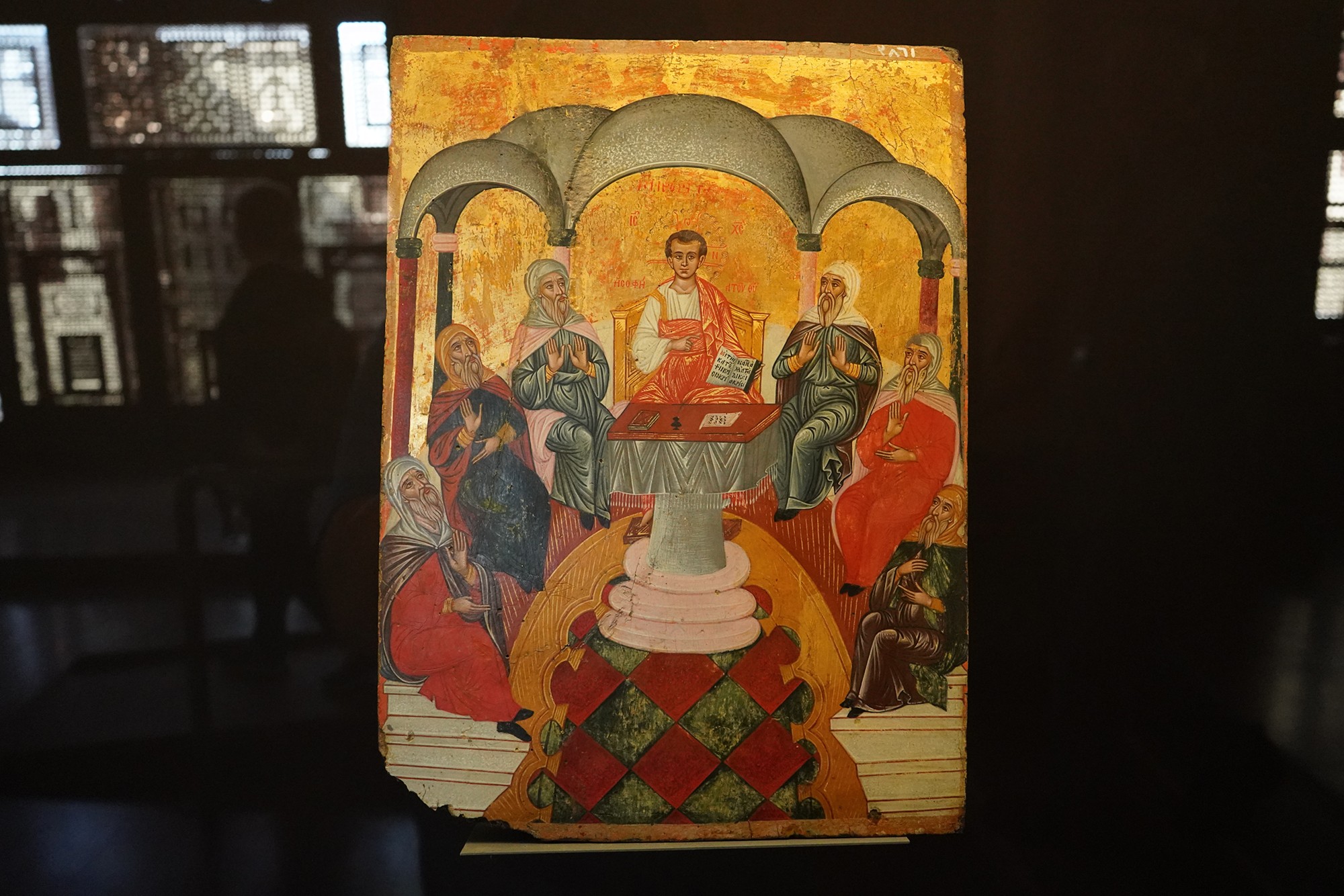
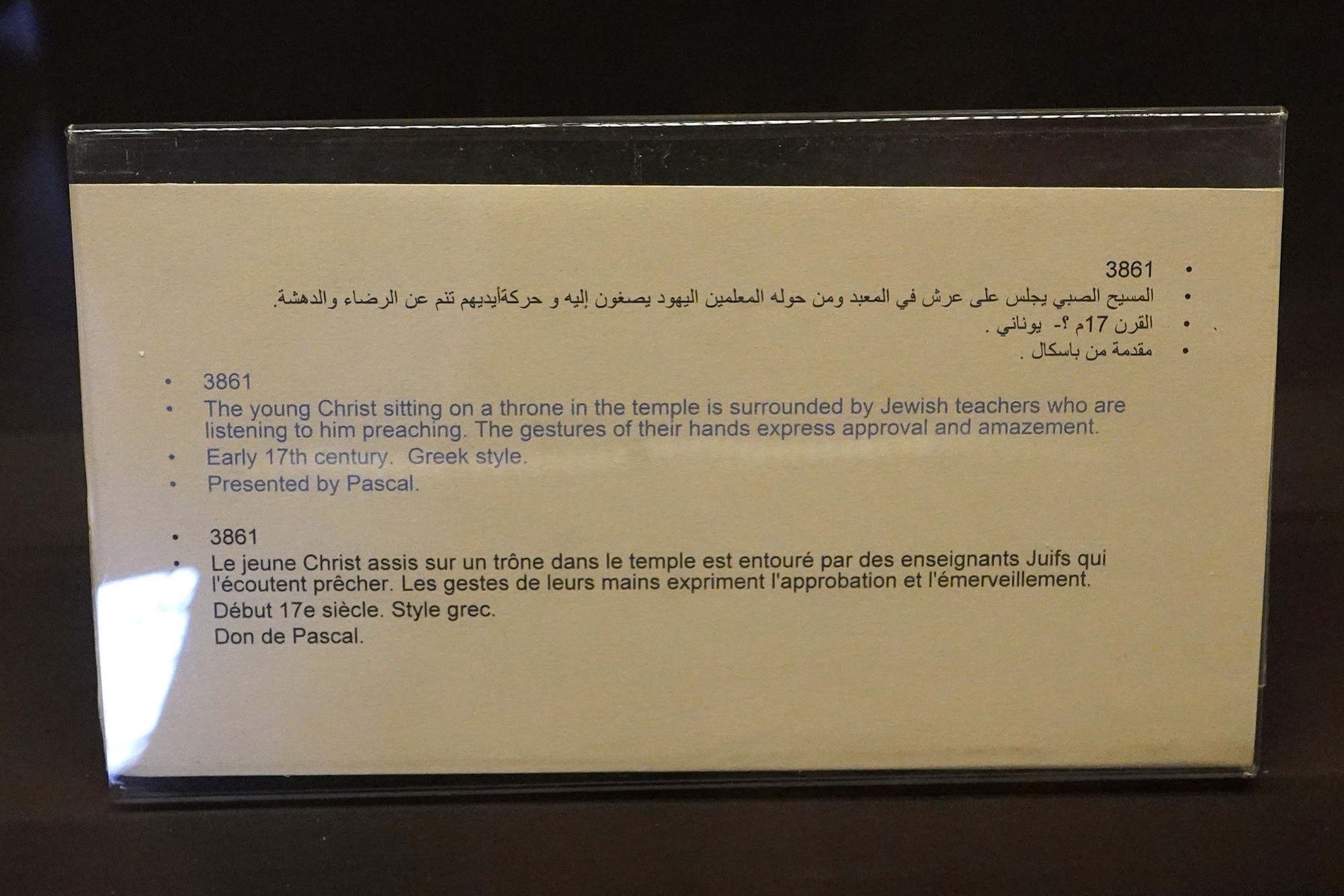
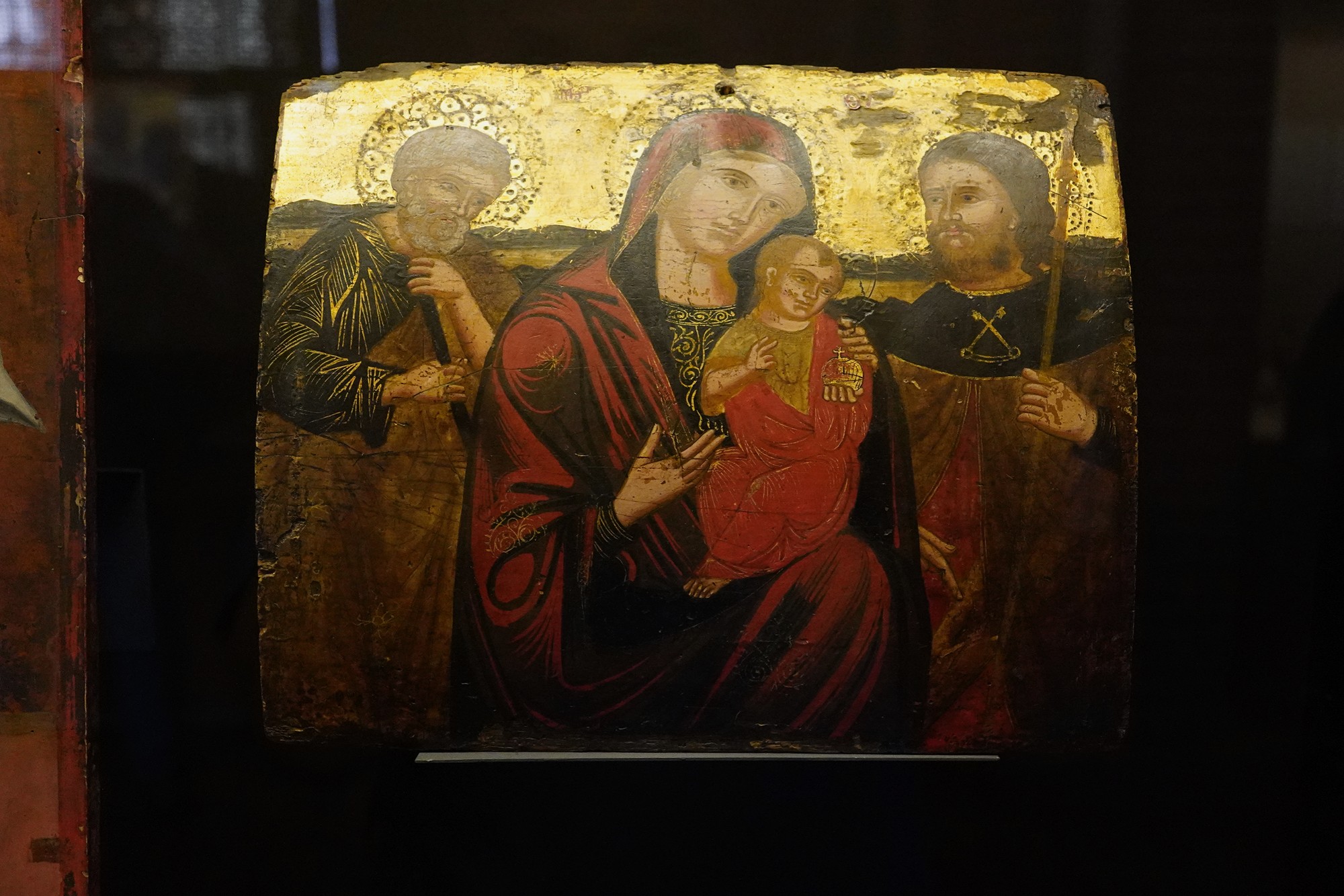
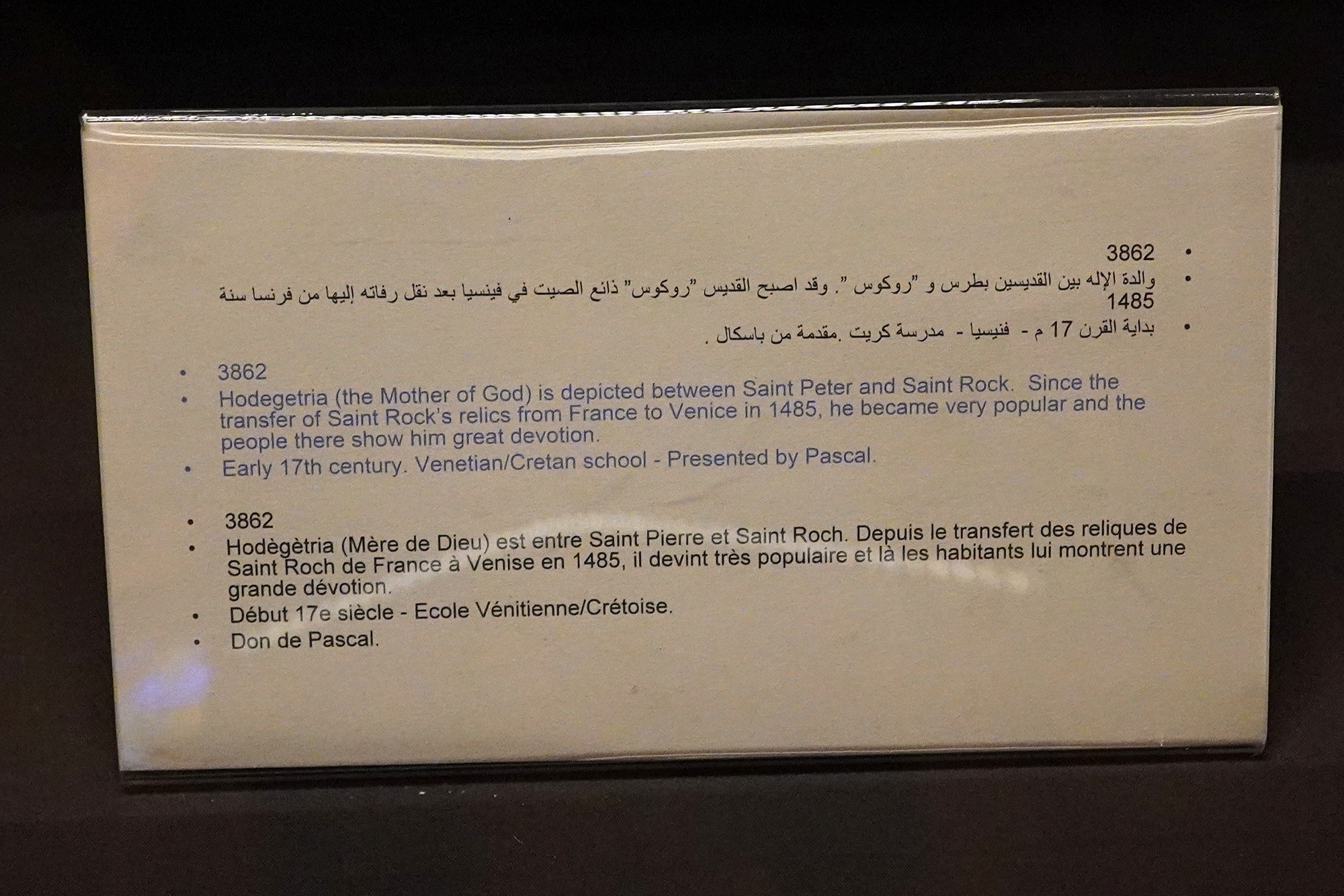
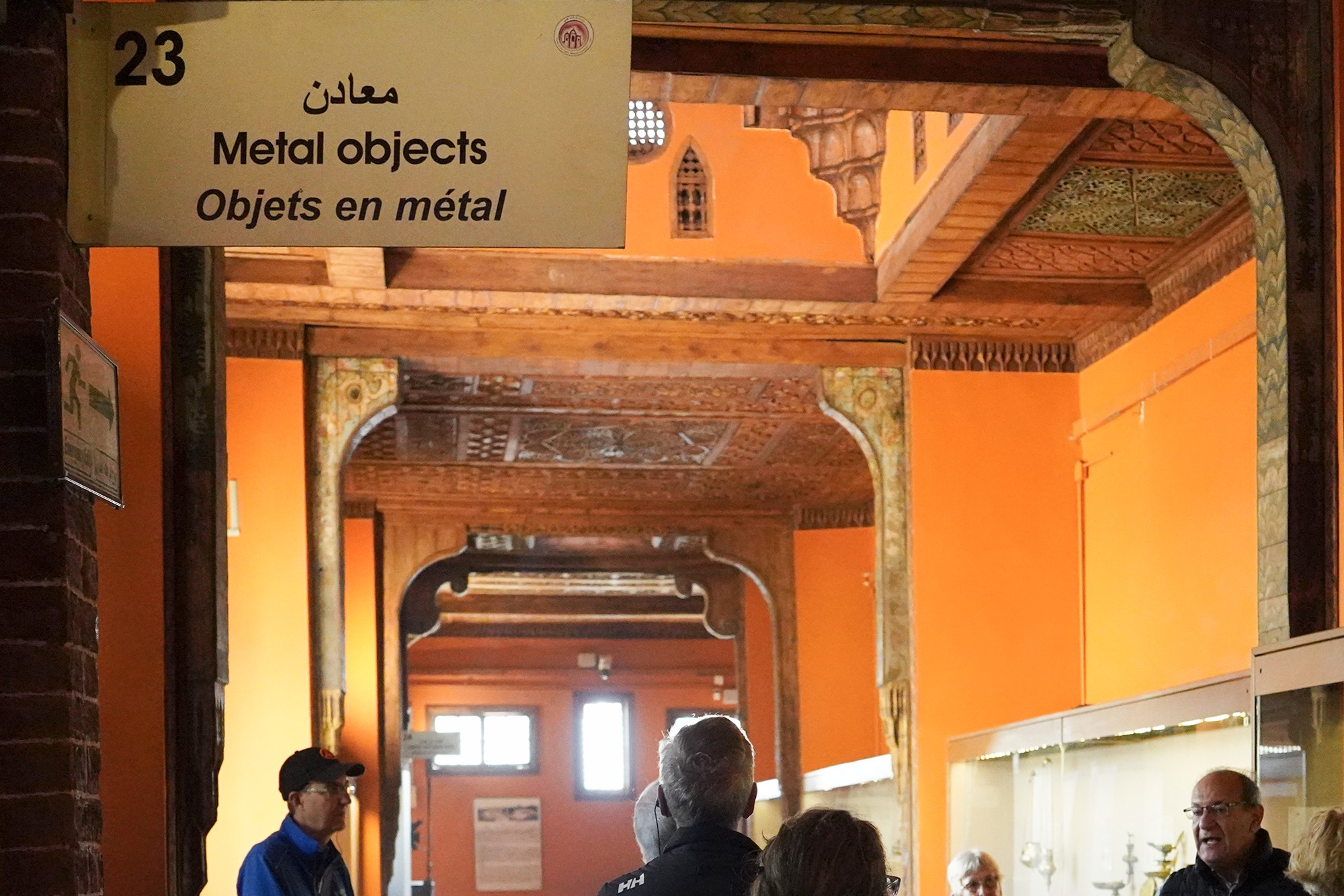
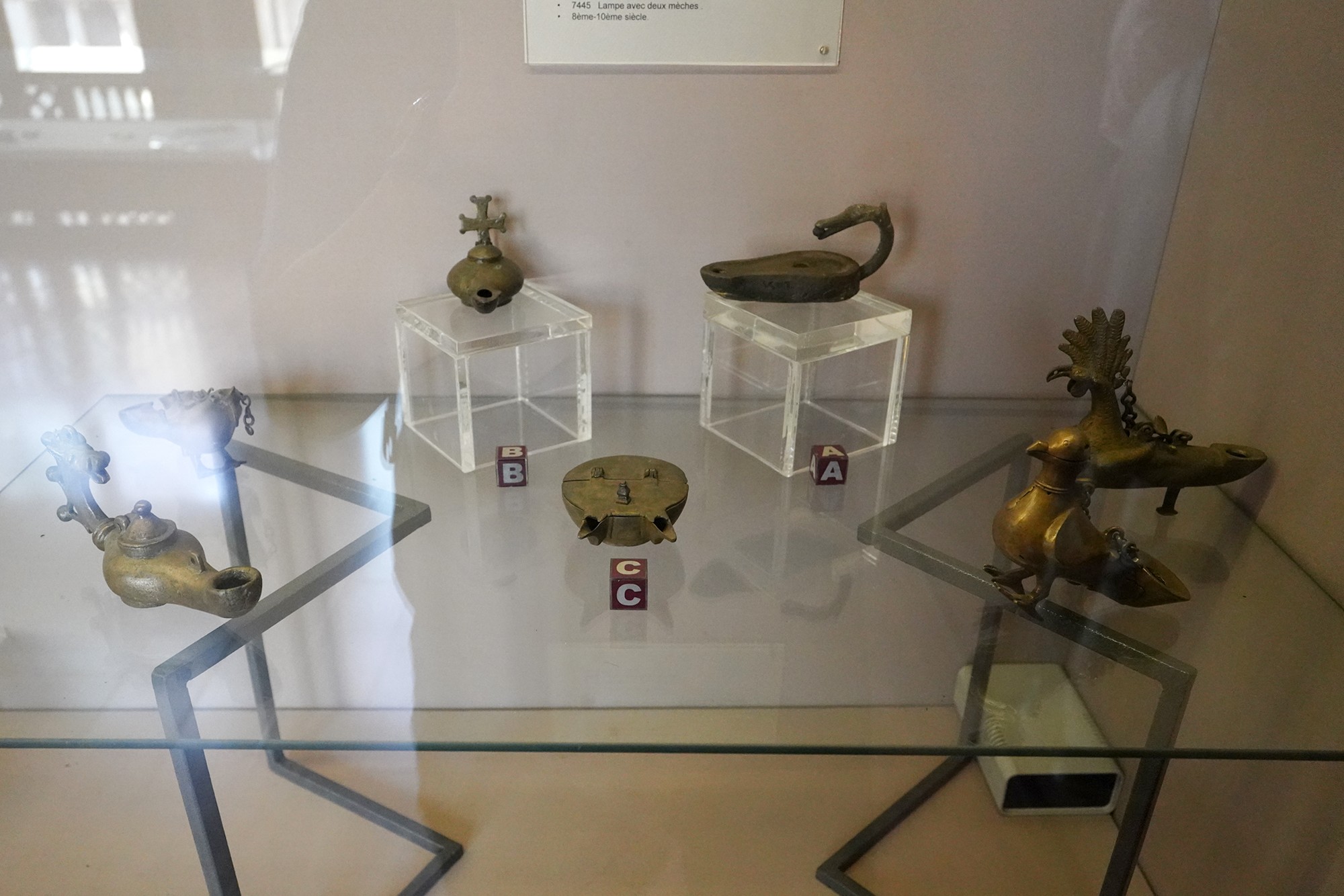

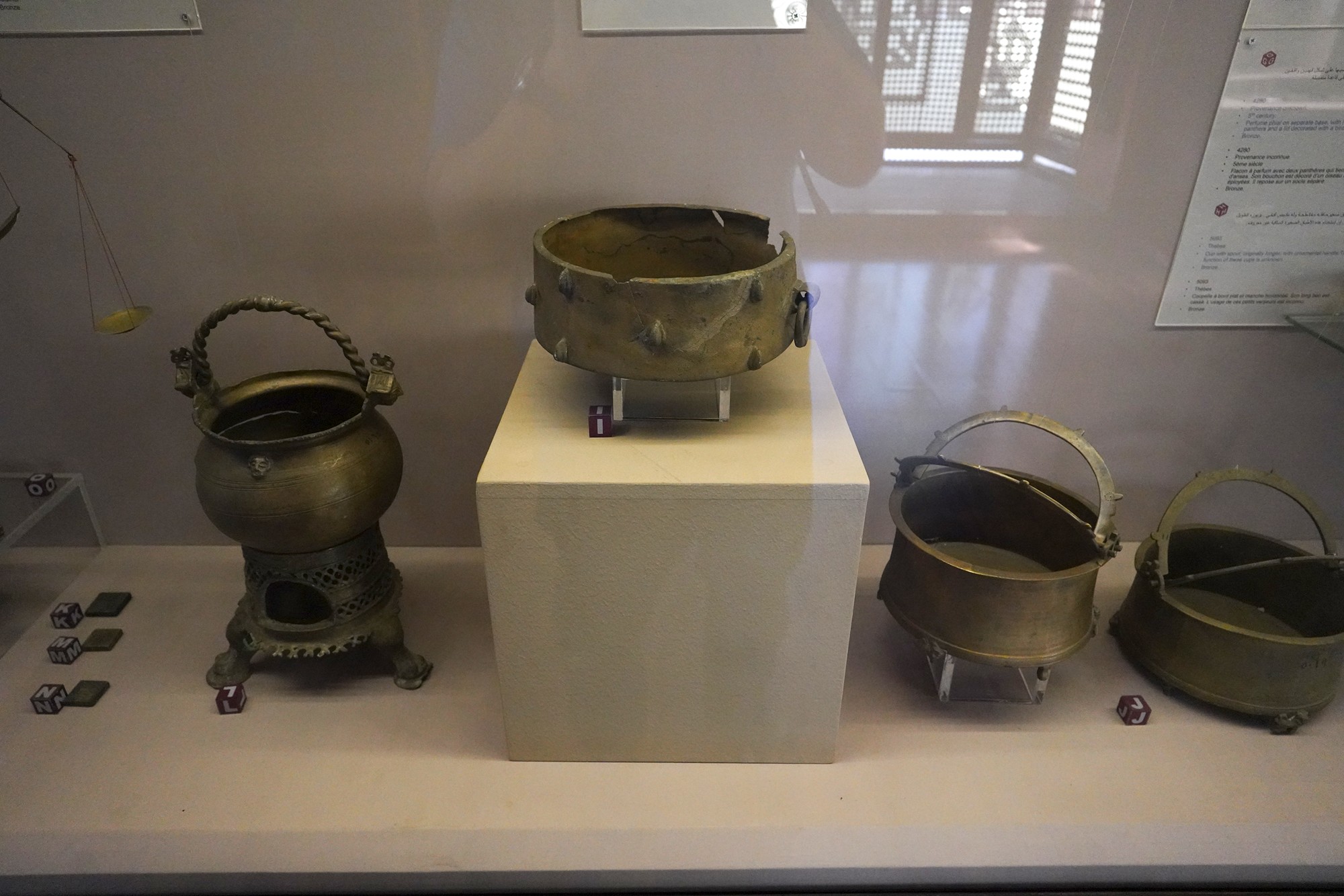
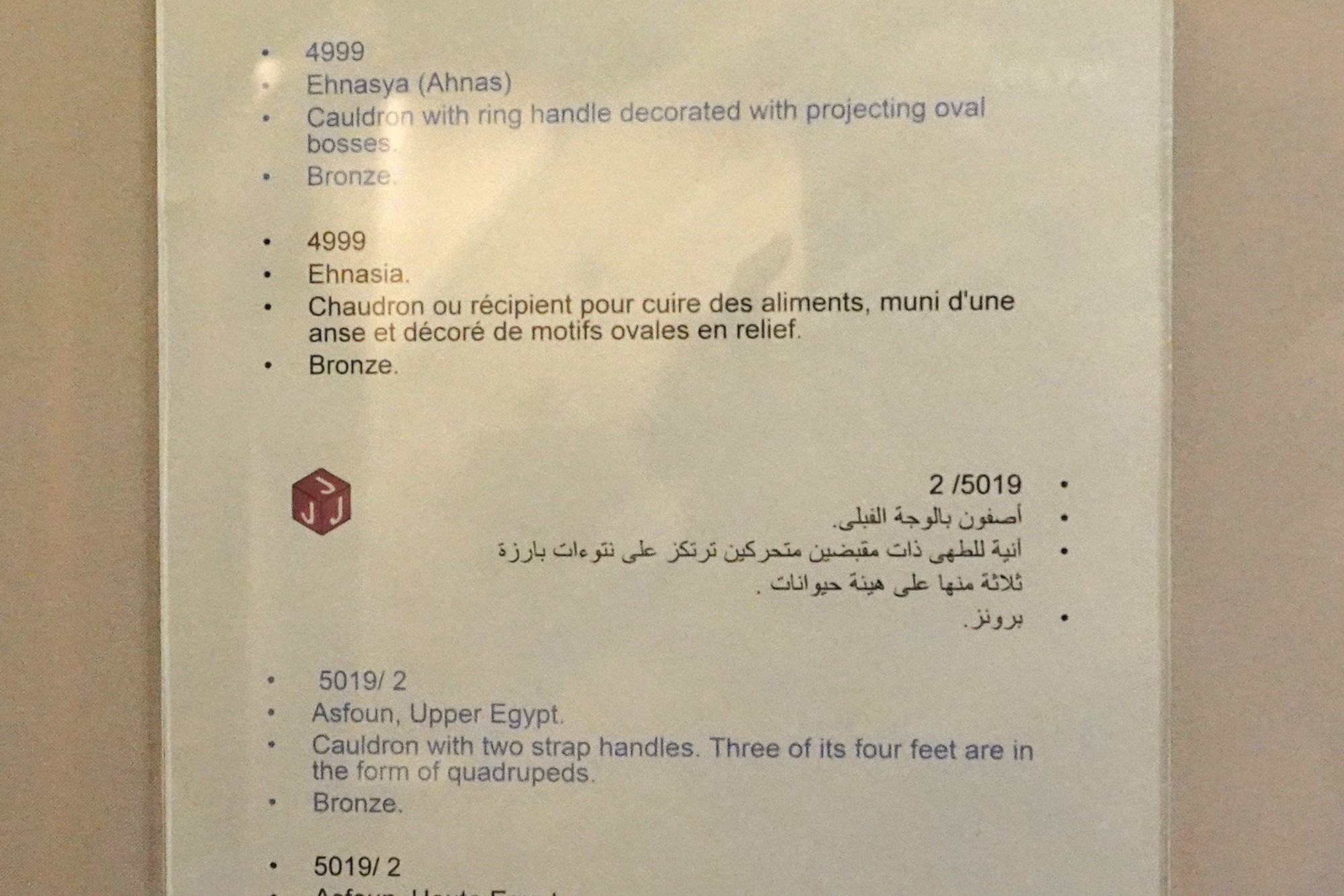


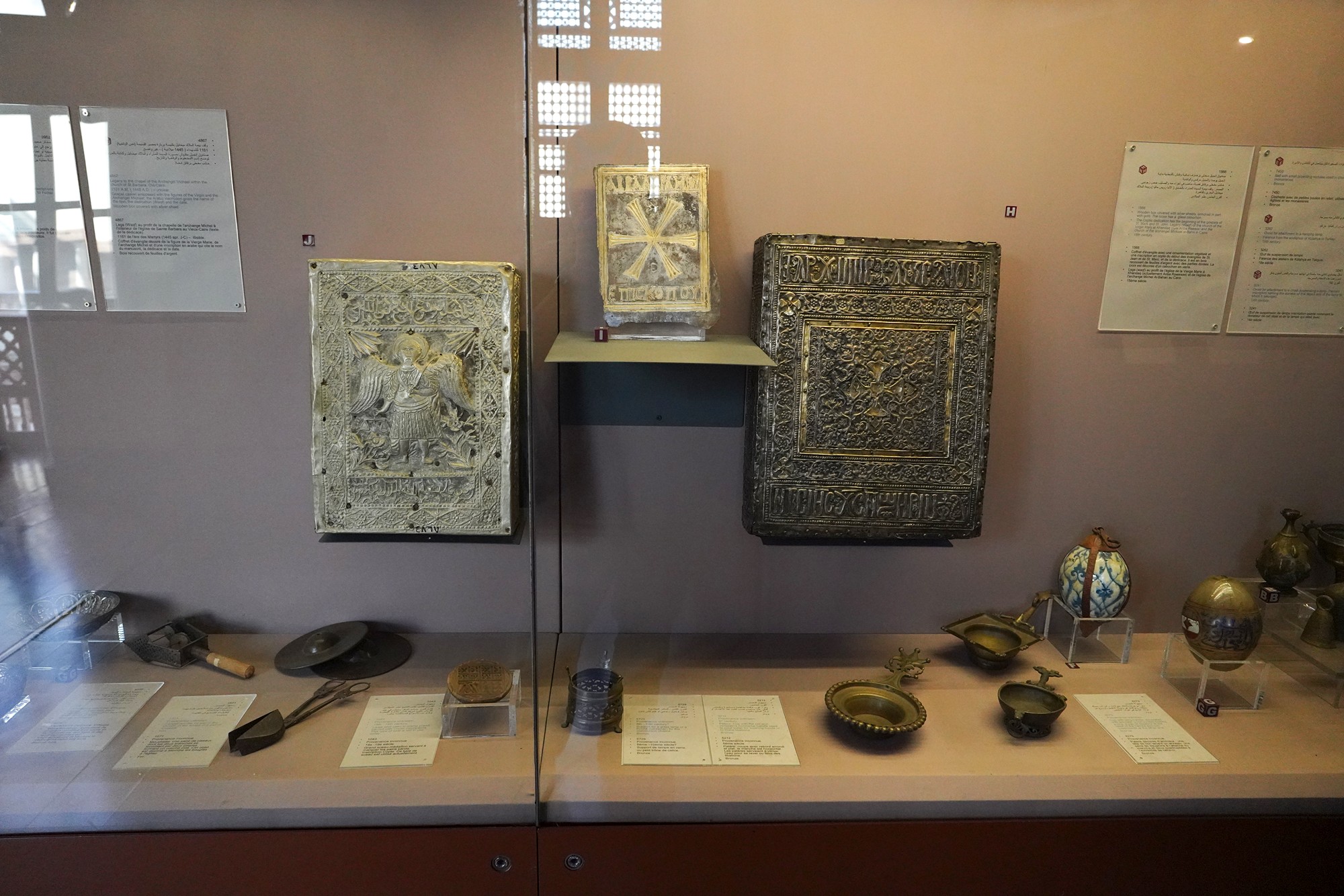
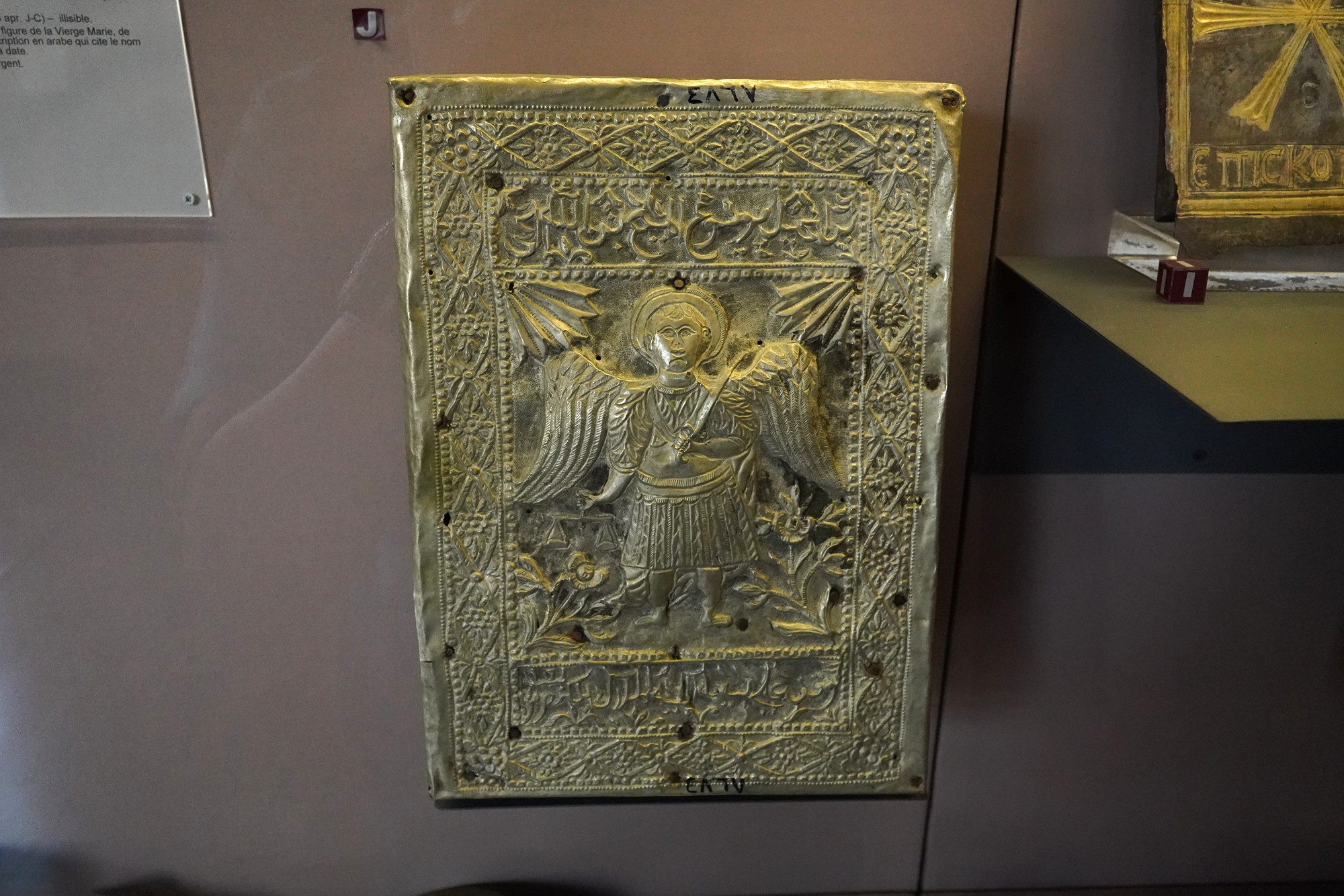

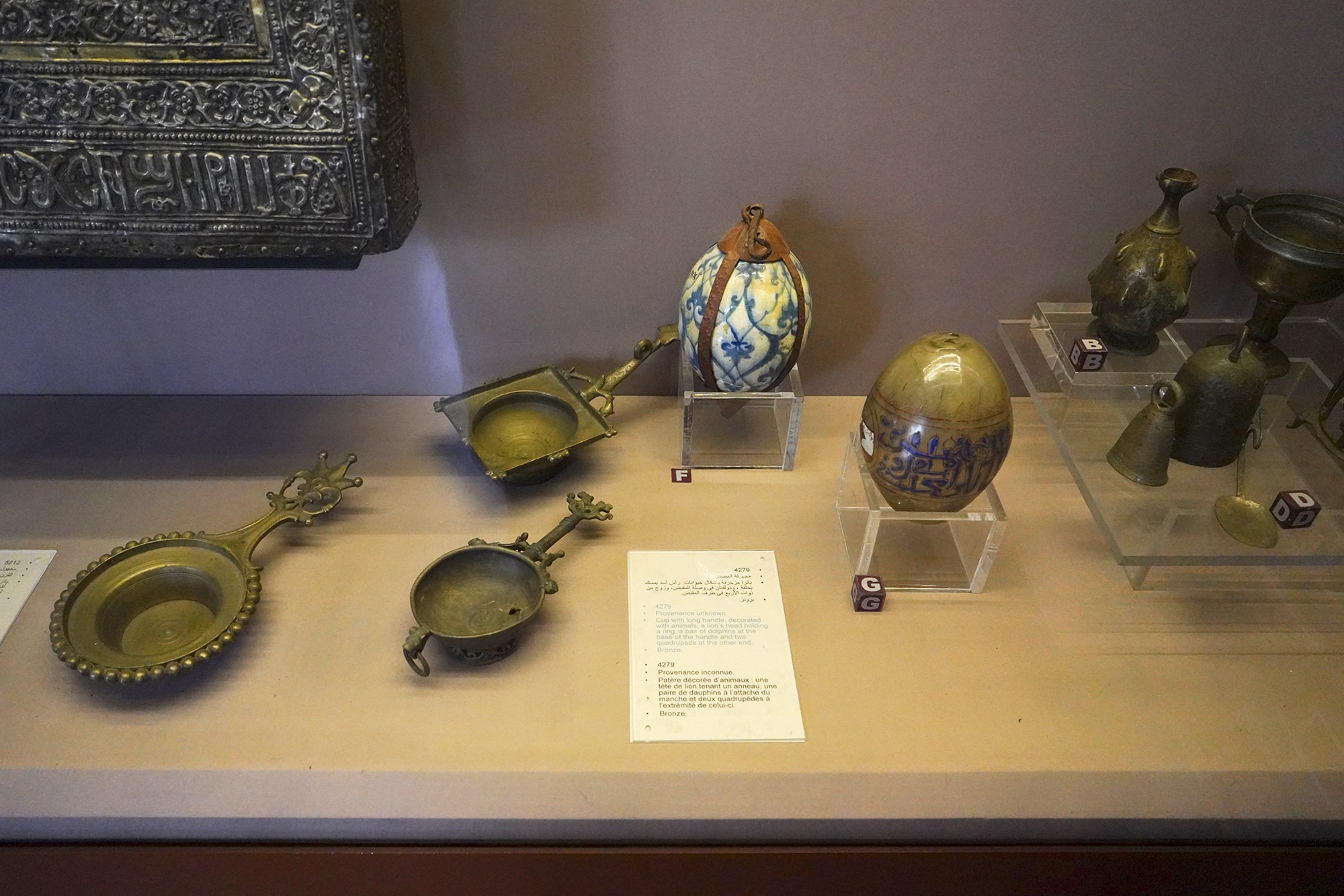

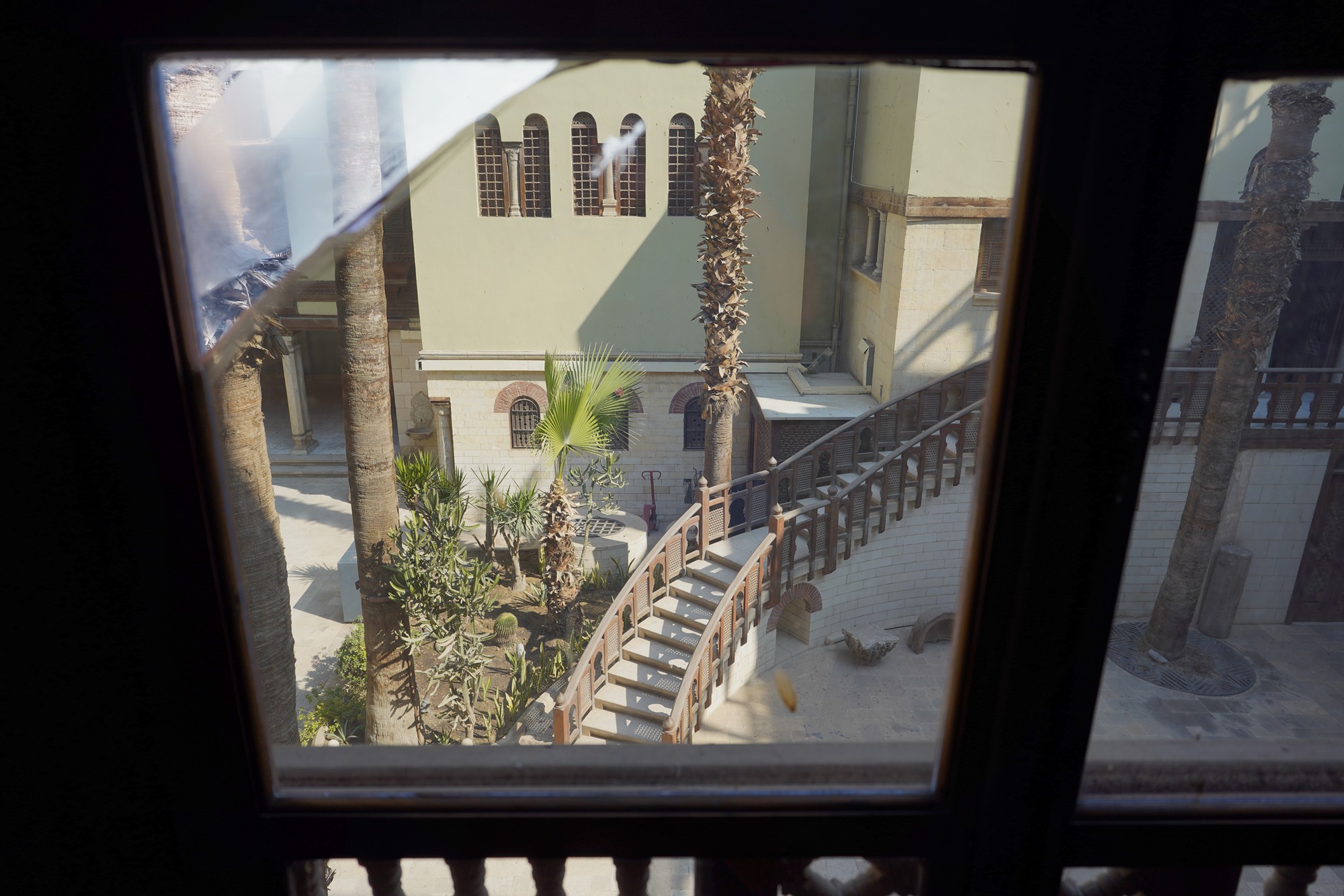
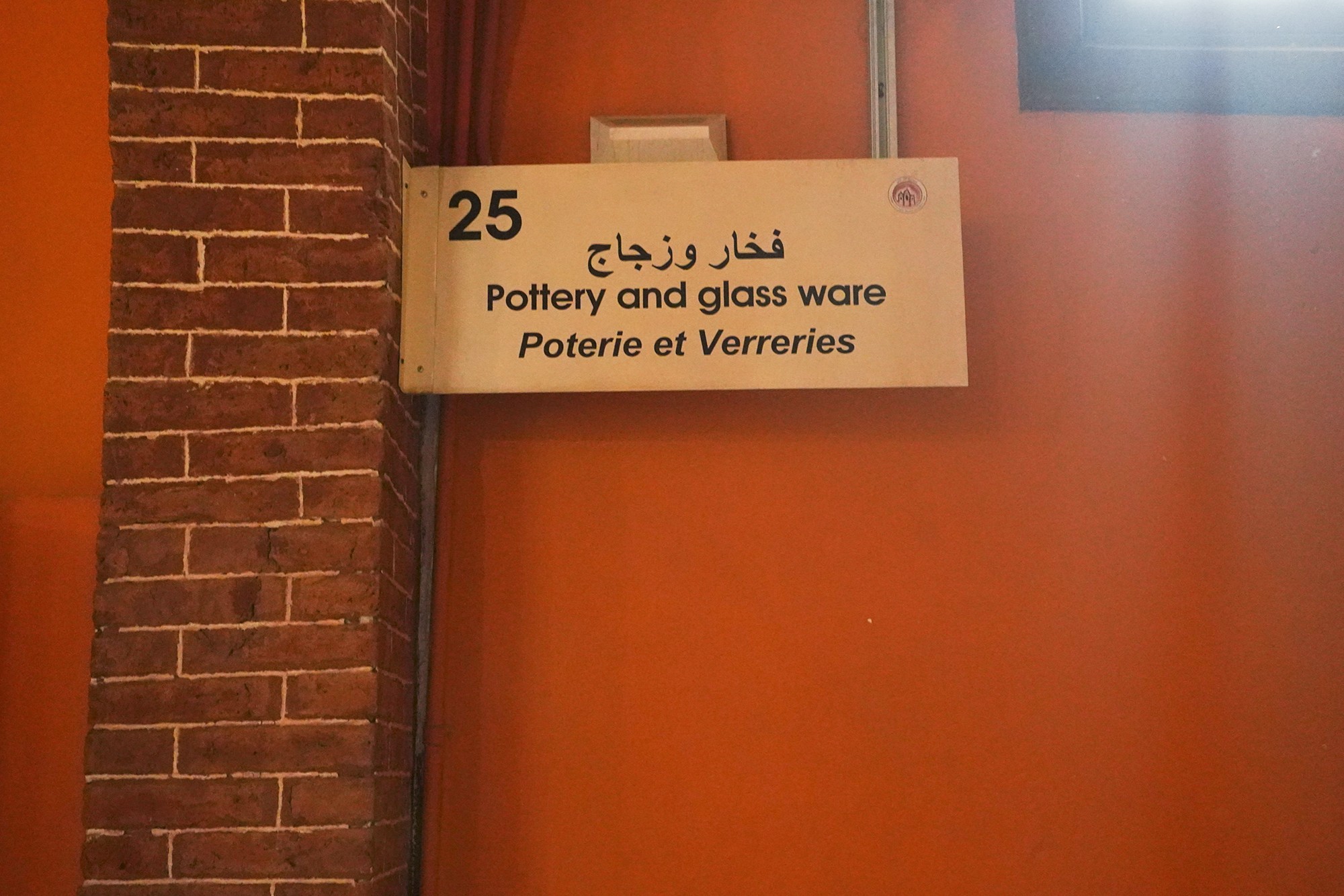
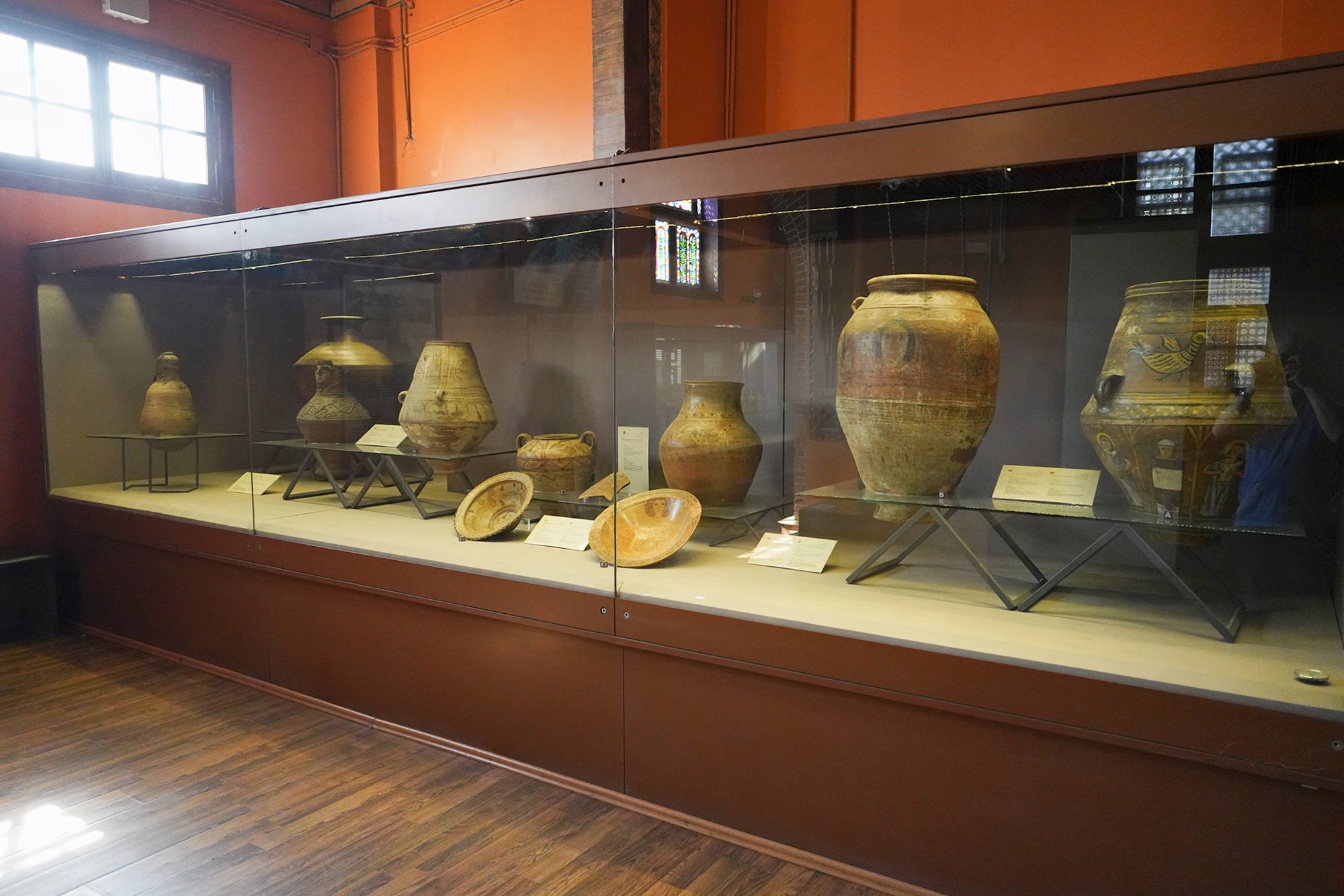
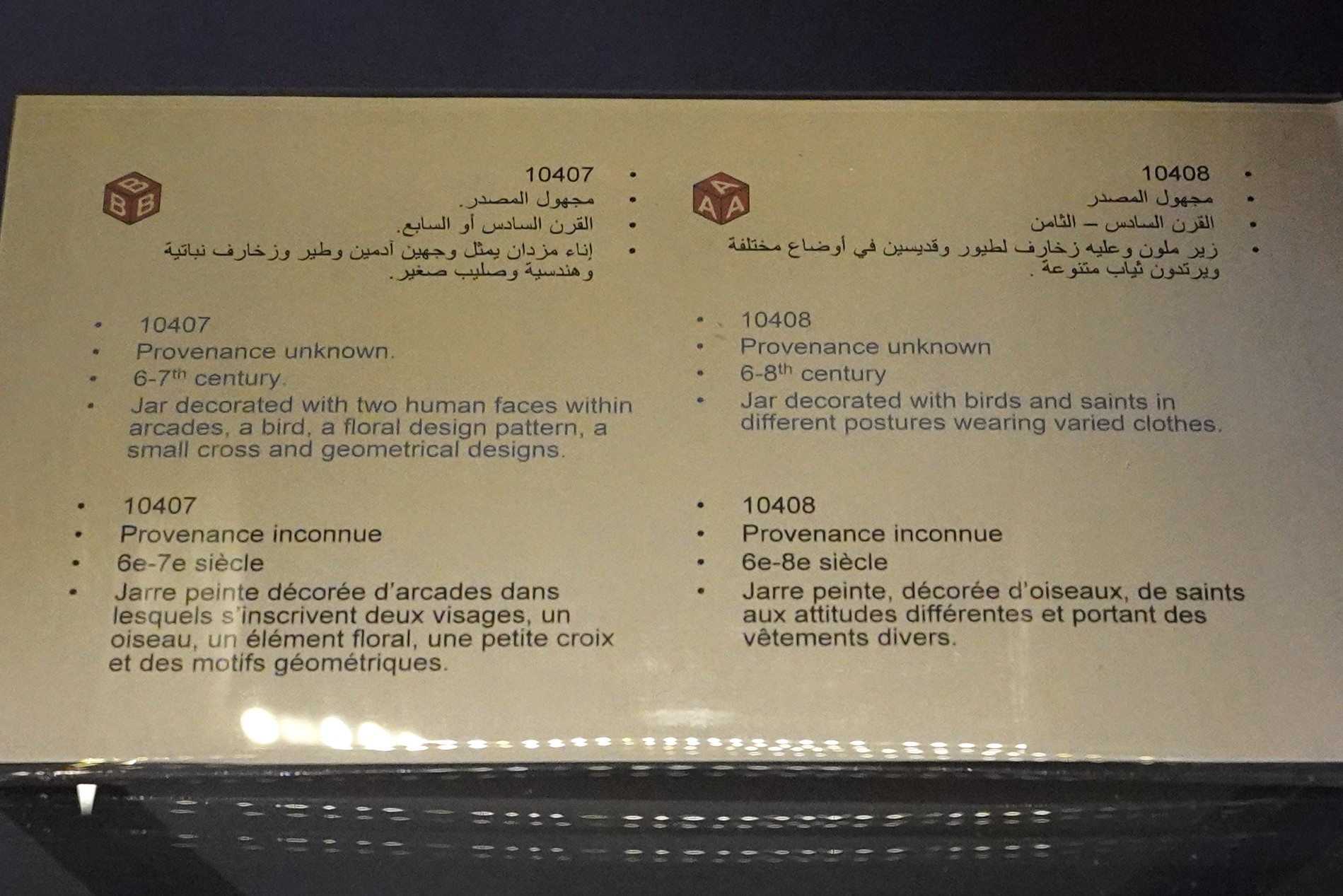
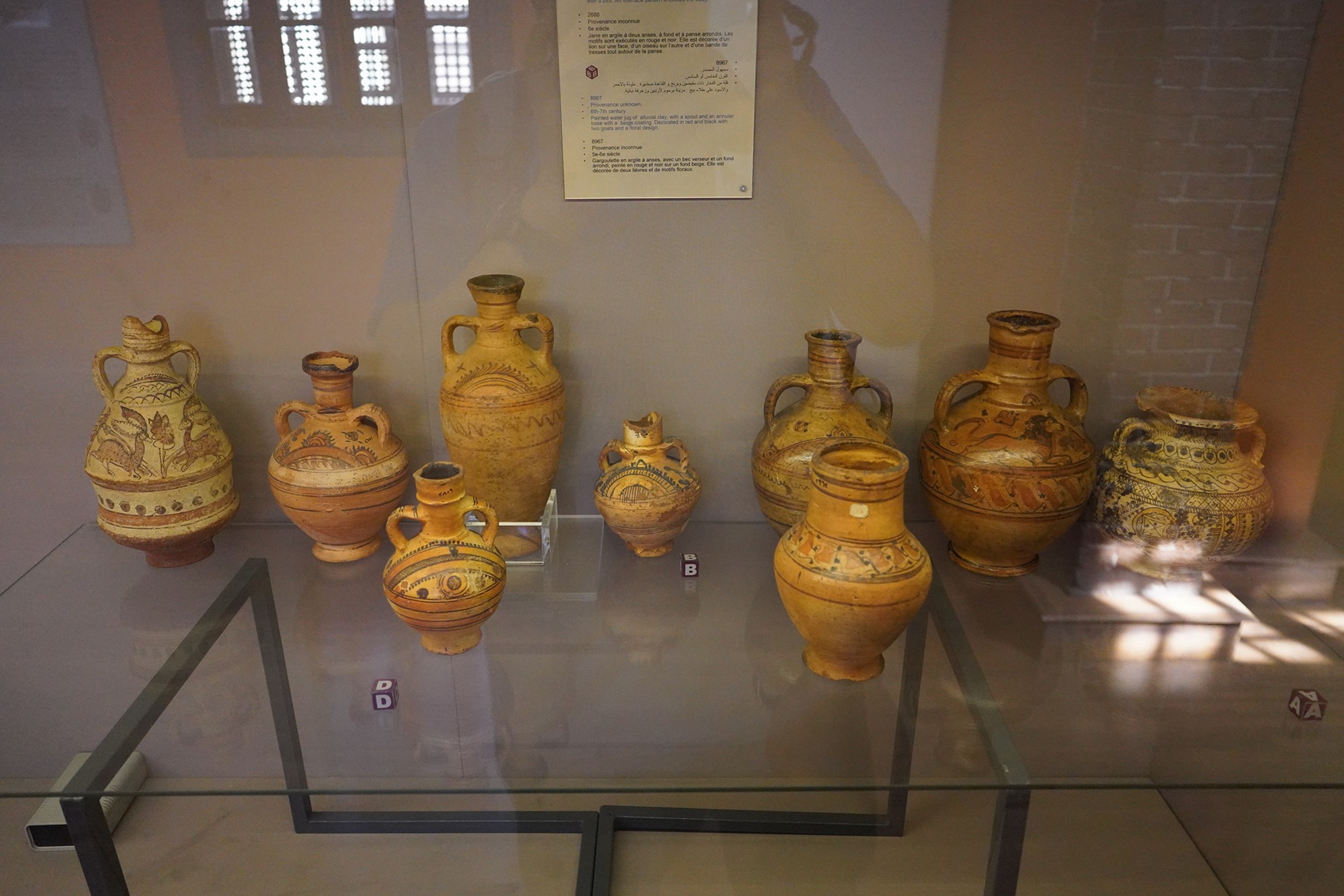
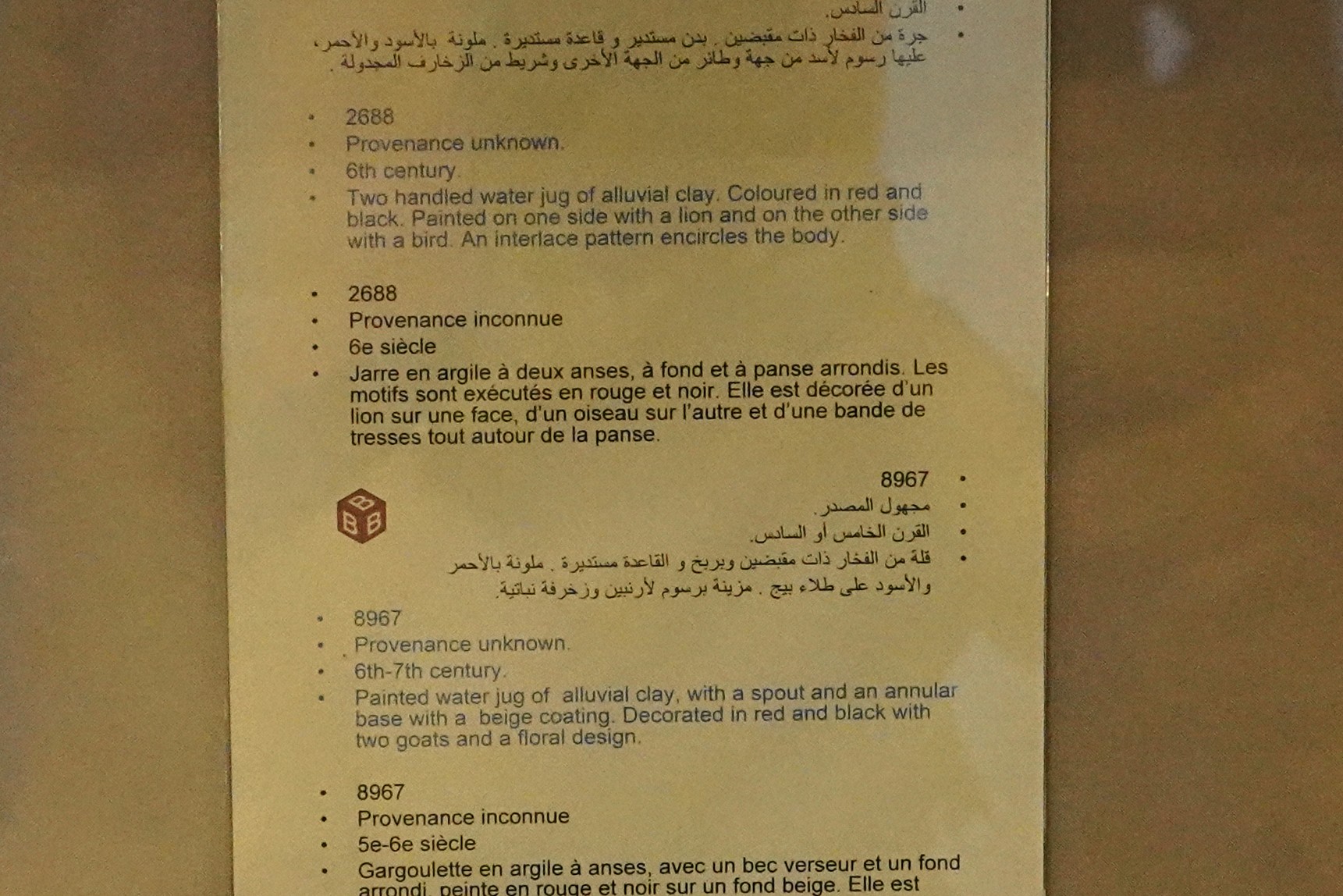



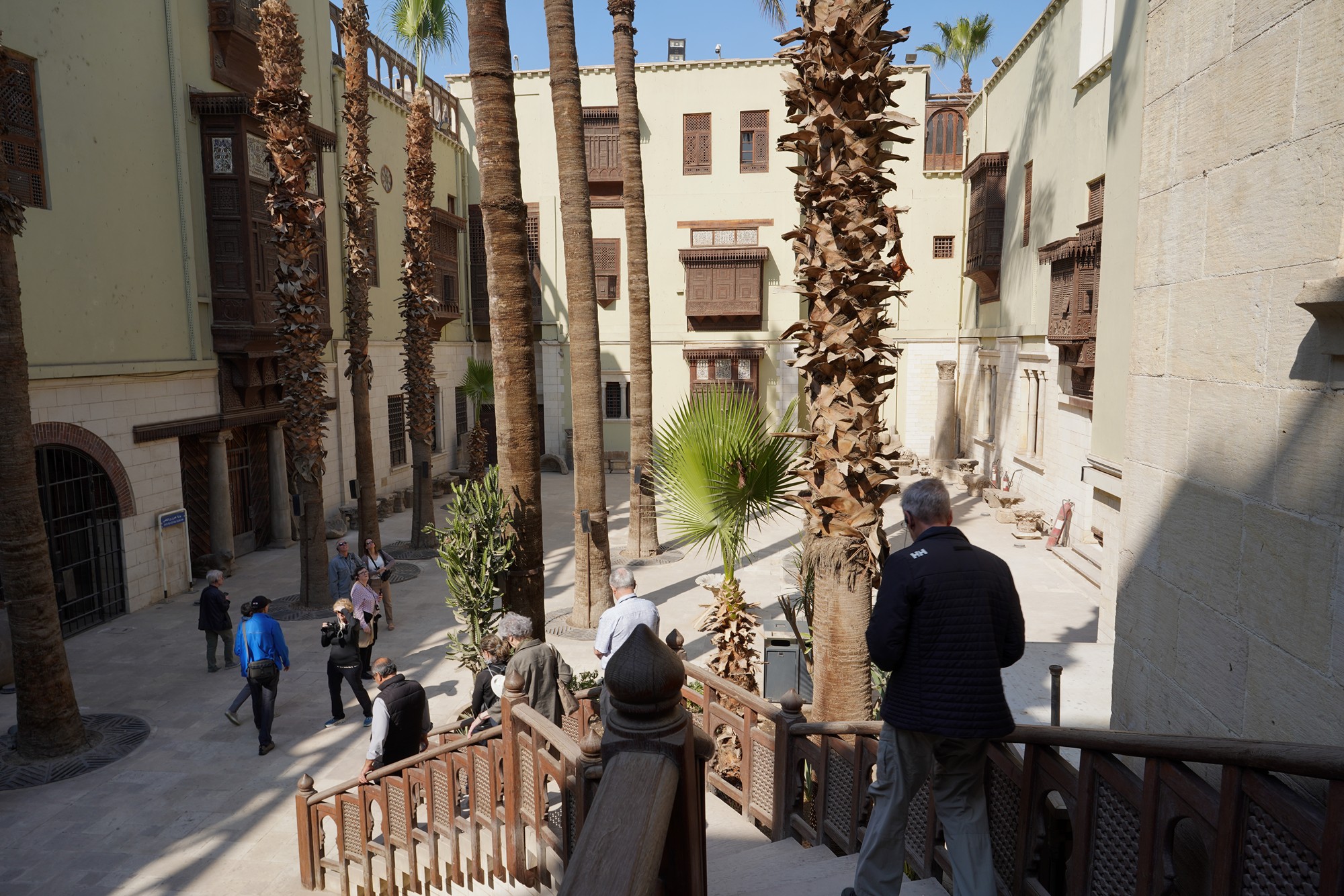
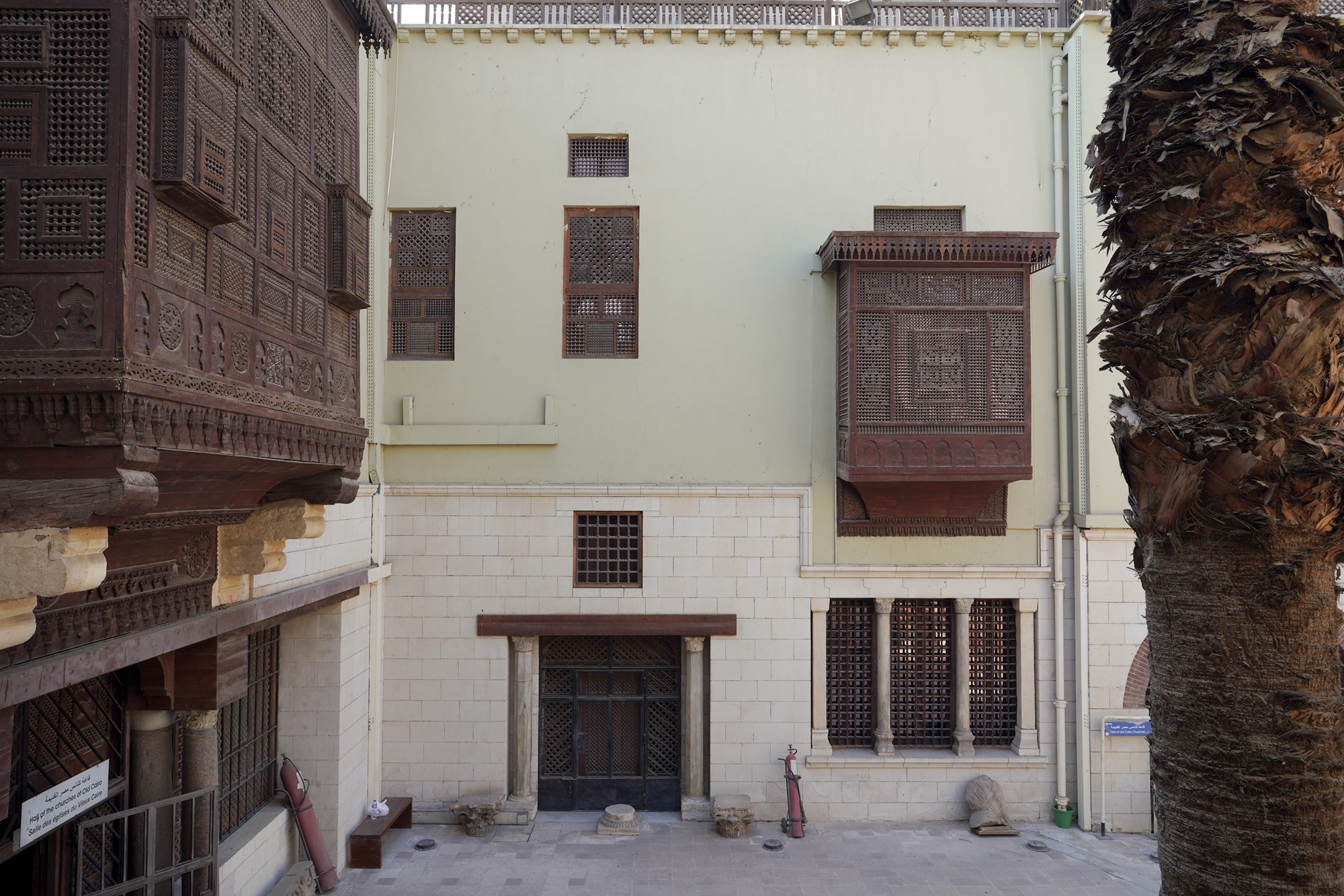
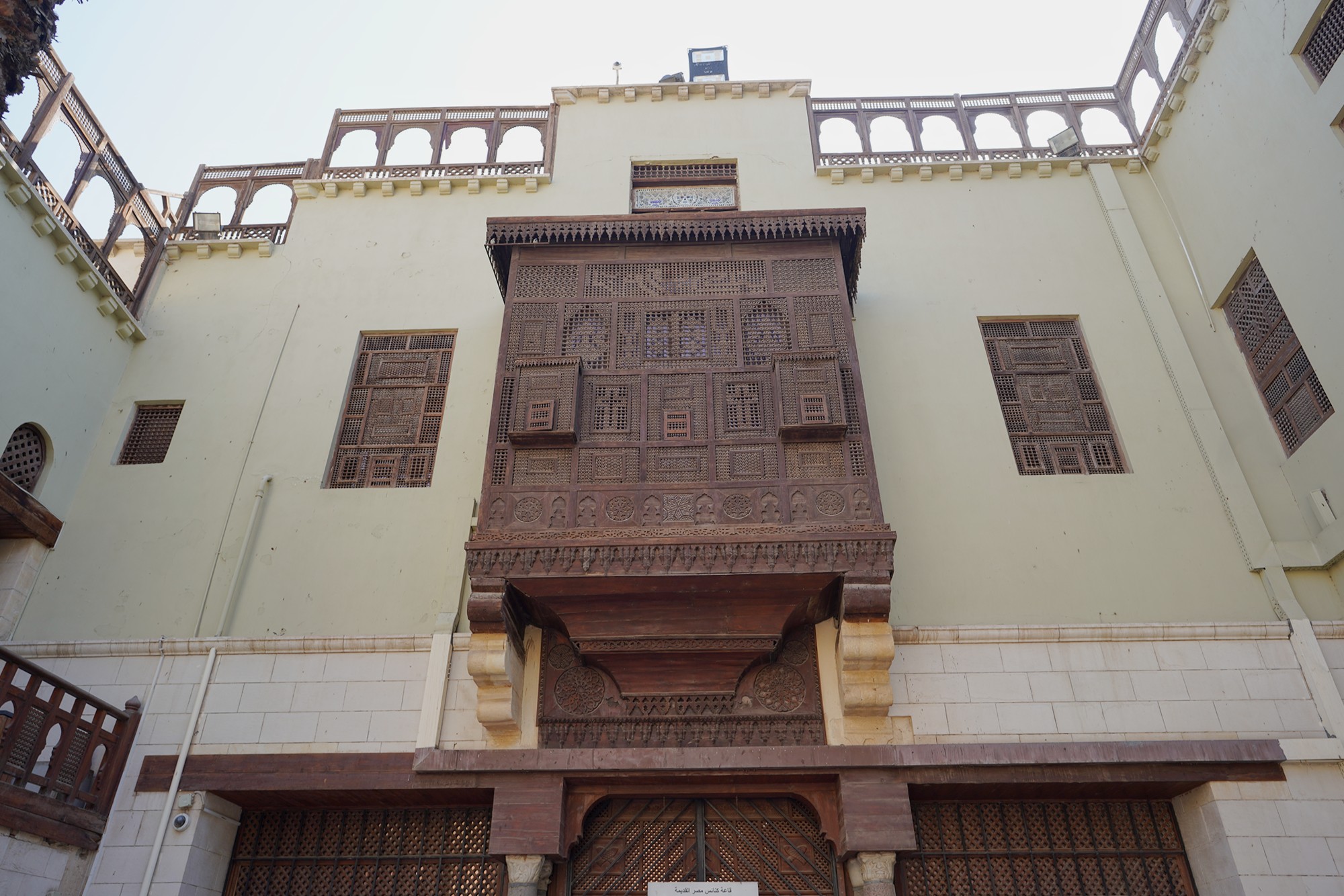


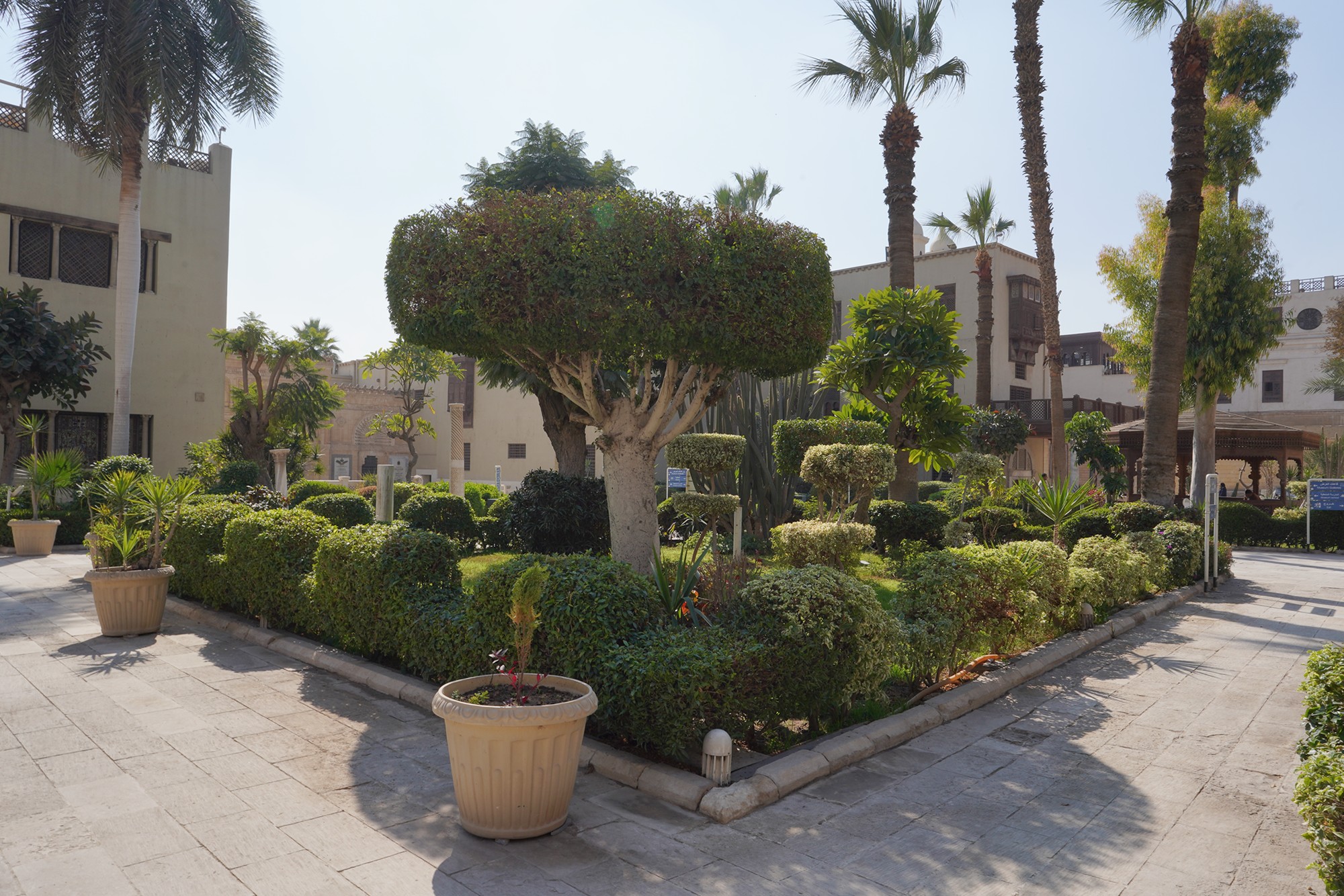
Out from the museum and and into the Saint George’s Church.

Saint George’s Church is dedicated to Saint George, one of the most venerated saints in Christianity. The church is known for its beautiful interior and religious significance.
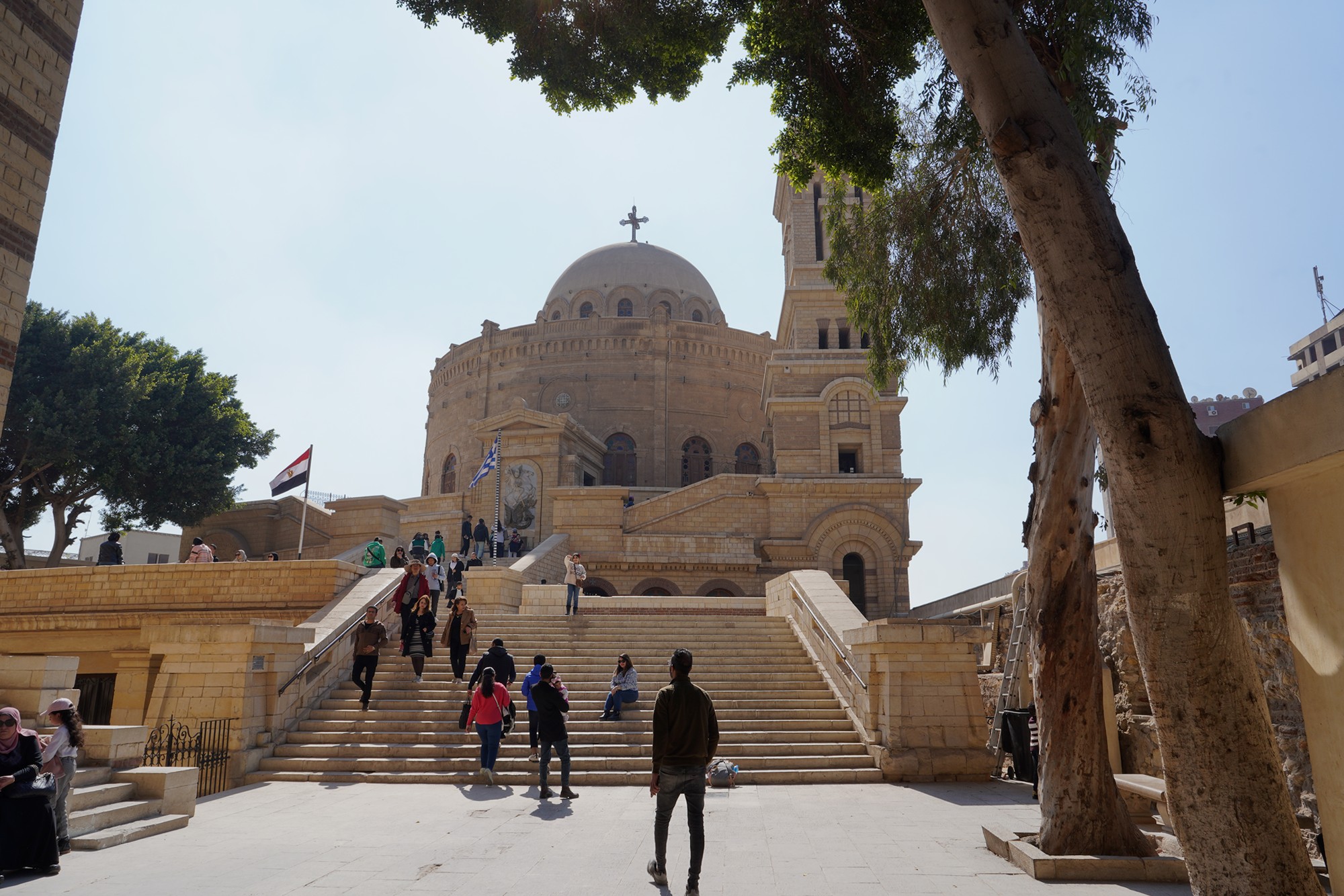
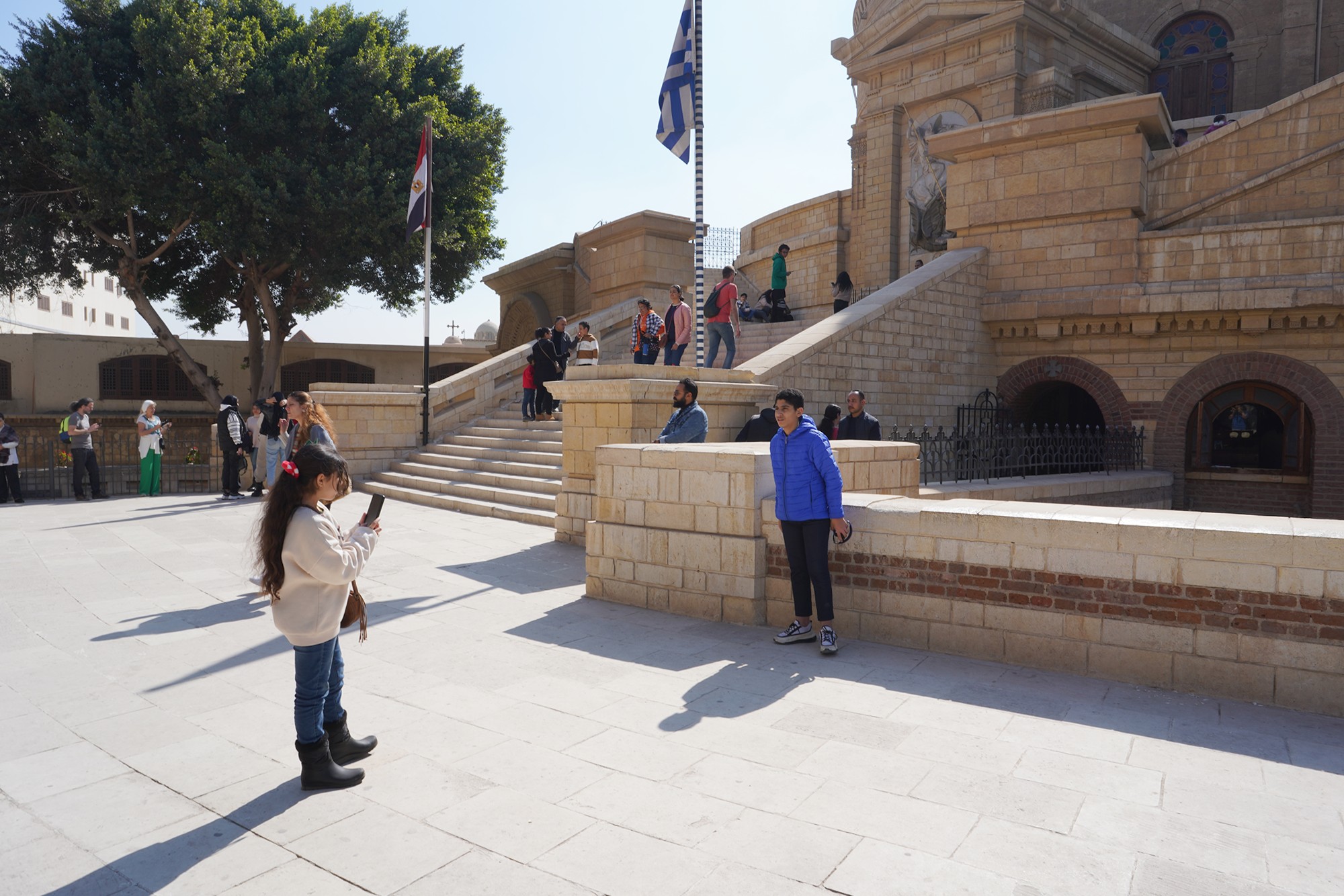


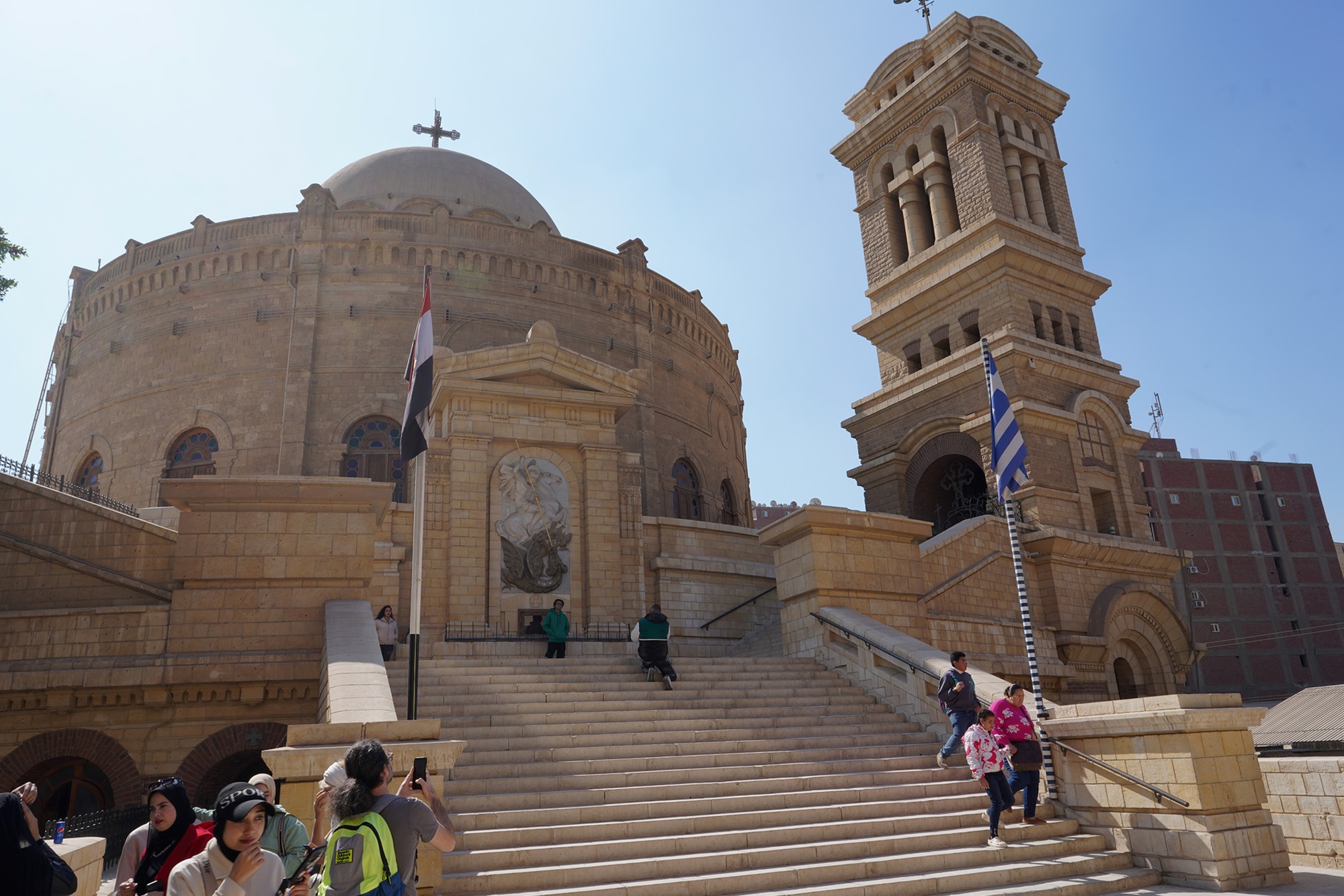
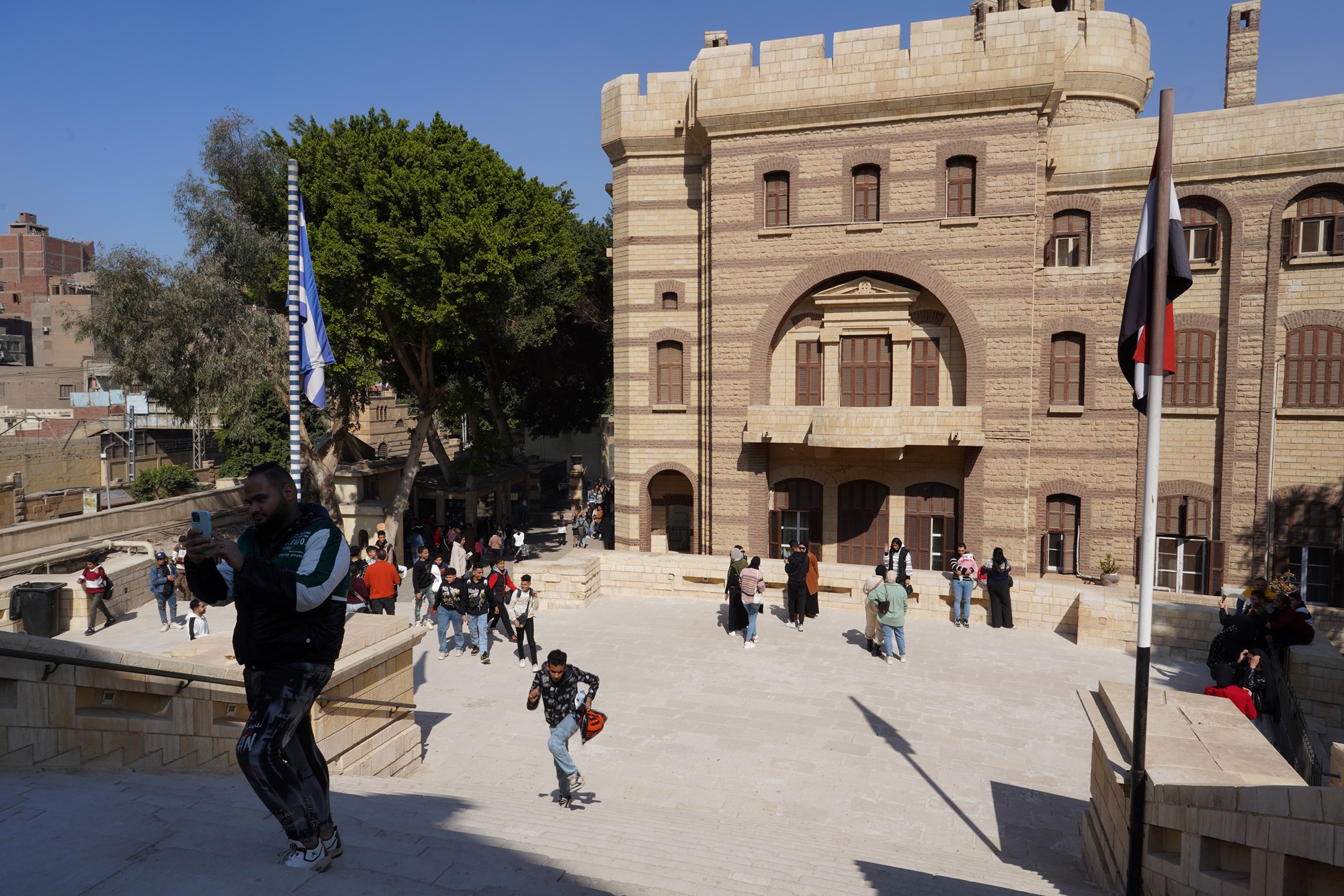

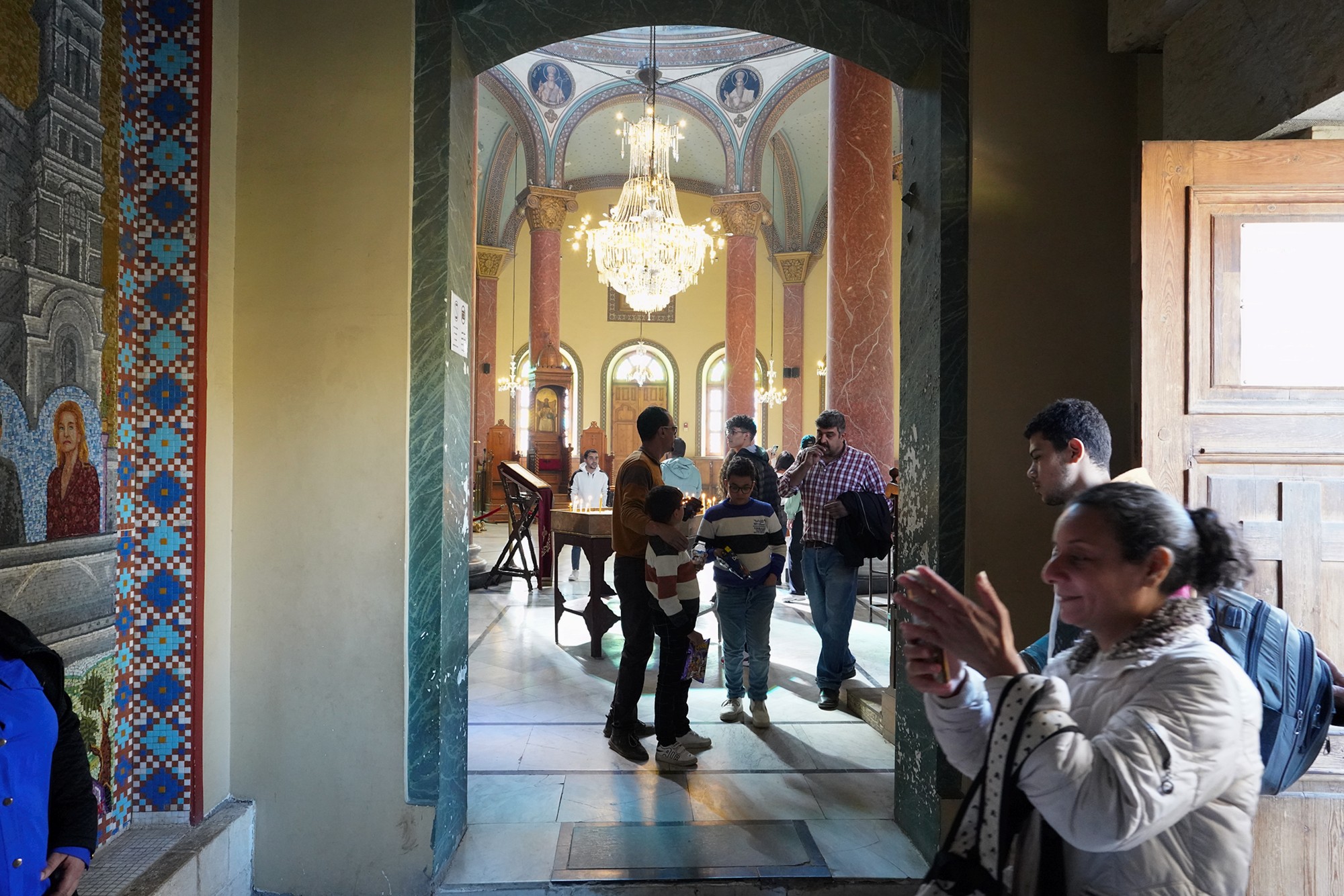

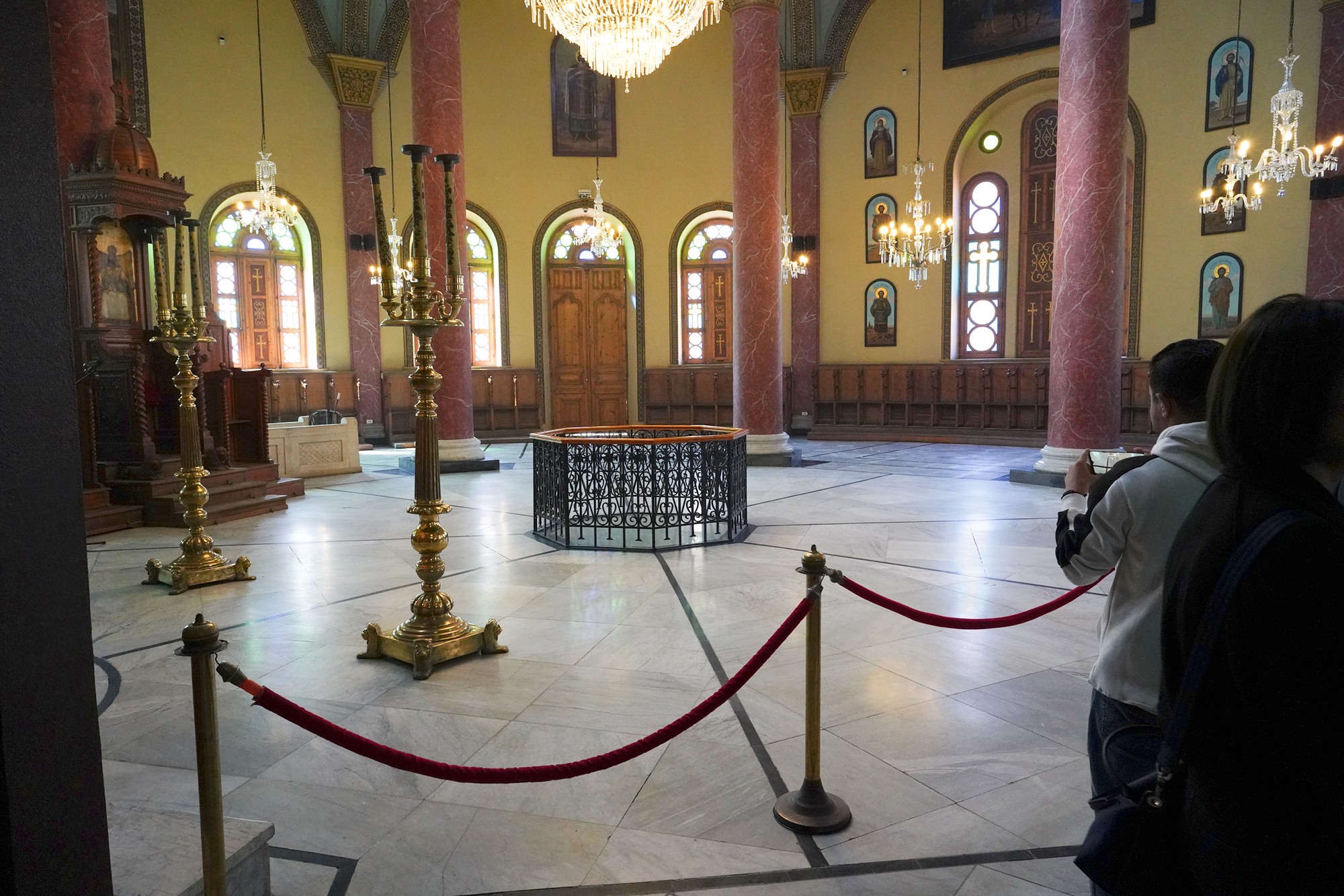
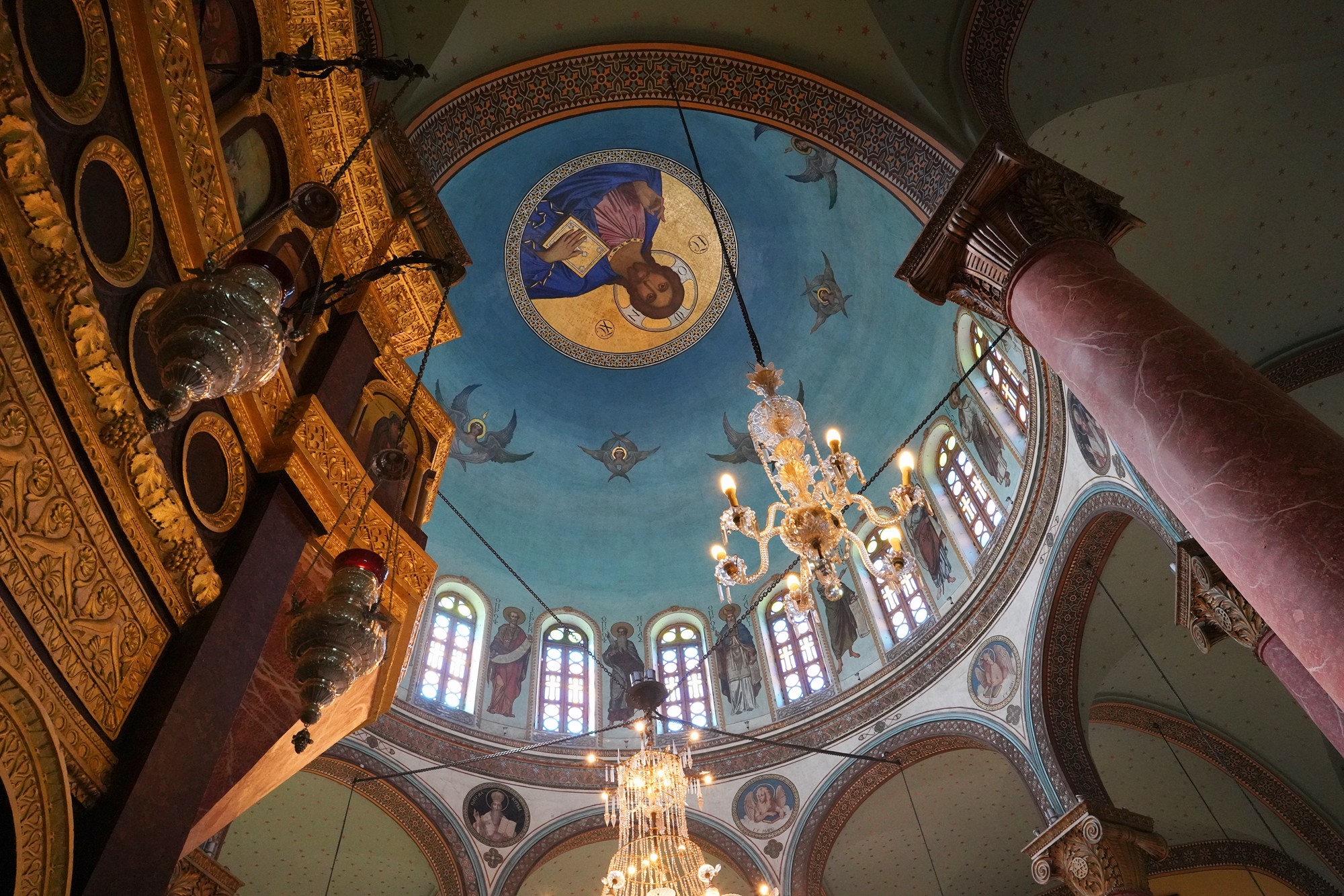
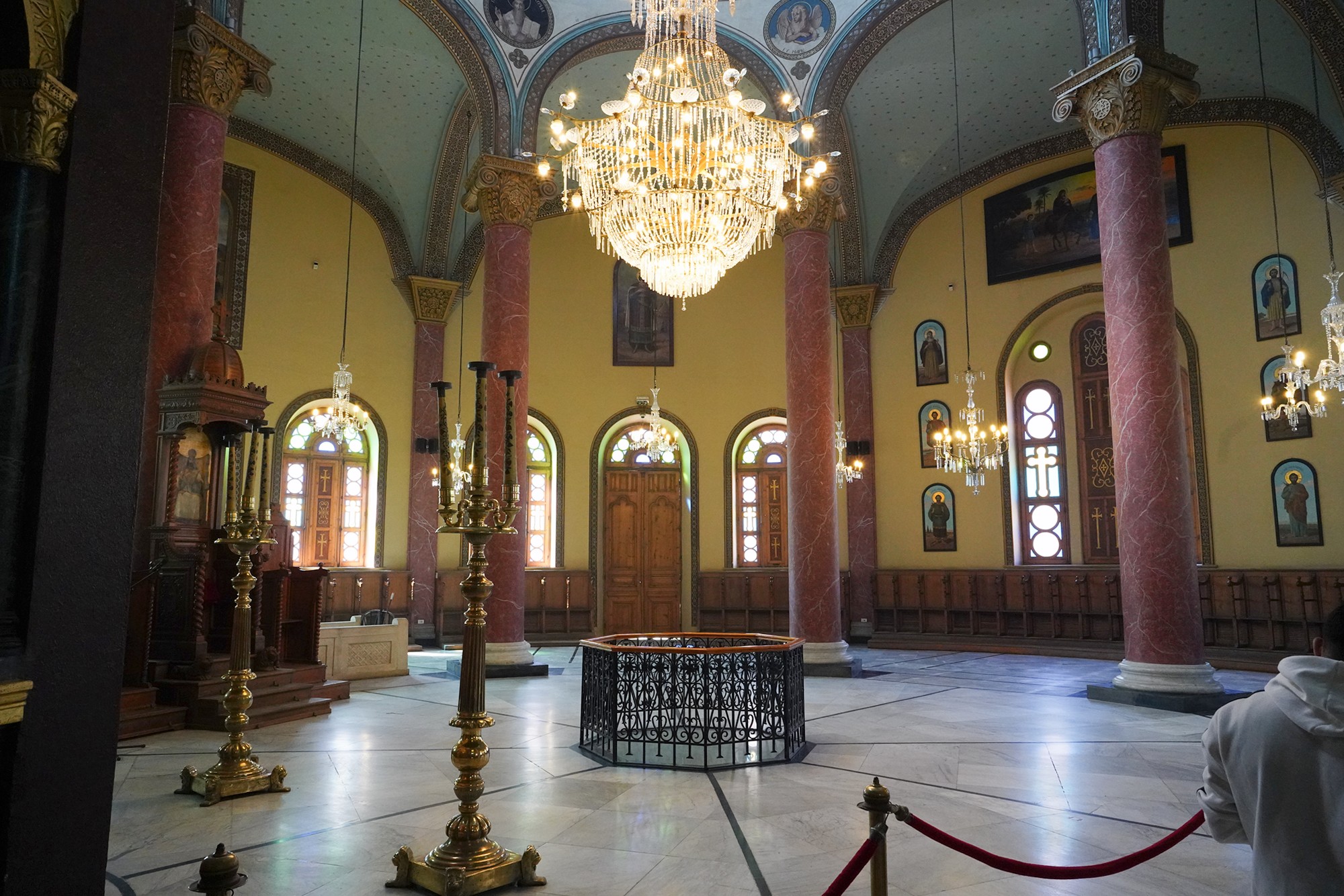

Took a lunch break

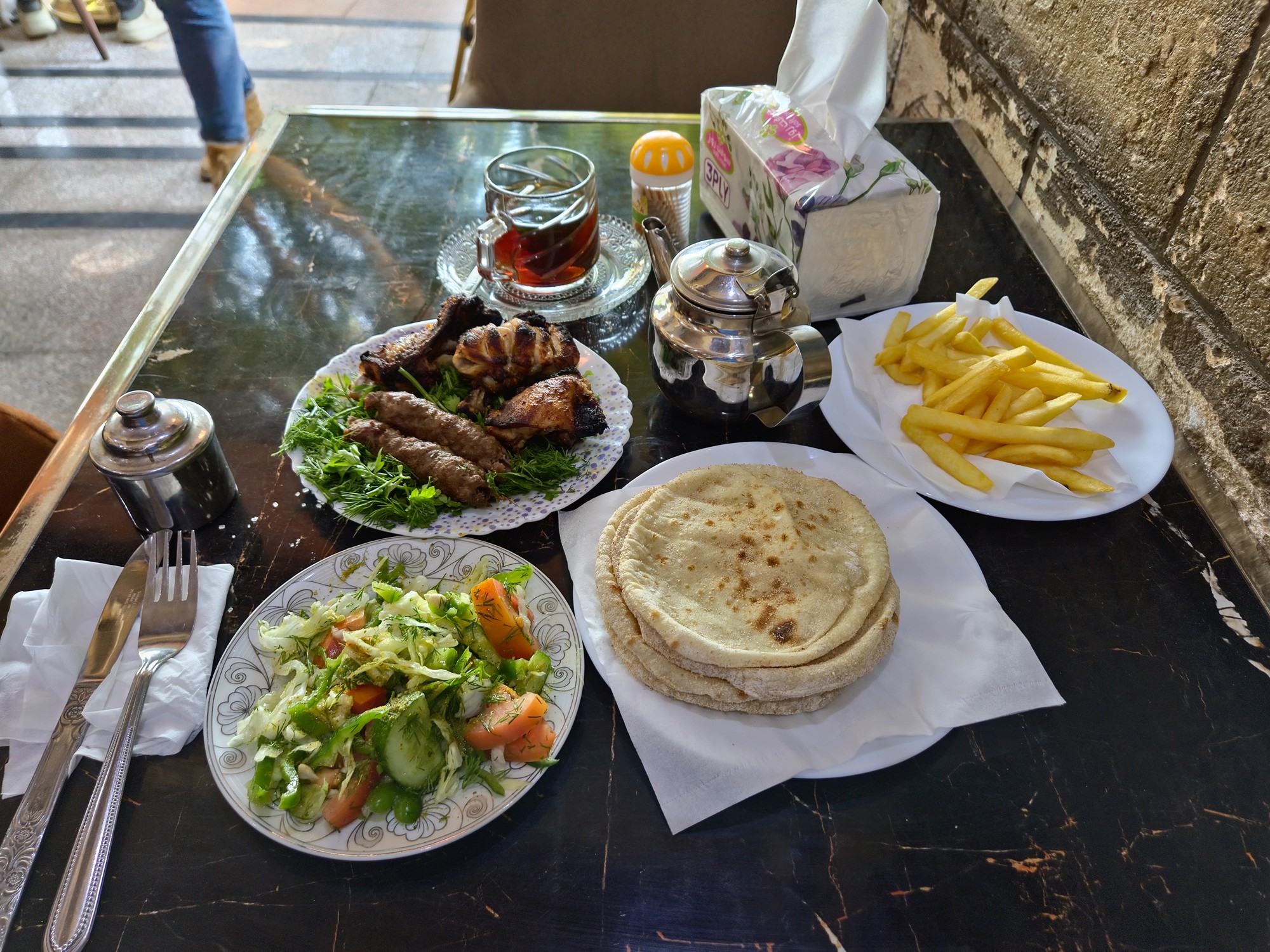
And not far from the church is Amr ibn Al-A’as Masjid Jama Mosque. While not a Coptic Christian site, the mosque is significant religious and historical site in Coptic Cairo.
Named after the Arab Muslim commander Amr ibn al-As, the mosque was originally built in 641–642 CE as the center of the newly founded capital of Egypt, Fustat. The original structure was the first mosque ever built in Egypt and one of the first in Africa.


I do not know what is going on, but my guess is that they are having funeral services.

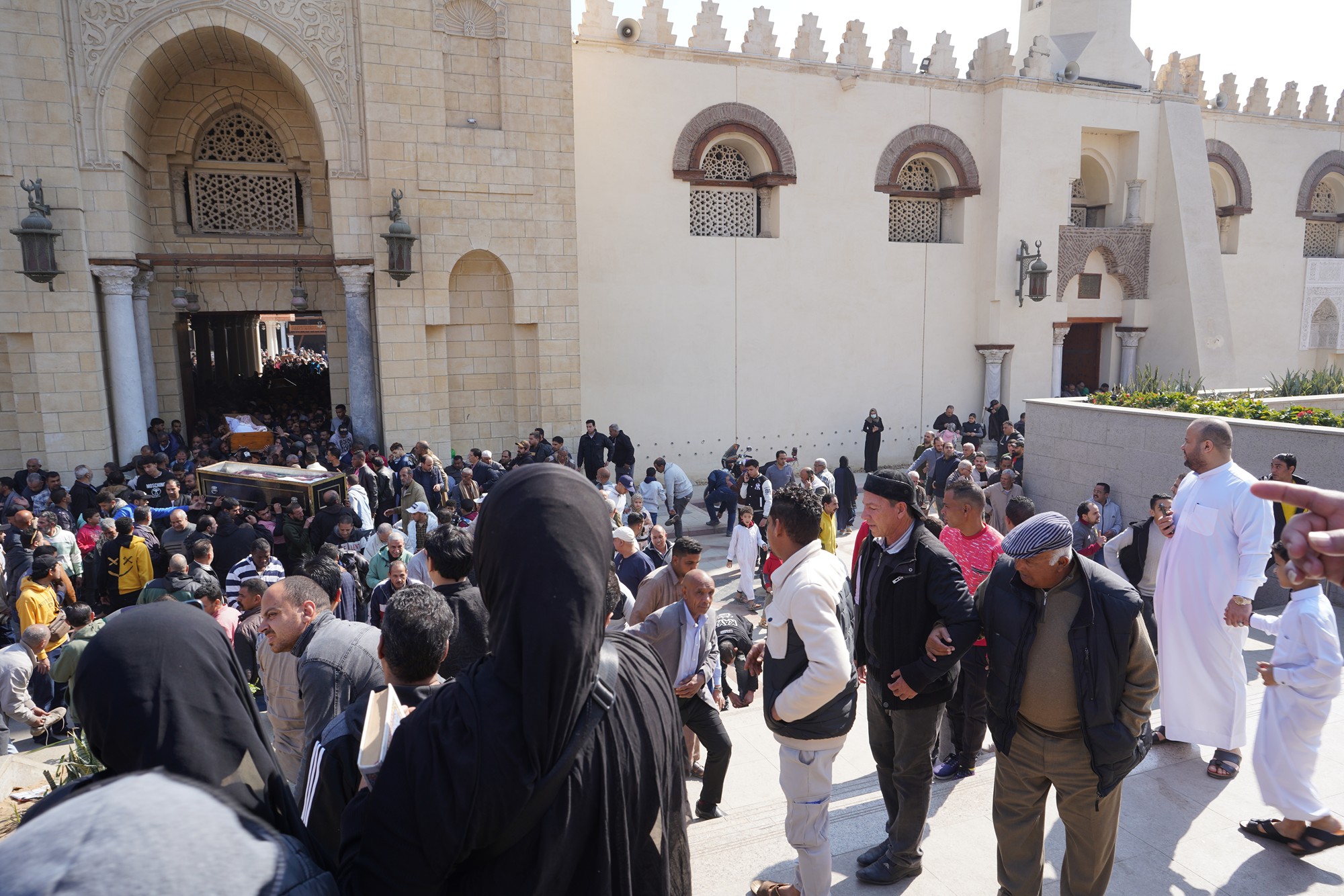
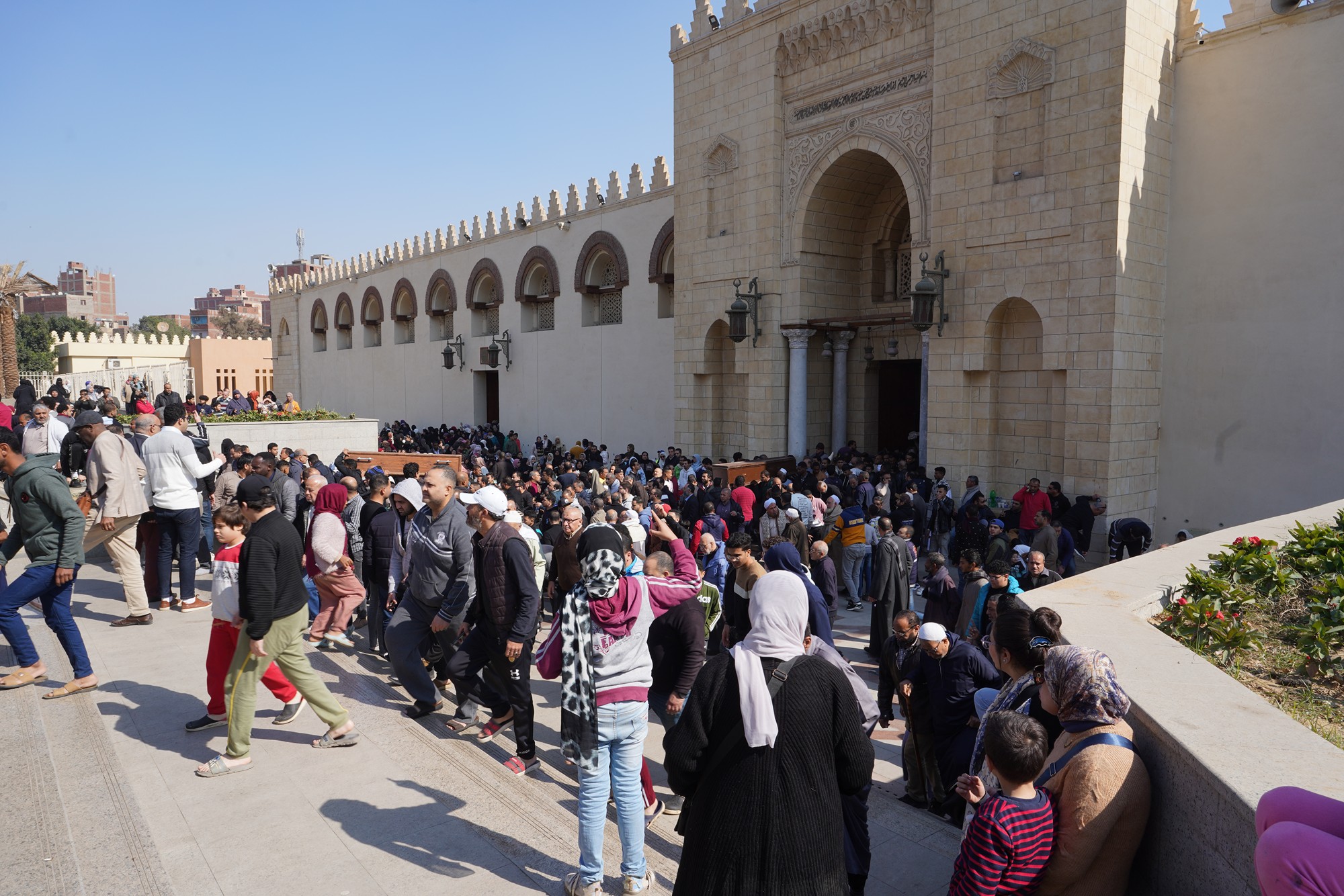
I went inside the mosque. From the entrance is the prayer area.
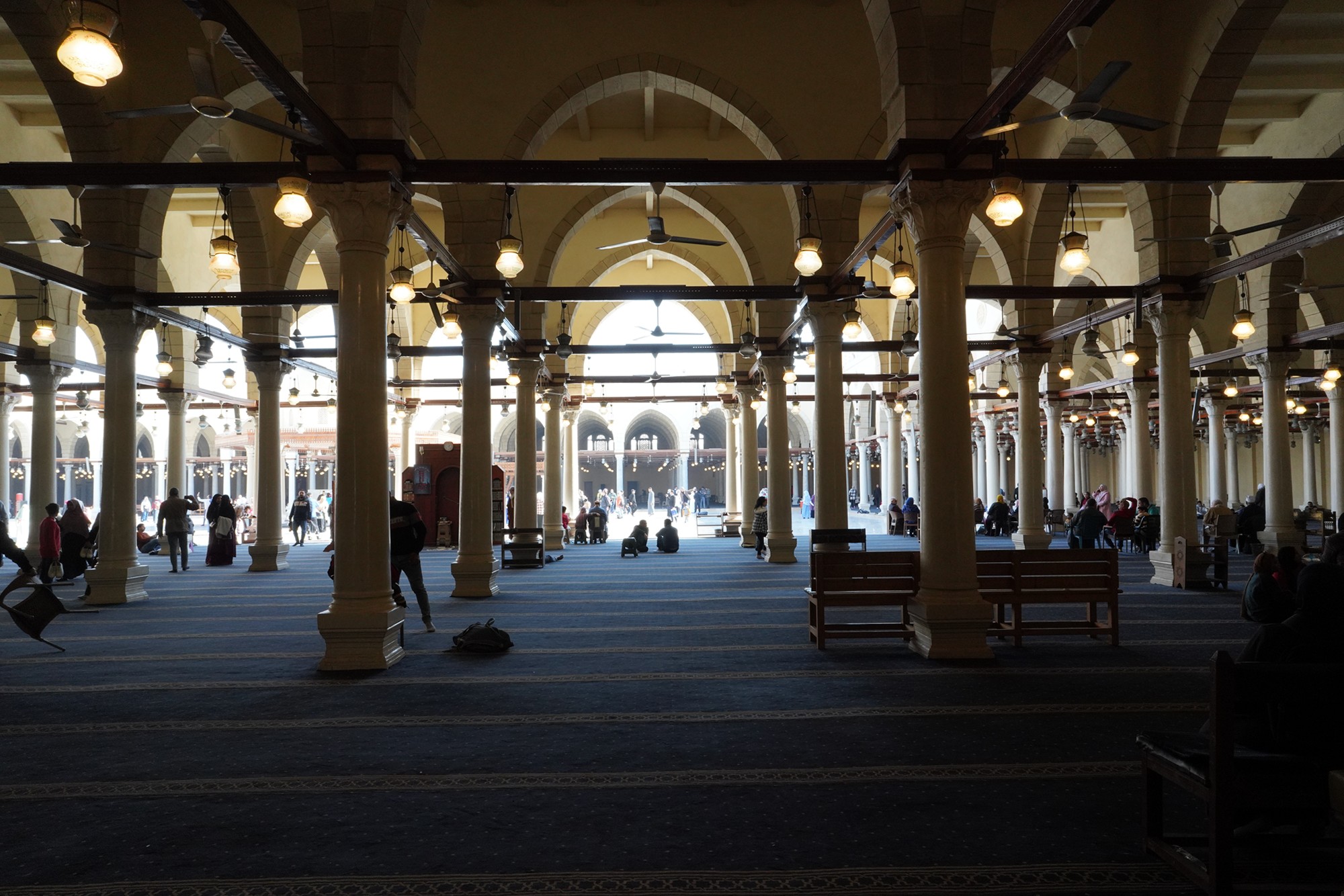

Amr ibn Al-A’as Mosque holds historical and religious significance as it represents the early spread of Islam in Egypt. It served as a center for religious and social activities in the early Islamic period.

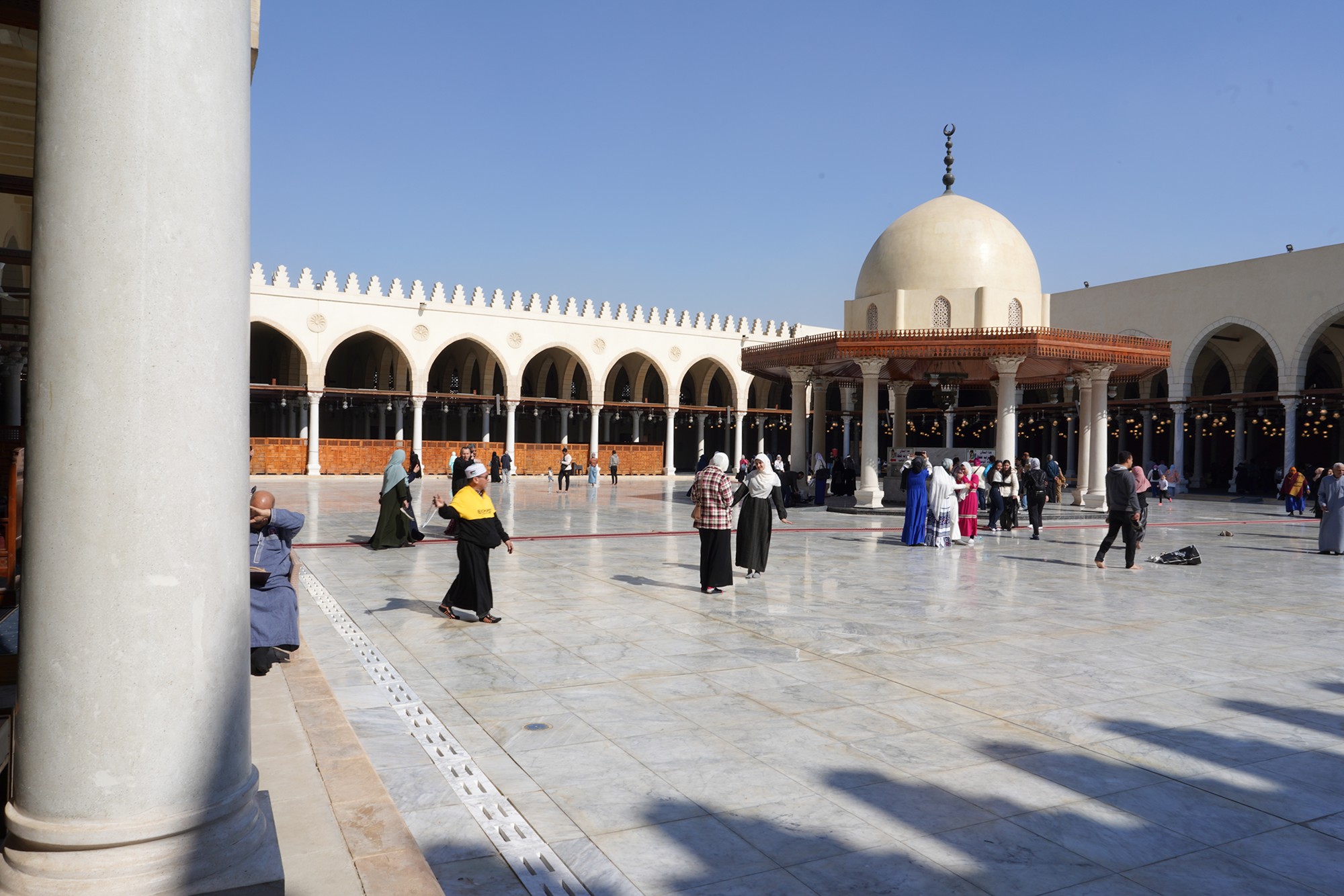
The mosque features a spacious courtyard and a simple, yet elegant, minaret. The architectural design is characteristic of early Islamic mosque architecture.
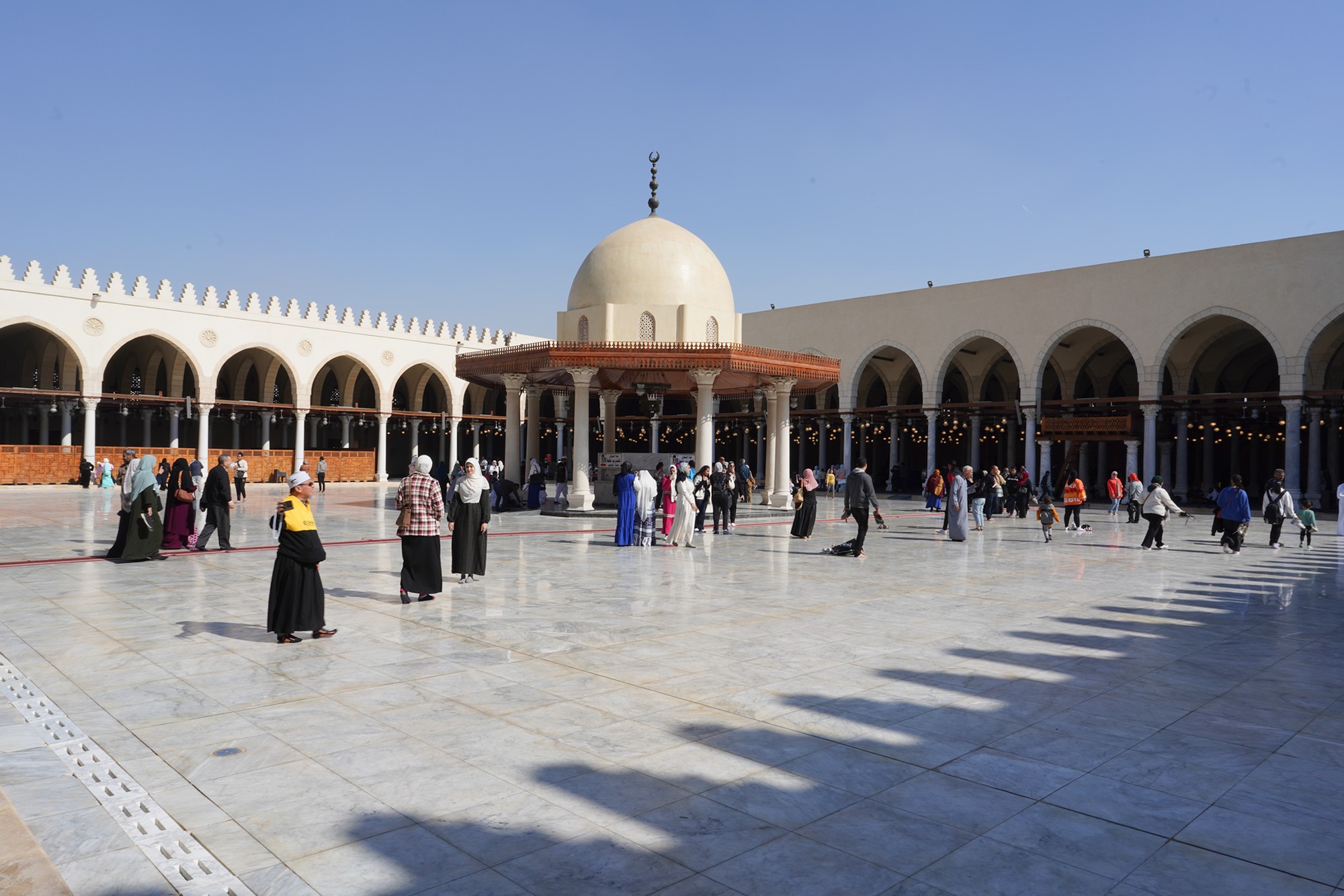
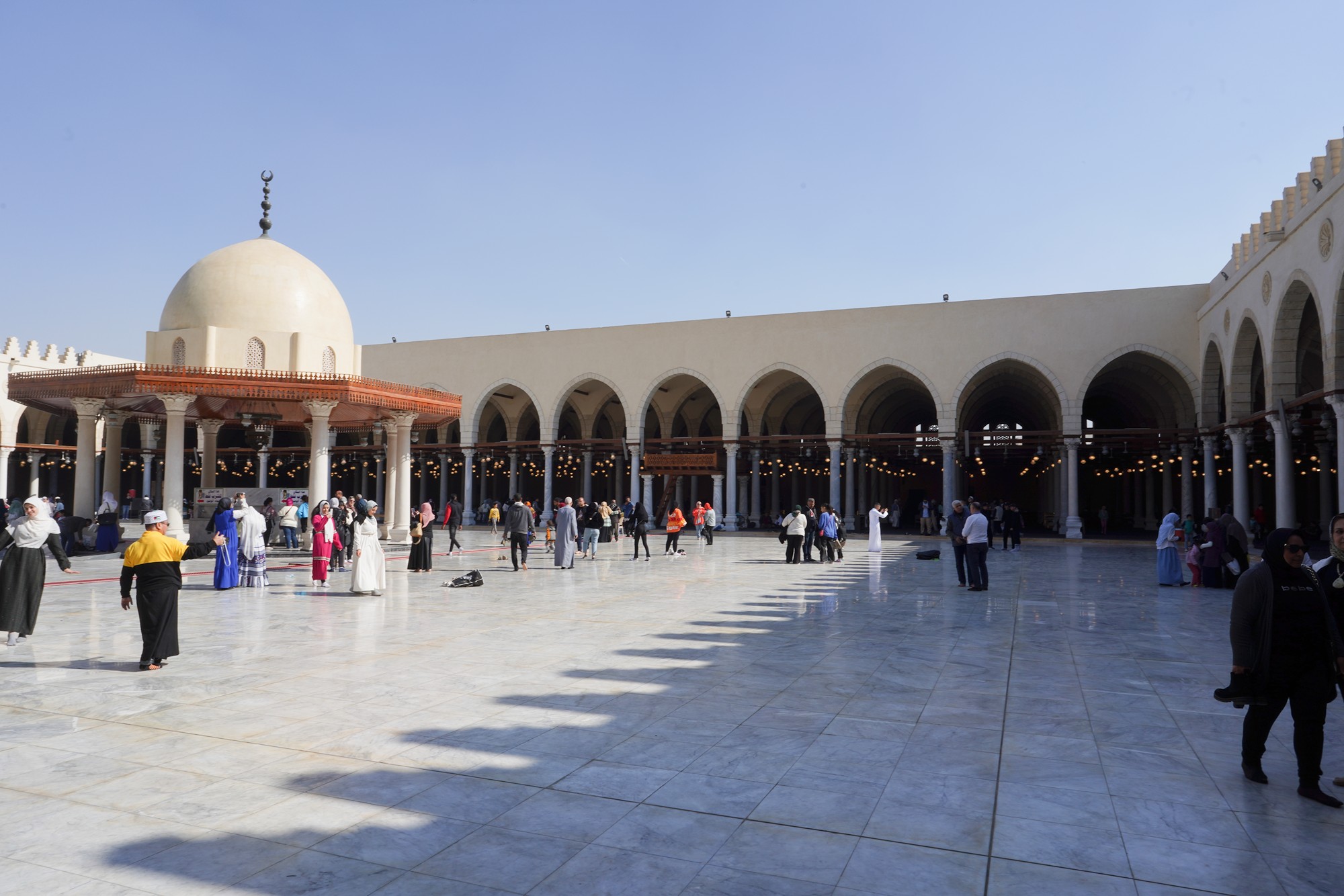
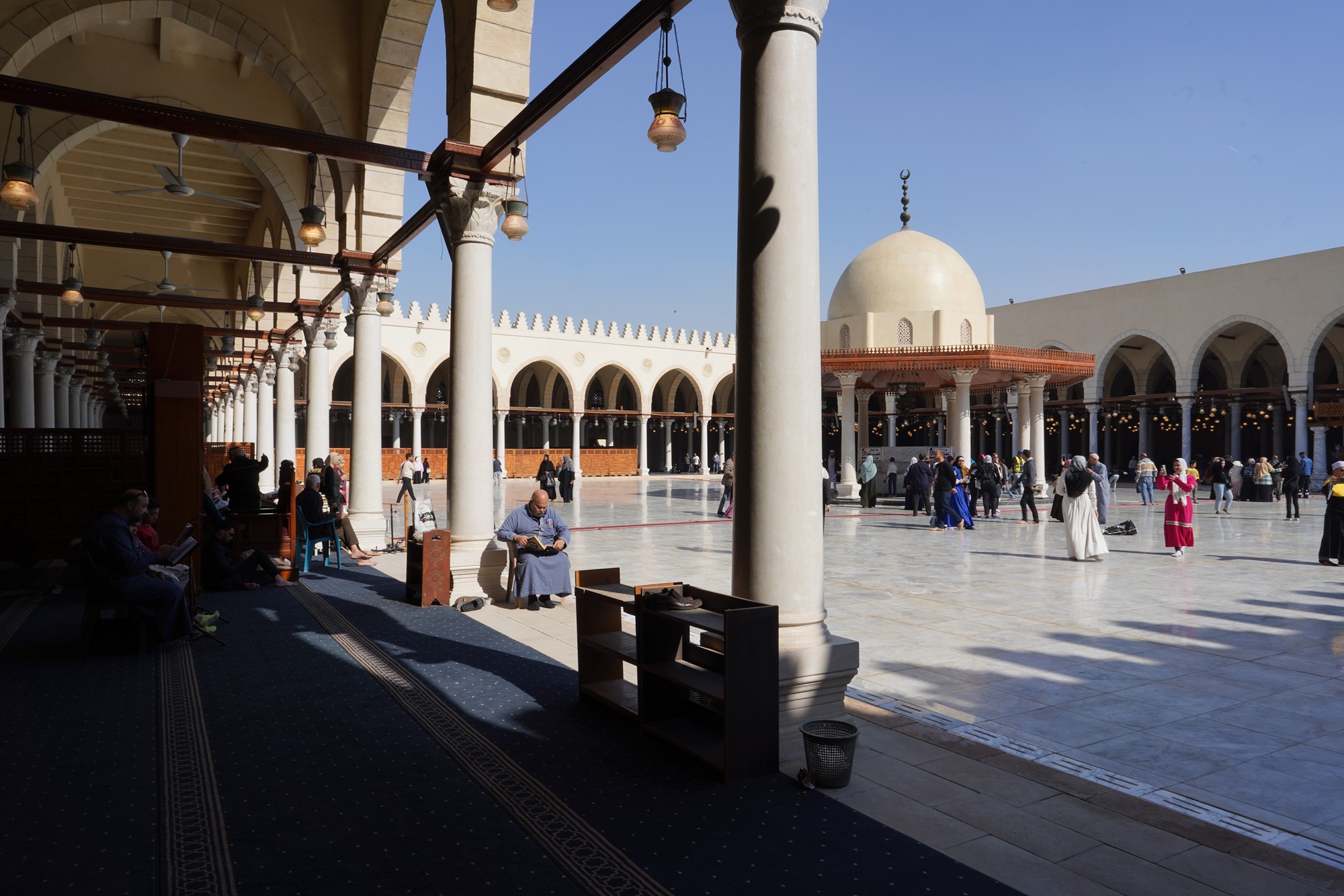
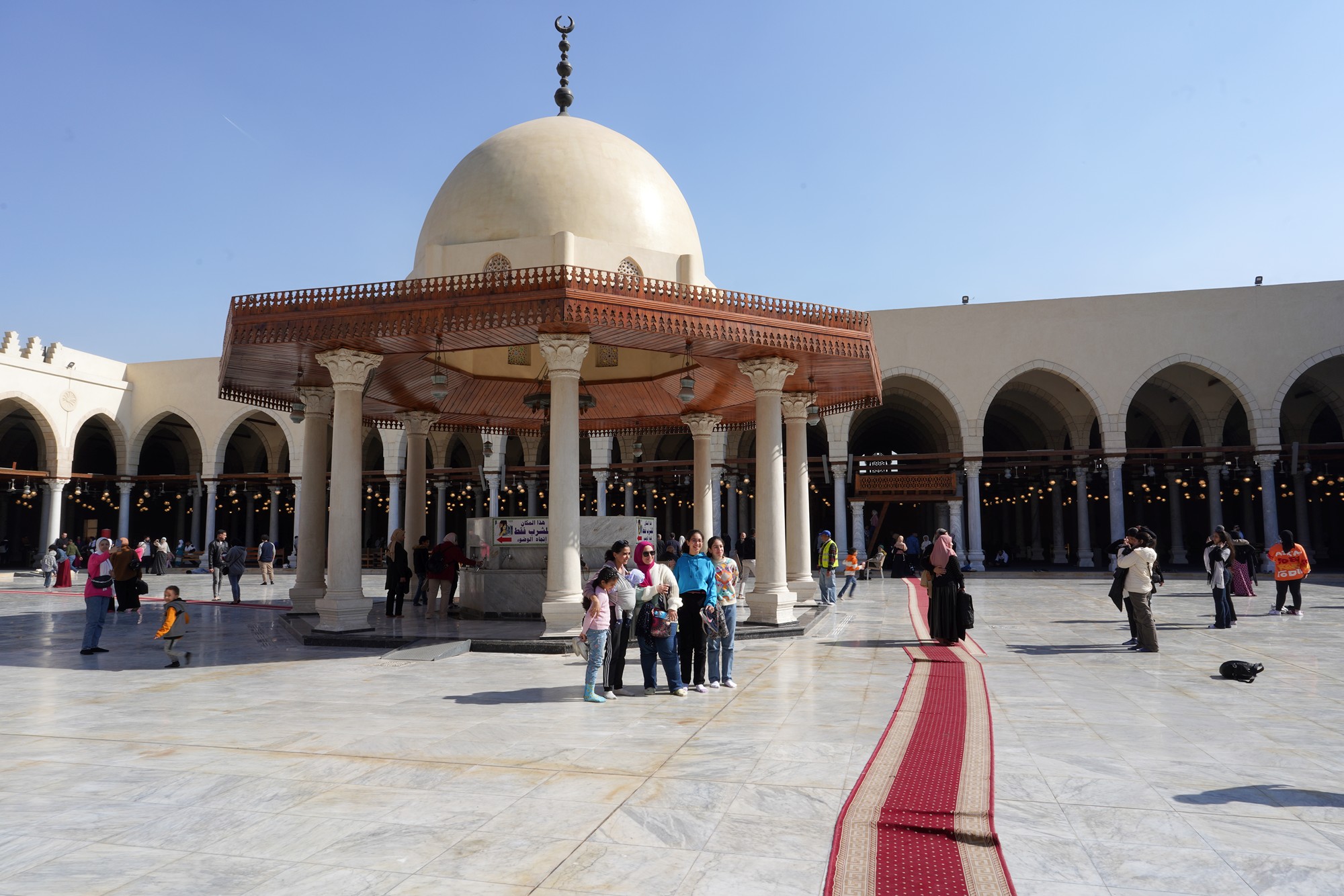

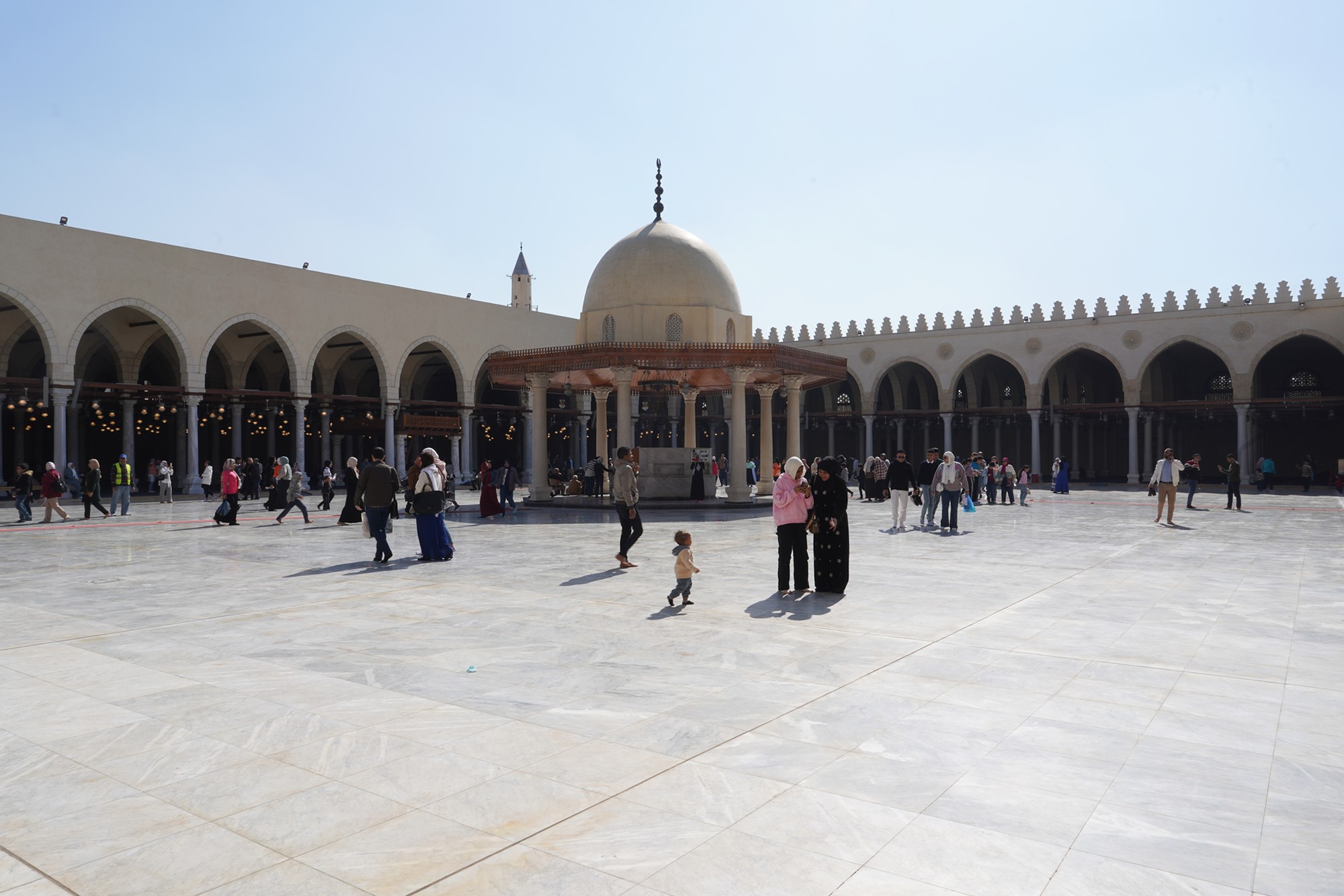
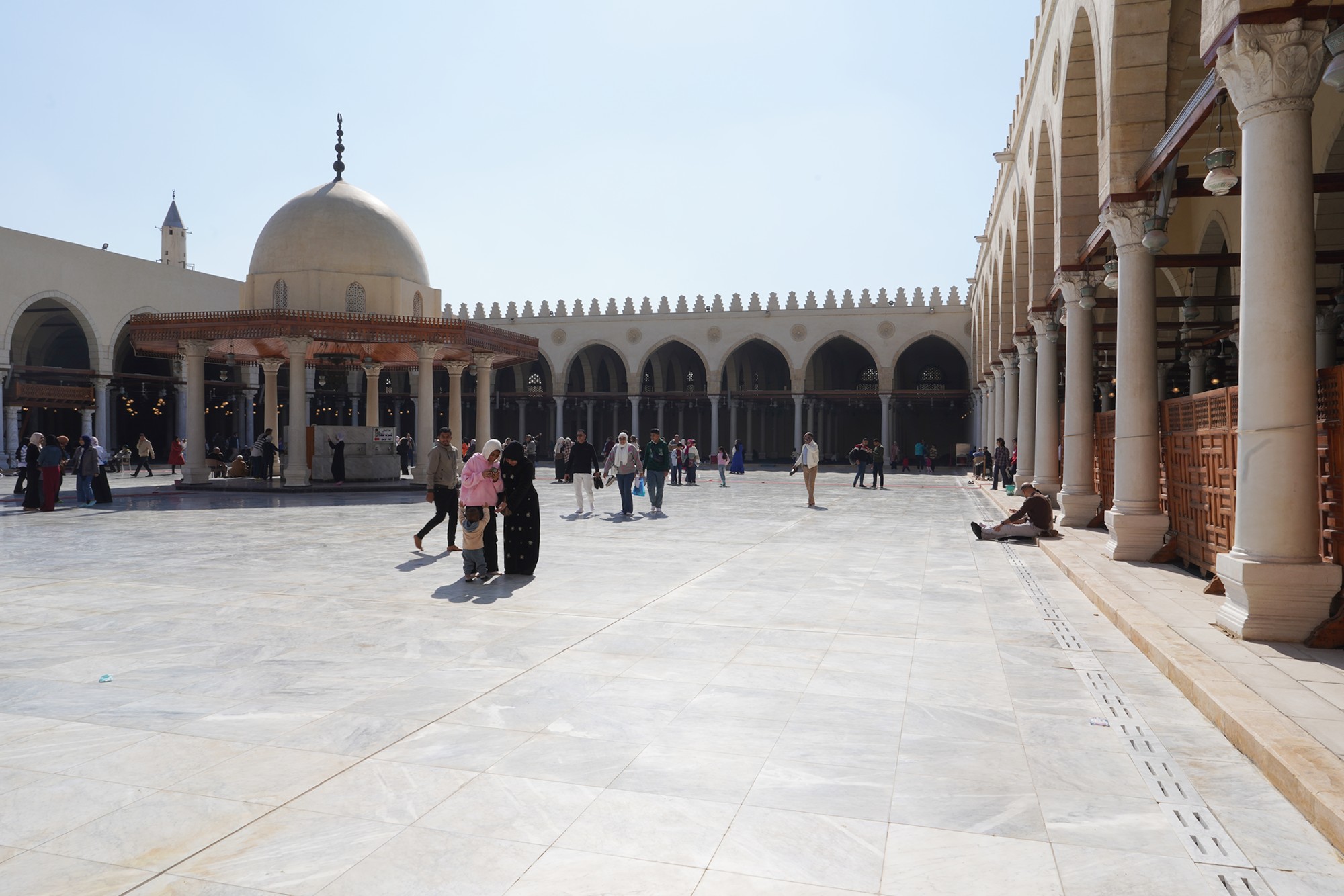


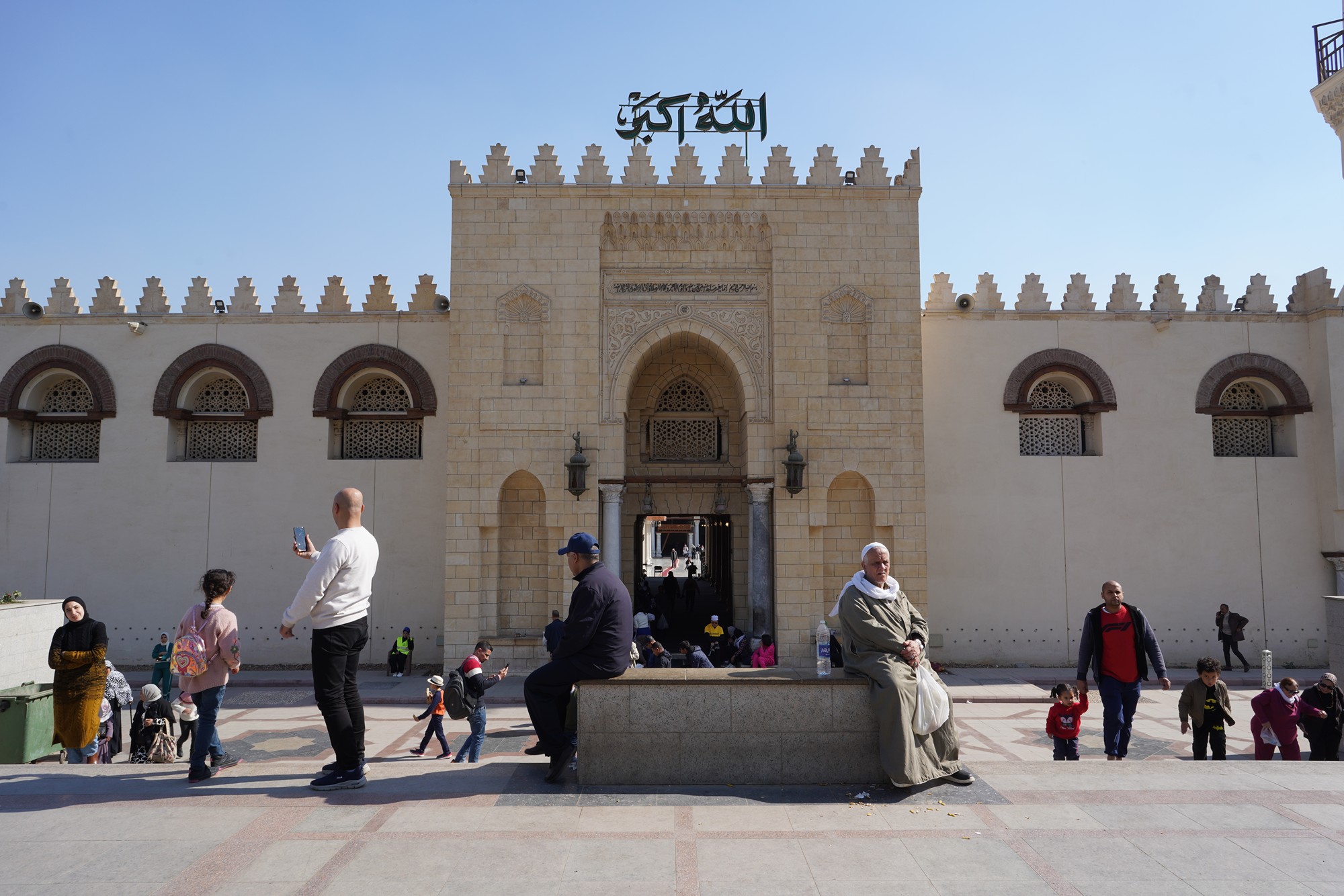
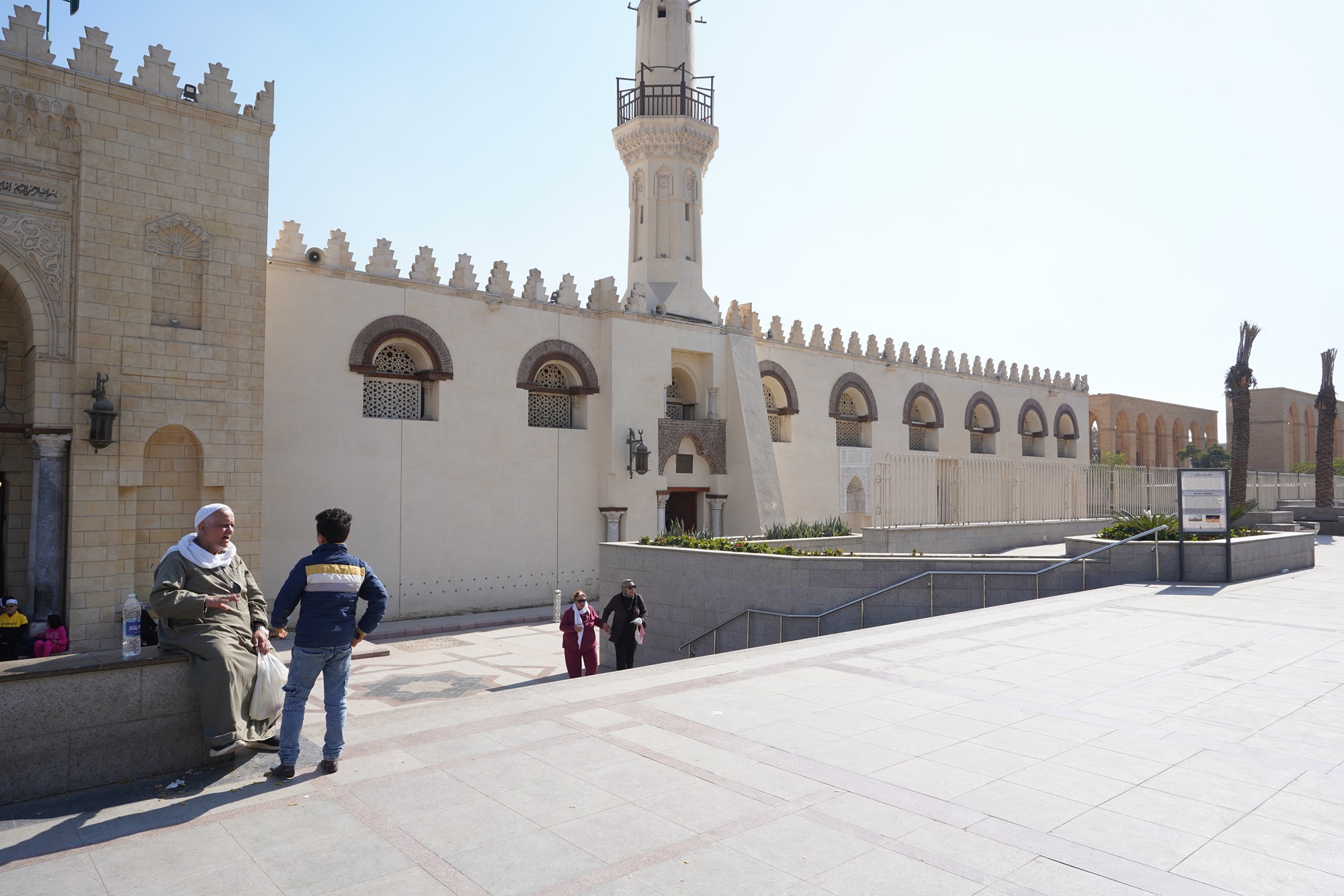
Back at the hotel

